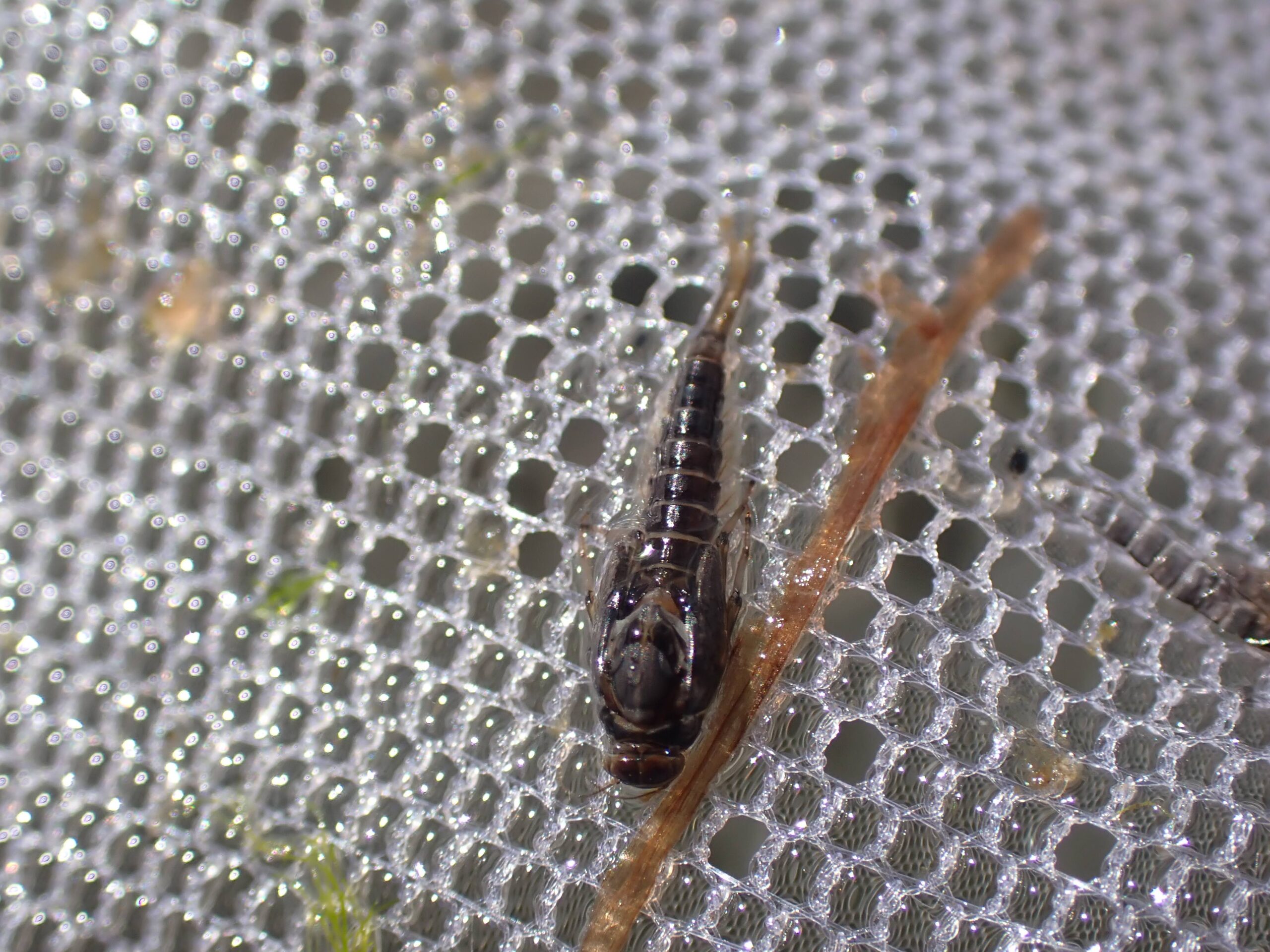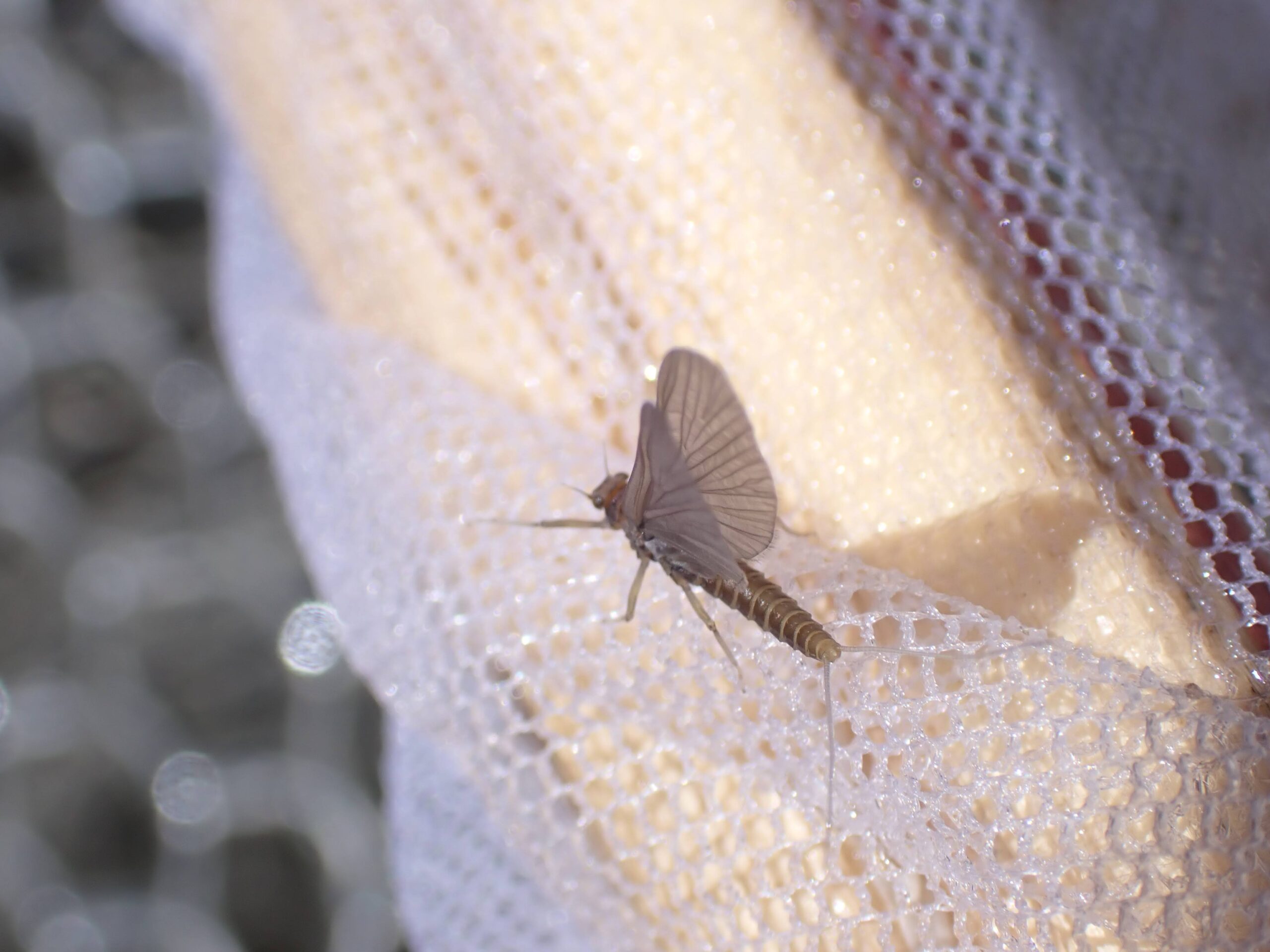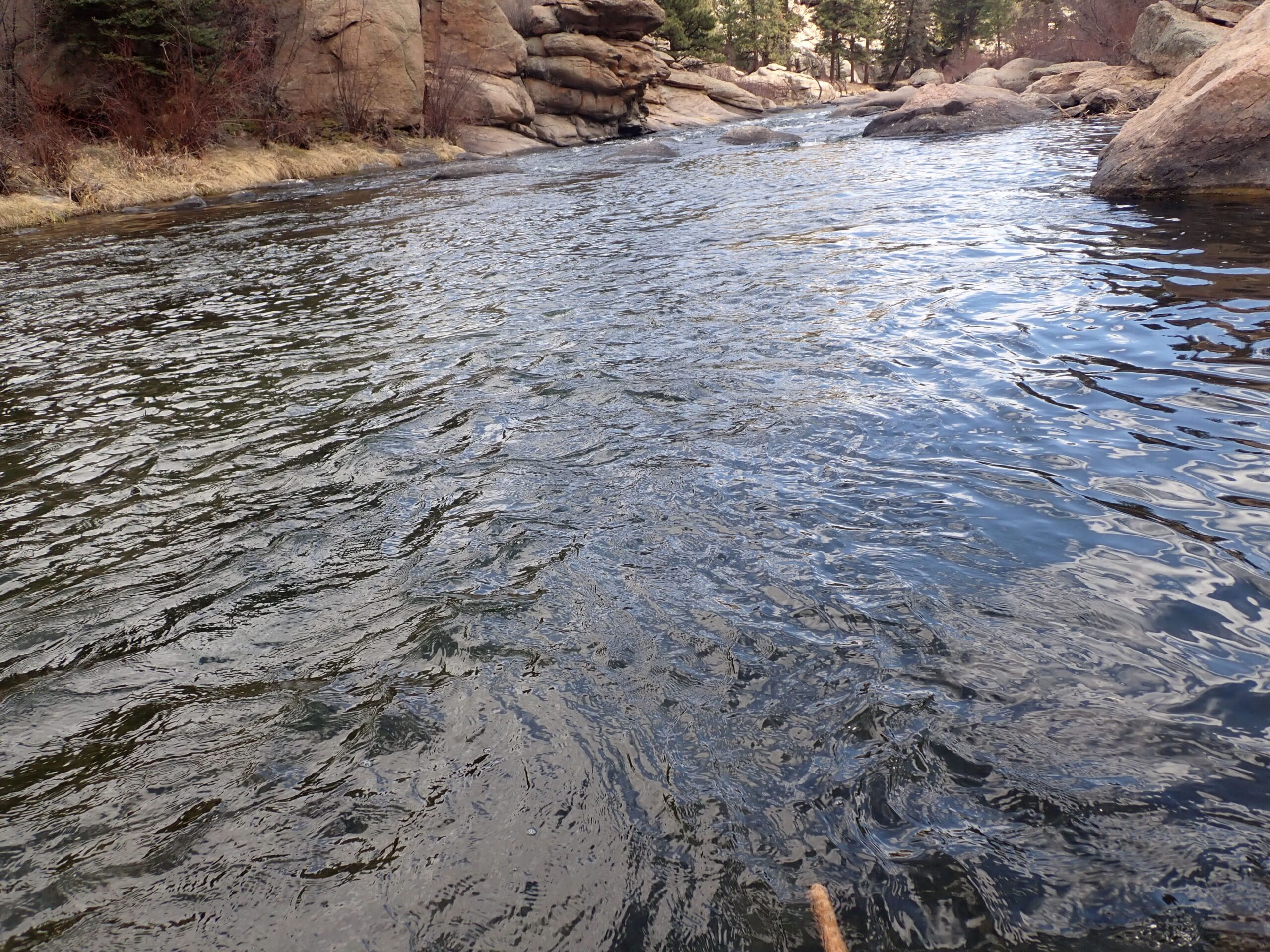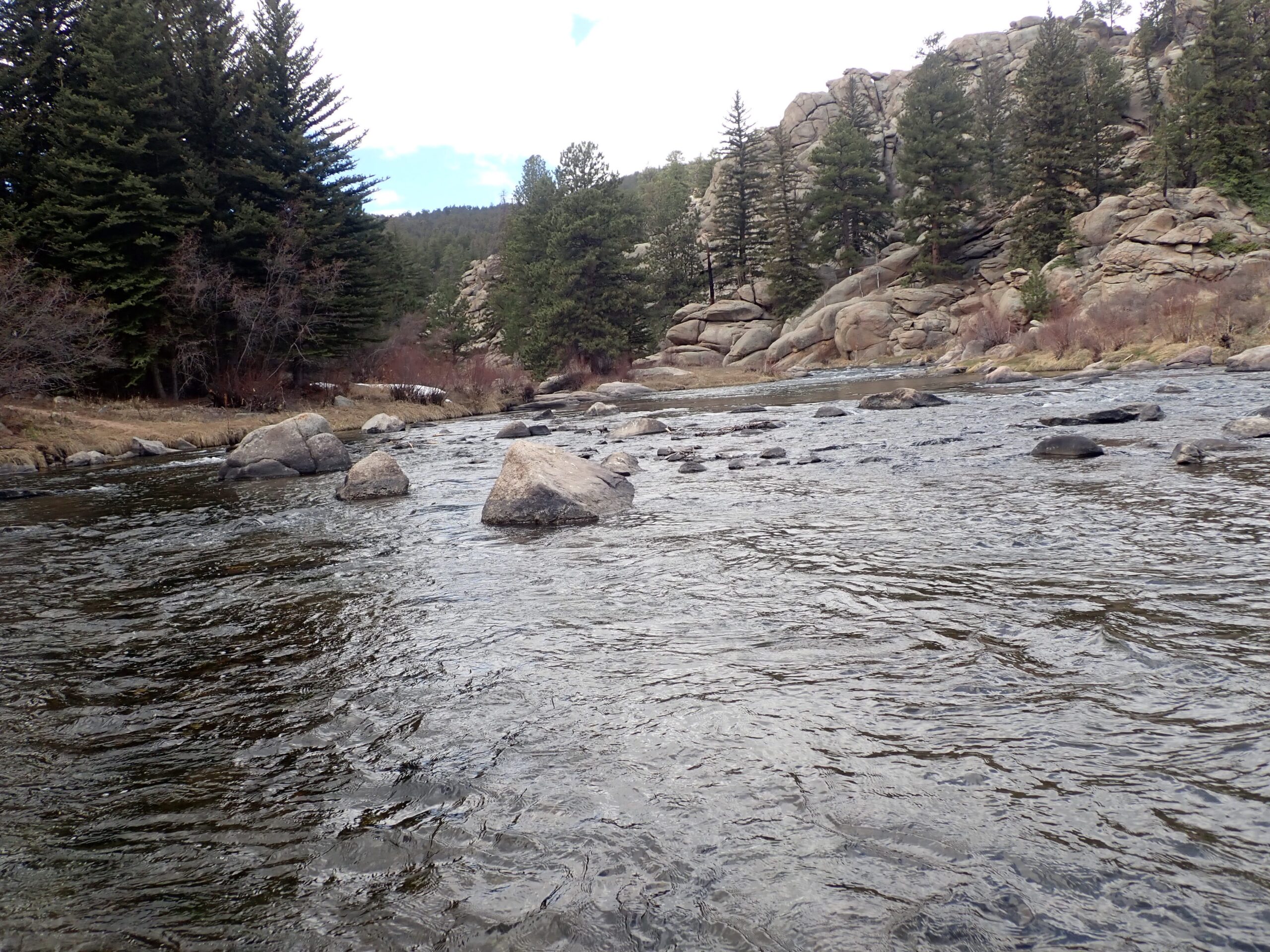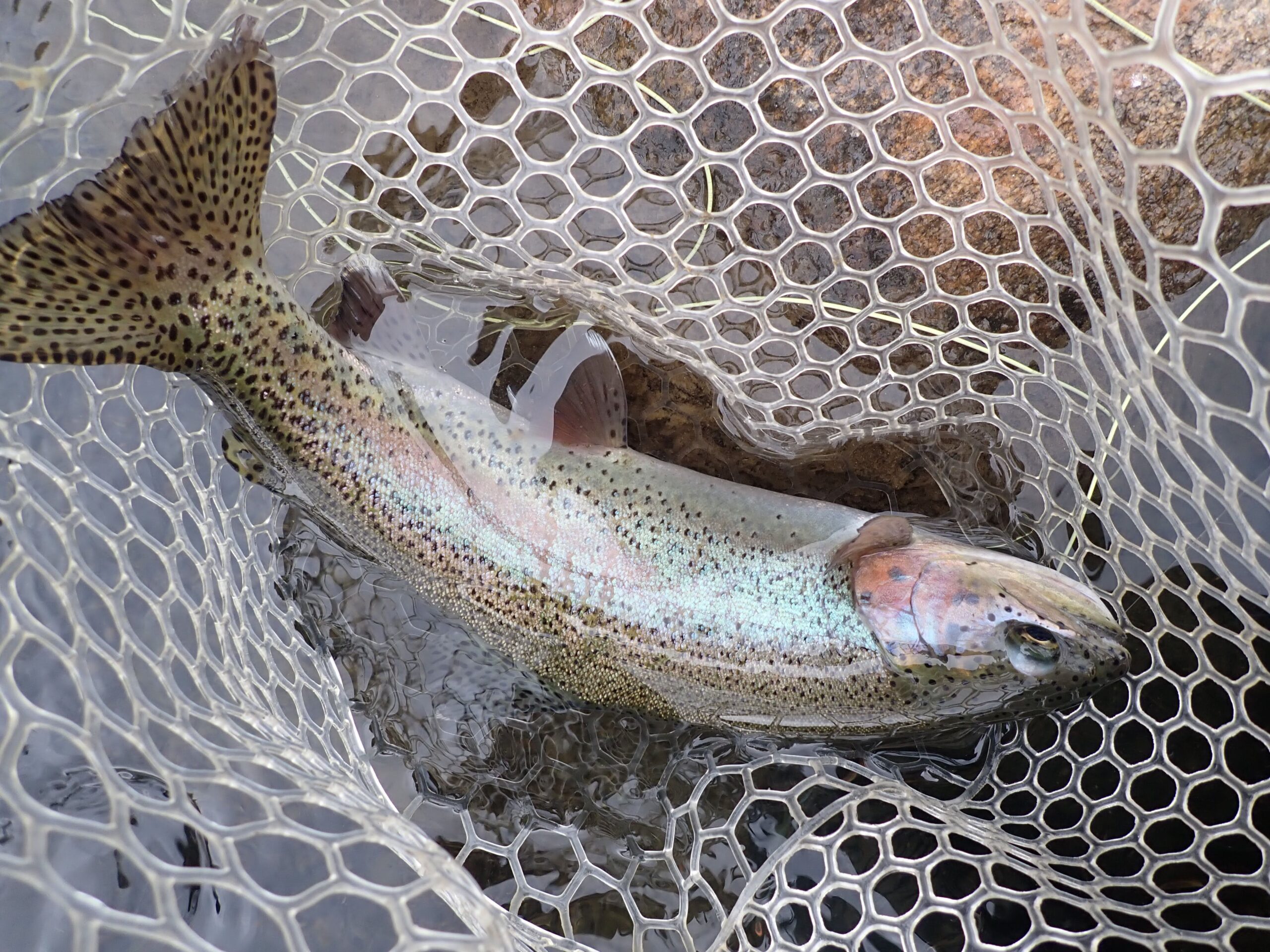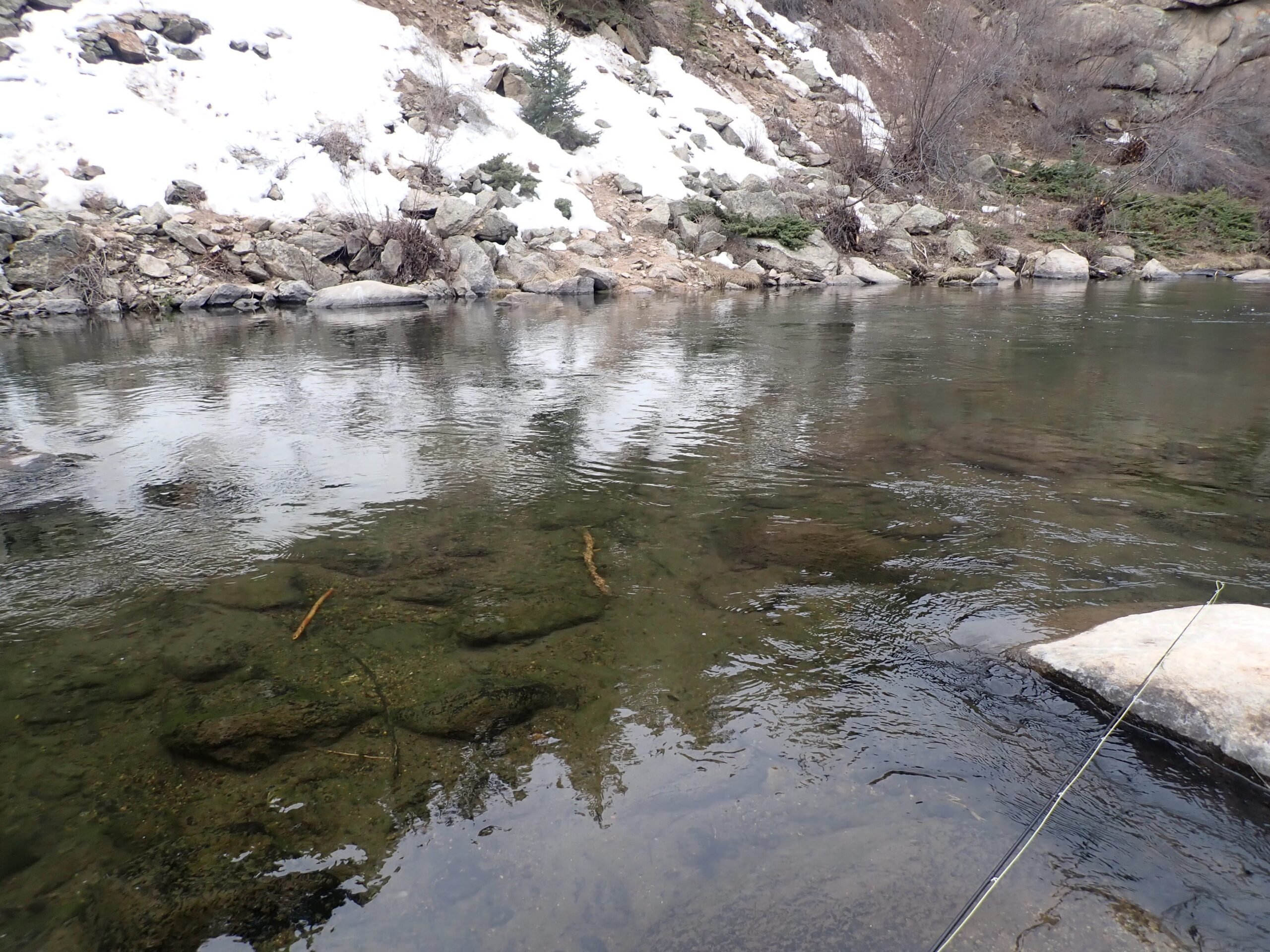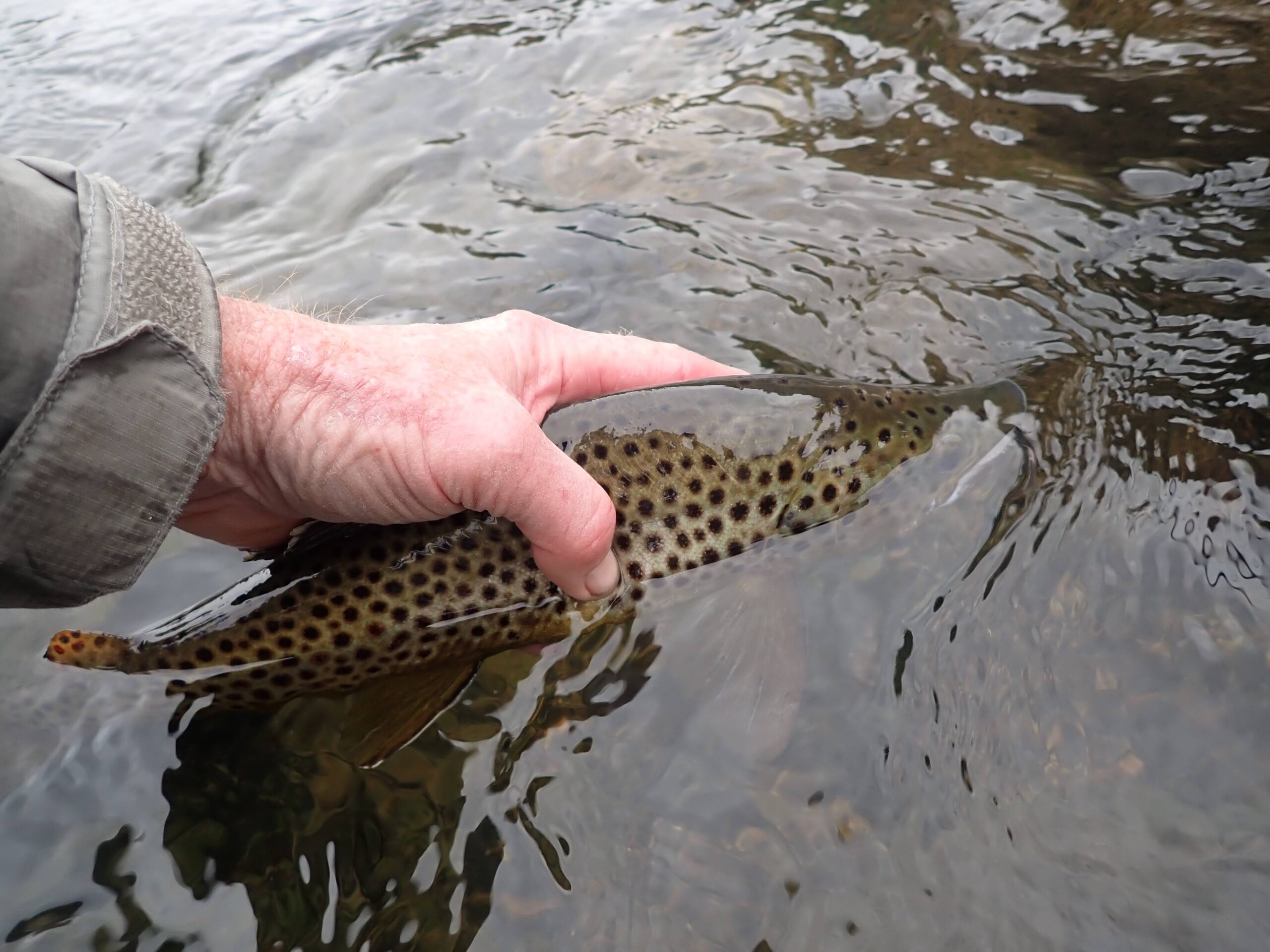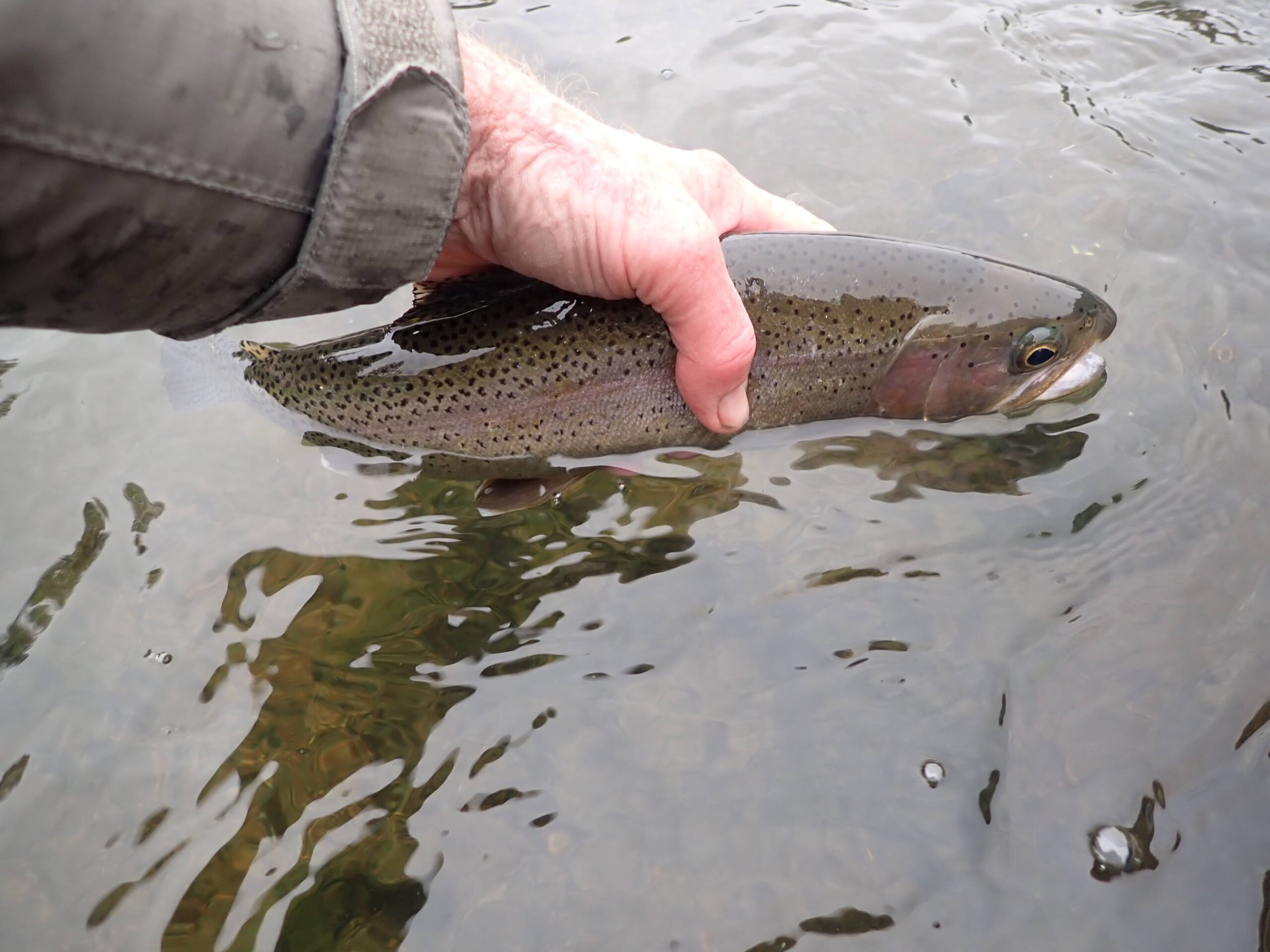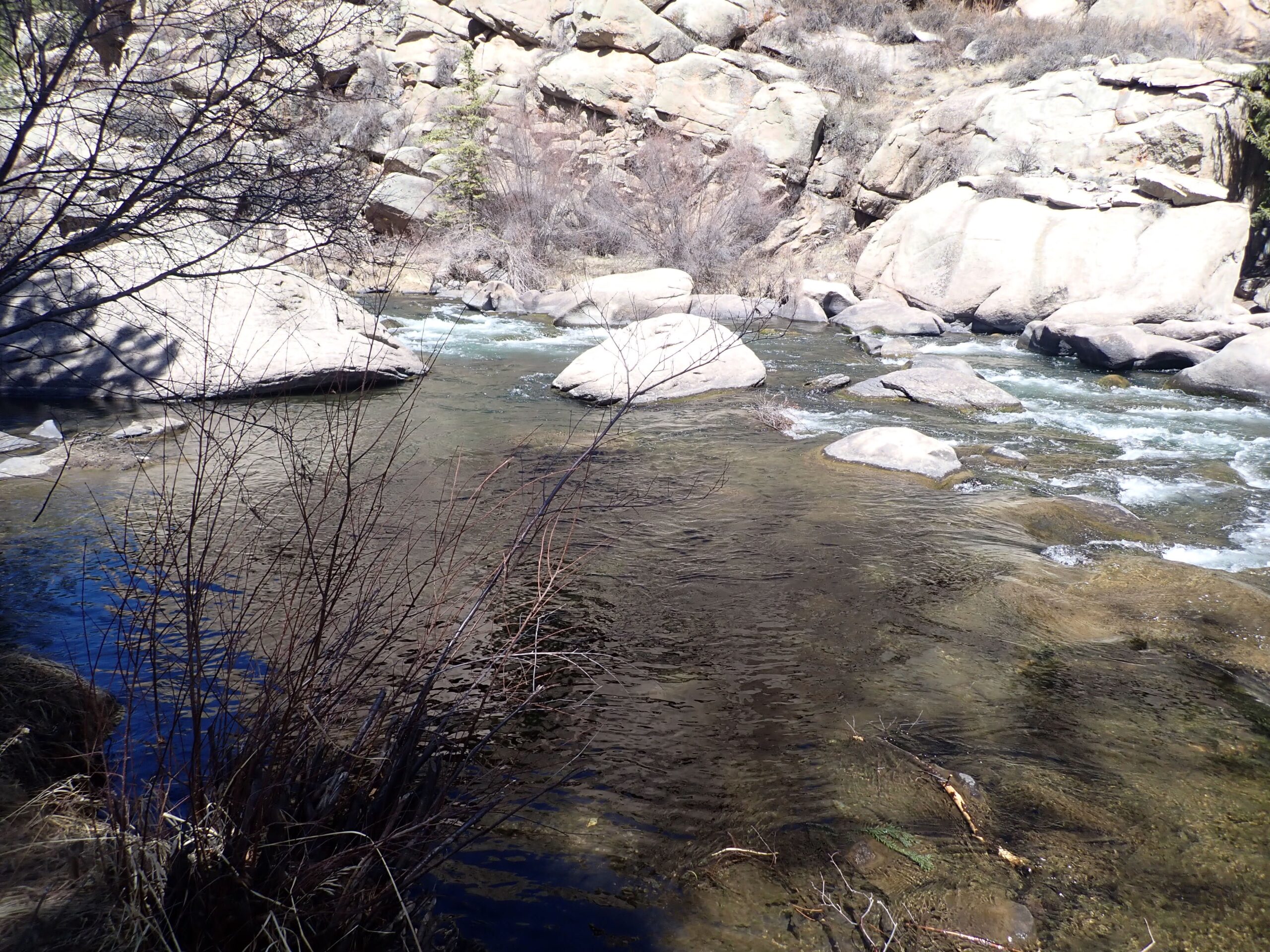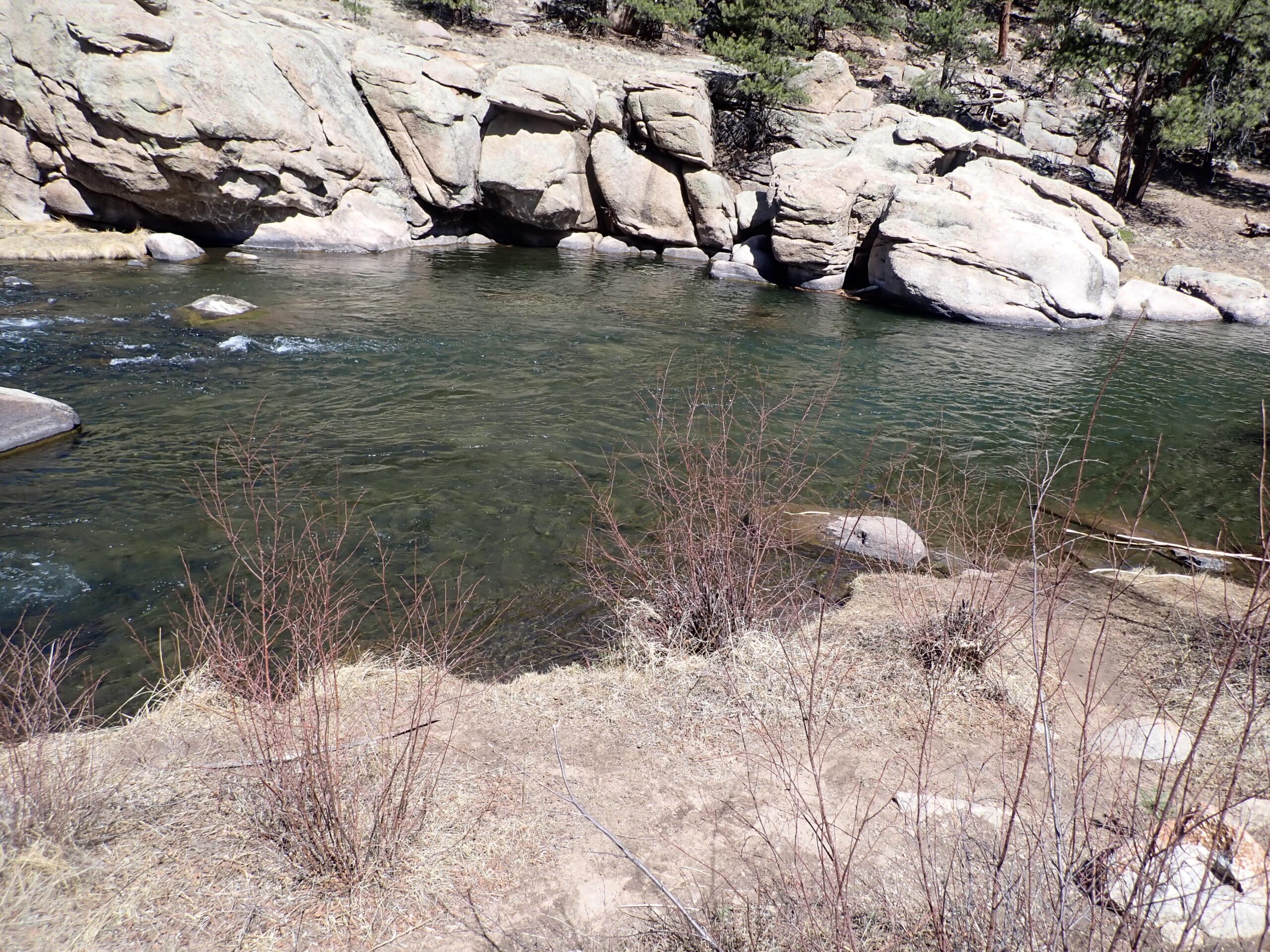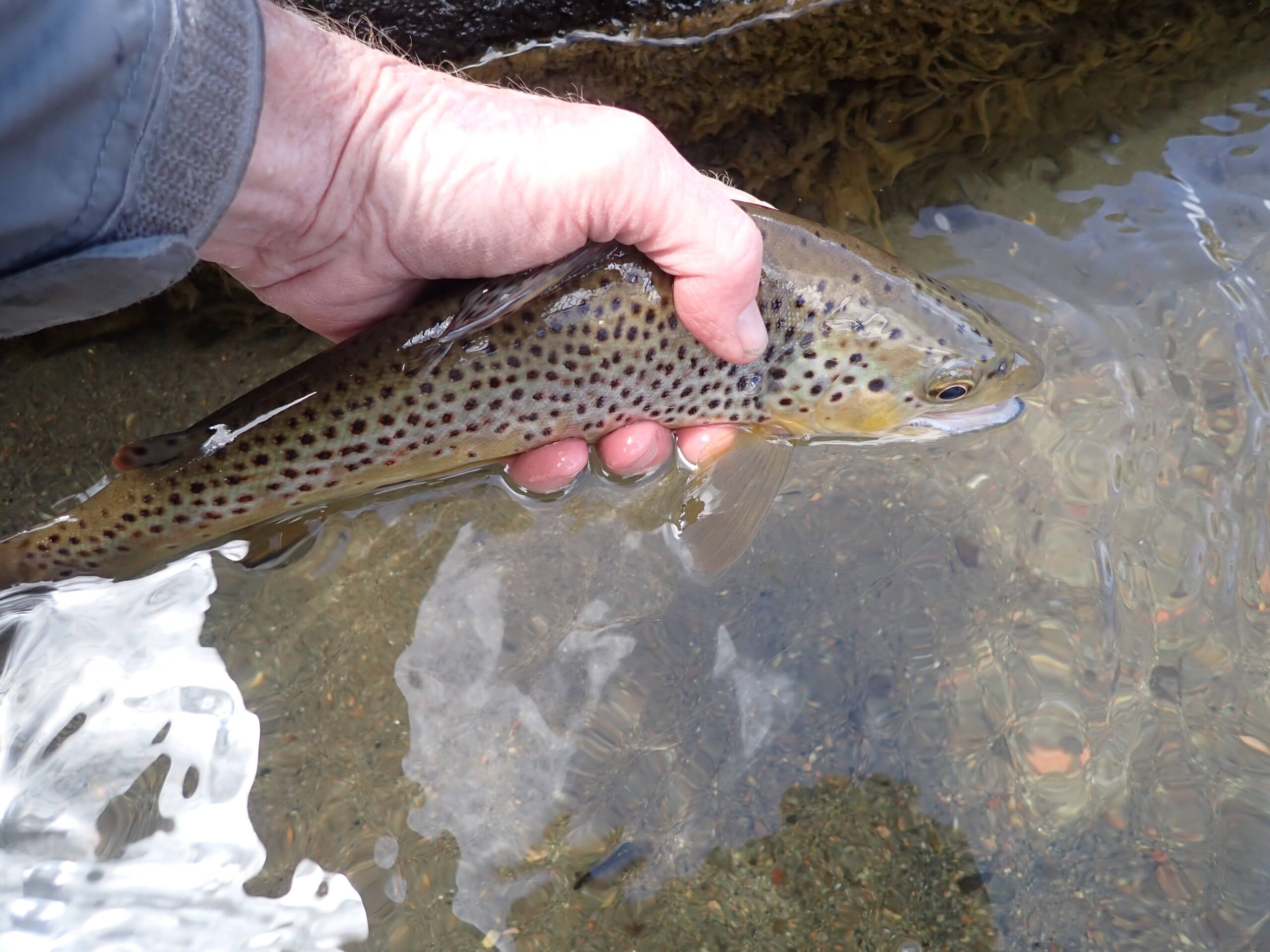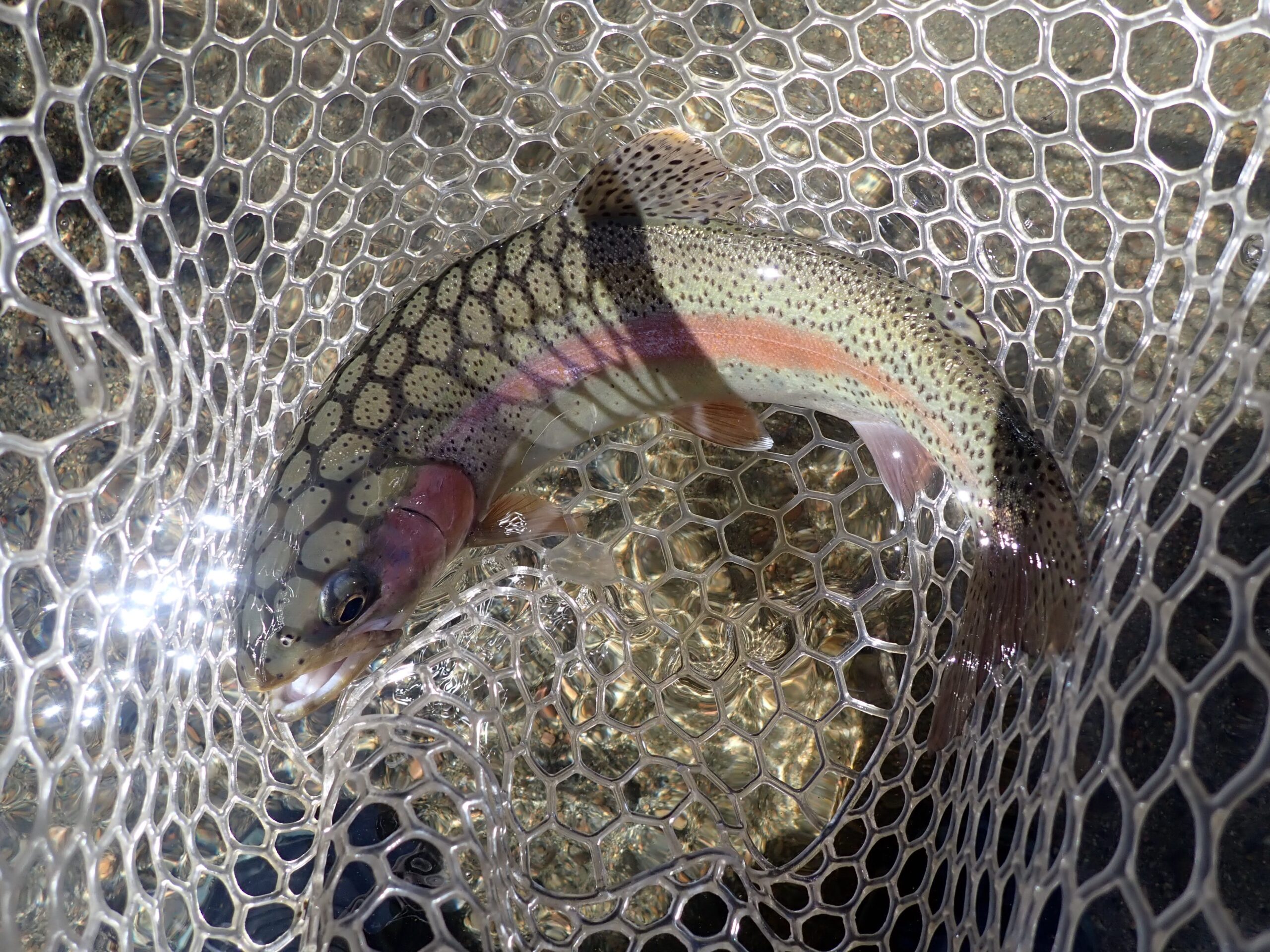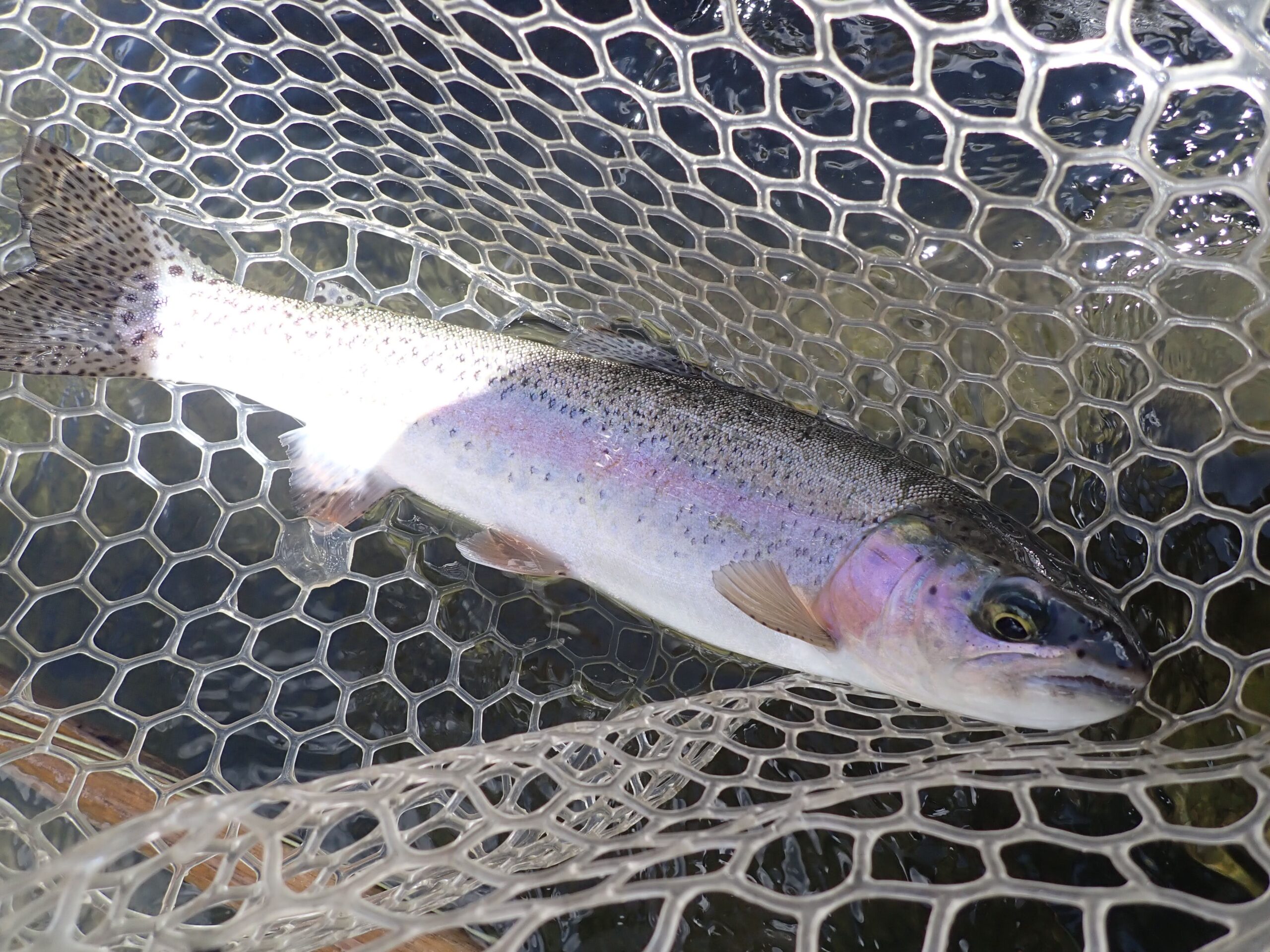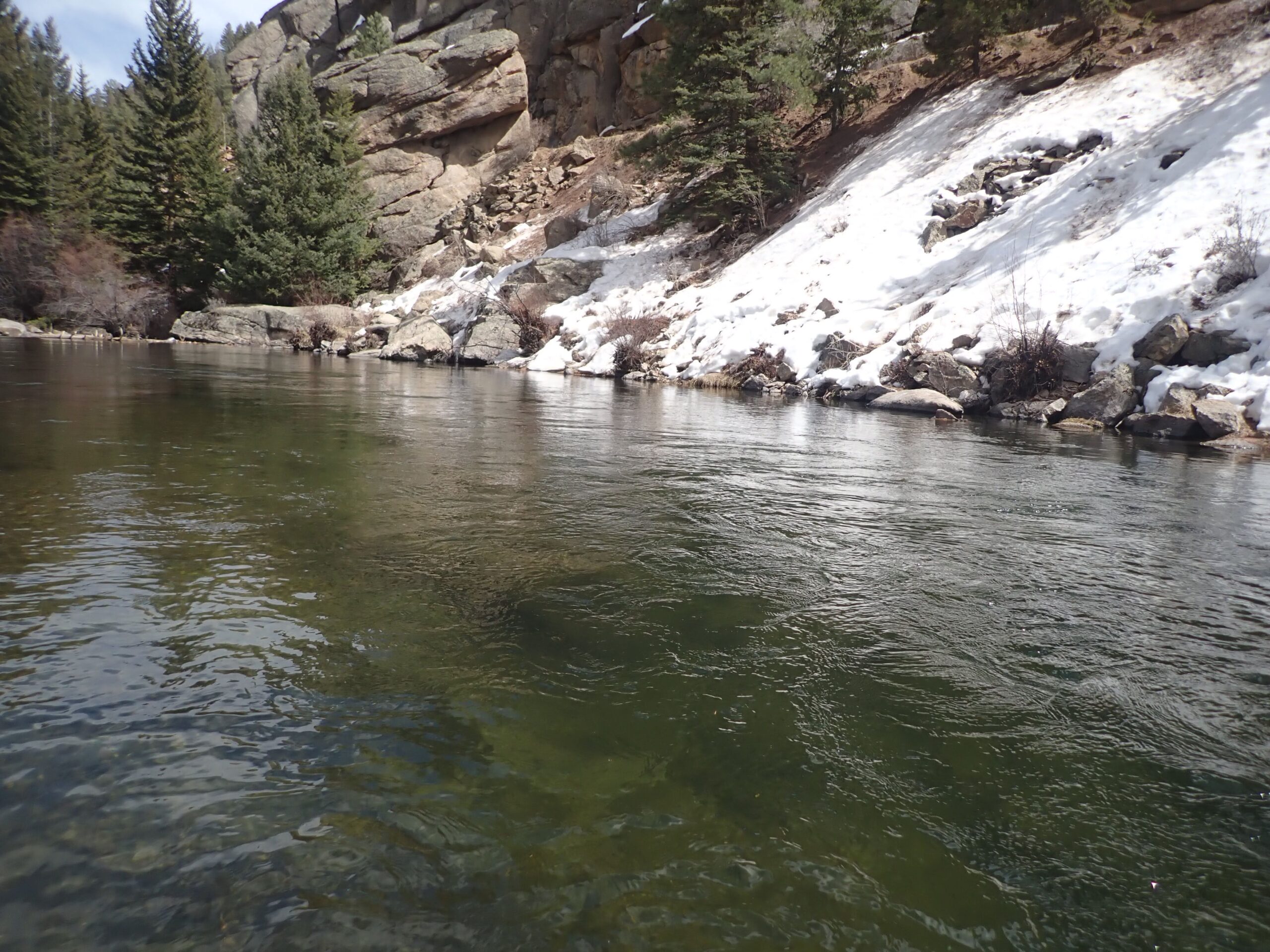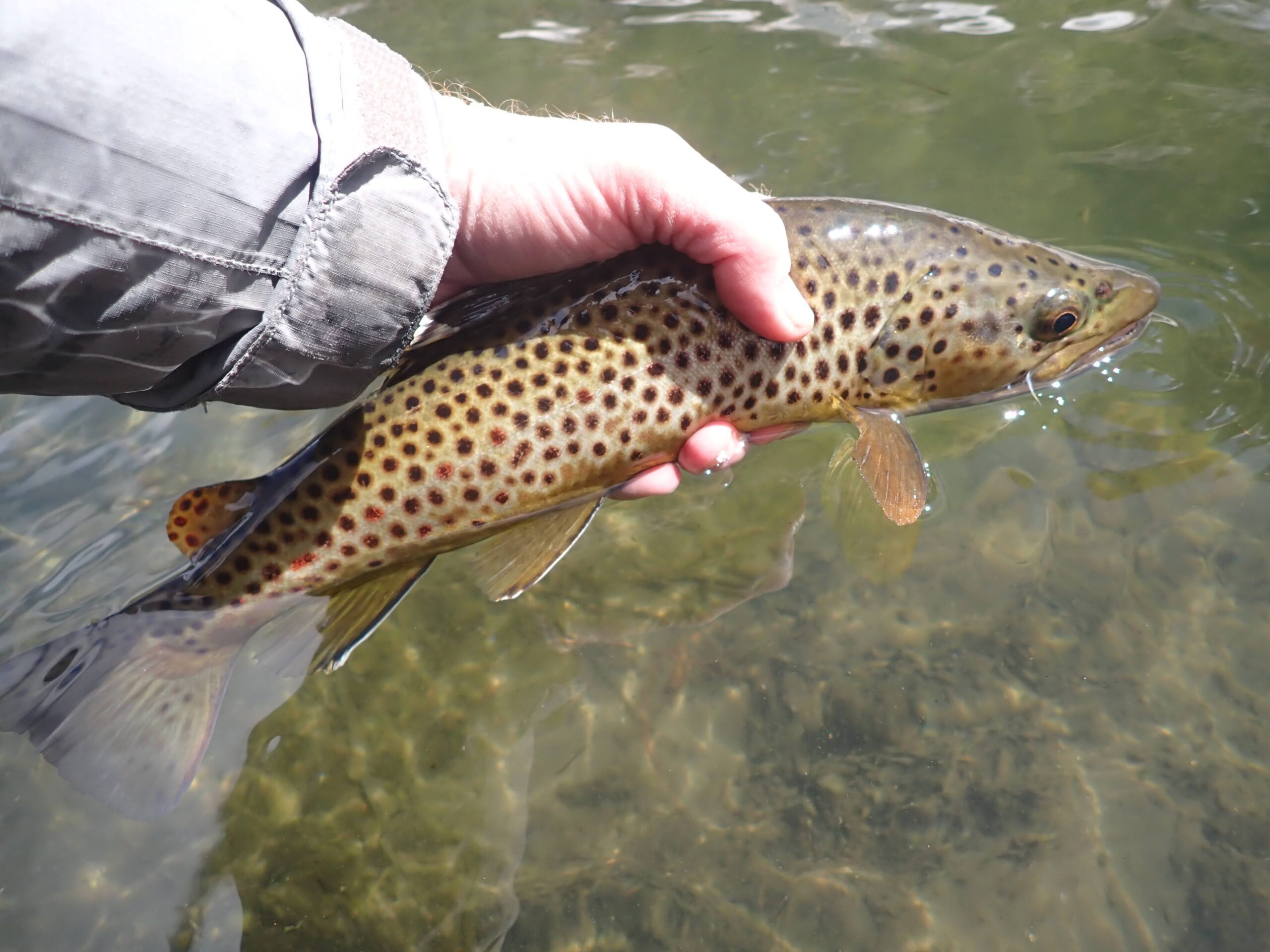Time: 10:45AM – 4:00PM
Location: Eleven Mile Canyon
South Platte River 04/23/2025 Photo Album
I should have returned to the Eagle River. Well, not really, but Tuesday failed to meet my high expectations. I marked April 23 as an Eleven Mile Canyon day, after I noticed that the high temperature in Lake George was forecast to be 65 degrees with wind speeds in the upper single digits and fairly heavy cloud cover in the afternoon.
I arrived at my standard parking place a bit after 10:00AM, and the dashboard temperature displayed fifty degrees. I was wearing a long sleeve thermal undershirt, and I added my fleece hoodie and my rain jacket as a windbreaker. My Sage One five piece was once again chosen as my casting stick.
As was the case during my last visit to Eleven Mile, I decided to focus my energies on the pockets and faster sections between the pools, until I observed consistent rising fish. In response to this strategy I began fly fishing with a size 8 gray-bodied chubby Chernobyl and trailed a 20 incher and olive perdigon. I prospected the deep pockets and runs around exposed boulders for the first 1.25 hour, but I failed to coax any action.
By noon I encountered another angler in the long smooth pool with a high vertical rock wall along the west bank, so I circled around him and found a nice rock to perch on, while I consumed my lunch.
After lunch I decided to change up my flies, as I felt I was packing too much weight with the 20 incher and perdigon, and this was constraining the movement of my nymphs. I replaced the 20 incher with a size 16 beadhead hares ear nymph, and I retained the perdigon. After this change, I landed a rainbow and brown trout in the riffles leading into a nice pool. These fish were in the ten to eleven inch range, but they were much appreciated nonetheless.
Next I moved upstream, and I traveled quite a distance with no fish to show for my persistence. I fished some pockets and then the entering runs in two attractive pools, but the fish were apparently suffering a case of lockjaw. The sky darkened at 1:00PM, and I was certain that the chaos of a hatch was imminent.
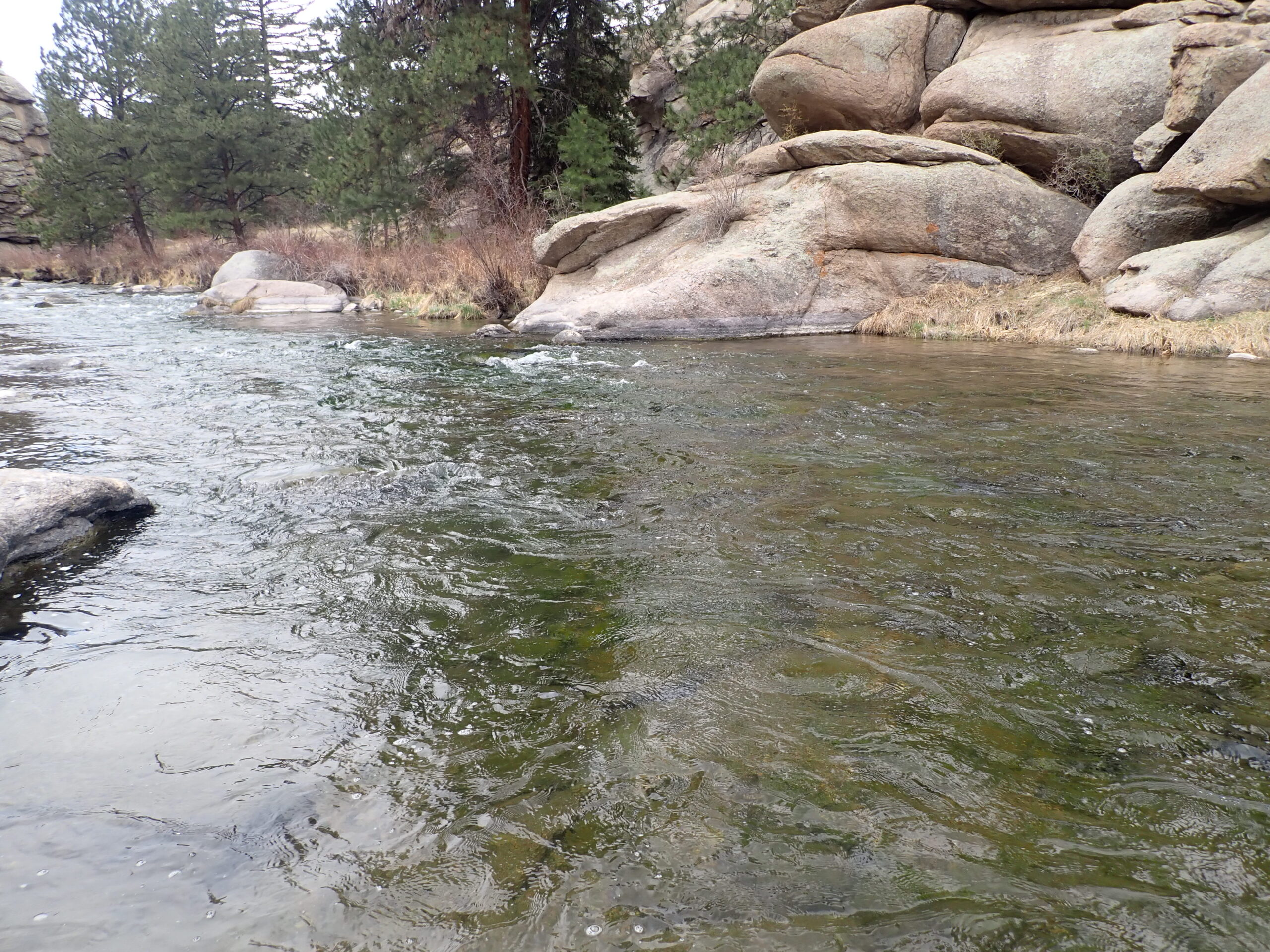 Produced the Best Fish of the Day
Produced the Best Fish of the Day
Not wishing to miss out on nymph activity prior to the hatch, I once again revised my lineup, and I switched the olive perdigon to the upper position and replaced the hares ear with a sparkle wing RS2 size 22. Finally in the long riffle section on the western braid above the bend pool, the chubby dipped, and I found myself linked with a hard fighting rainbow trout. I battled the pink striped warrior for a few minutes and eventually slid my net beneath a chunky specimen in the fifteen inch range. The RS2 was tucked in the outer cartilage of the mouth, and I felt very fortunate to land the fish of the day.
My expectations elevated with this catch, but I proceeded to endure another long dry spell. The sky continued to alternate between brief periods of sunshine and longer spans of dense cloud cover. I was perplexed by the lack of baetis action in spite of the near ideal conditions for a mayfly hatch. I persisted with prospecting the dry/dropper arrangement in likely holding lies among the exposed boulders and pockets, and I managed to finally up the fish count to five with two twelve inch brown trout.
Once again, however, I suffered an extended drought, and the RS2 was not receiving attention, so I decided to test the waters with an orange scud. Why? Many years ago orange scuds worked on the South Platte during the late April and May time frame. Eleven Mile Canyon harbors dense aquatic growth, and scuds favor this type of environment. The flows recently increased, so this suggested scuds were dislodged. Although I did not witness any spawning rainbows on this trip, I did see some on April 11, and I theorized that the orange scud could also imitate a rainbow trout egg.
Not long after my fly change, the chubby dipped, and I set the hook, and I was connected to a very vigorous and hard fighting rainbow trout. It jumped several times, and during these aerial acrobatics, I could see that the orange scud was the food of choice! My thought process paid off, but unfortunately this would be the last trout that feasted on the orange scud.
I continued drifting it below the olive perdigon, and the perdigon added another fish to boost the fish count to seven. Two anglers approached me from downstream, and another blocked my progression upstream, and it was 3:00PM, so I decided to call it quits. However, instead of mounting the bank with a very dangerous steep lip at the top, I followed the path along the river.
In doing so, I revisited a nice long run that fed a deep pool. I skipped this location on my way upstream, since another angler that was working downstream had recently disturbed the area. I paused to observe and immediately spotted a few sporadic rises. I decided to invest more time in pursuit of the risers with dry flies.
I removed the dry/dropper paraphernalia, and I tied on a size 20 soft hackle emerger and applied floatant to the body. On the second cast a twelve inch brown trout smash the emerger, and I thought I was in the money. That proved not to be the case. The remaining sporadic risers refused the emerger style fly, so I made yet another change. I added a size 14 peacock hippie stomper and added an eighteen inch 5X leader to the bend and knotted on a size 22 CDC blue wing olive. The ploy worked, and I landed another small trout from the long run, and then I moved downstream to the next extensive pool and fooled two more trout in the entering riffle area. What an ending to my day!
I managed to land eleven trout on the day, and this included a fat fifteen inch rainbow, a feisty fourteen inch rainbow that ate an orange scud, and three respectable brown trout in the twelve inch range. A late and very sparse blue wing olive hatch finally generated some surface feeding, but it was very spotty, although I did manage to capitalize with four trout on a dry fly. The weather was rather nice for the normally icebox-like canyon, and I covered quite a bit of river real estate. It was a slow day, and the expected dense baetis hatch never materialized, but I made the best of it.
Fish Landed: 11

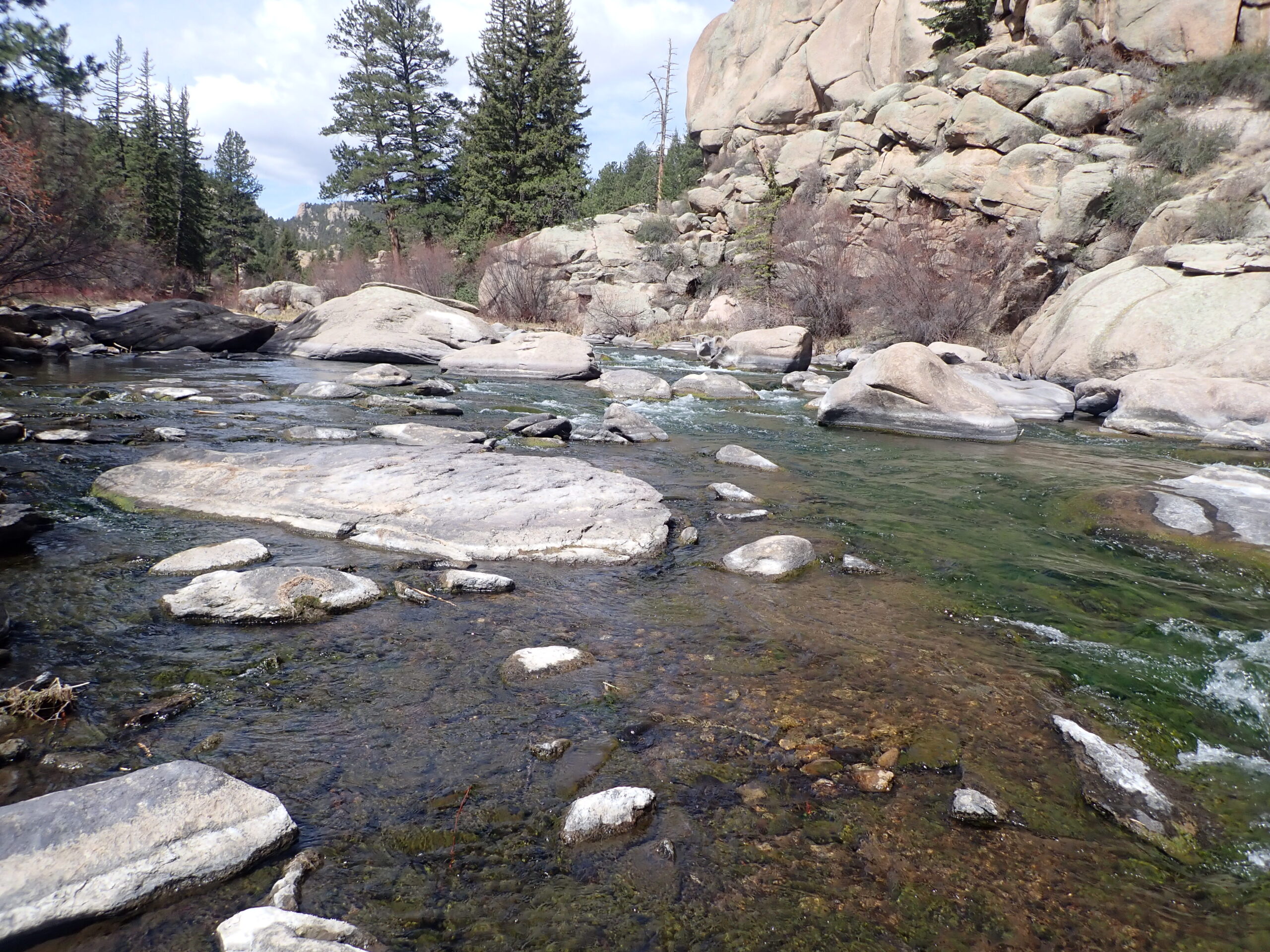 A Good Place to Start
A Good Place to Start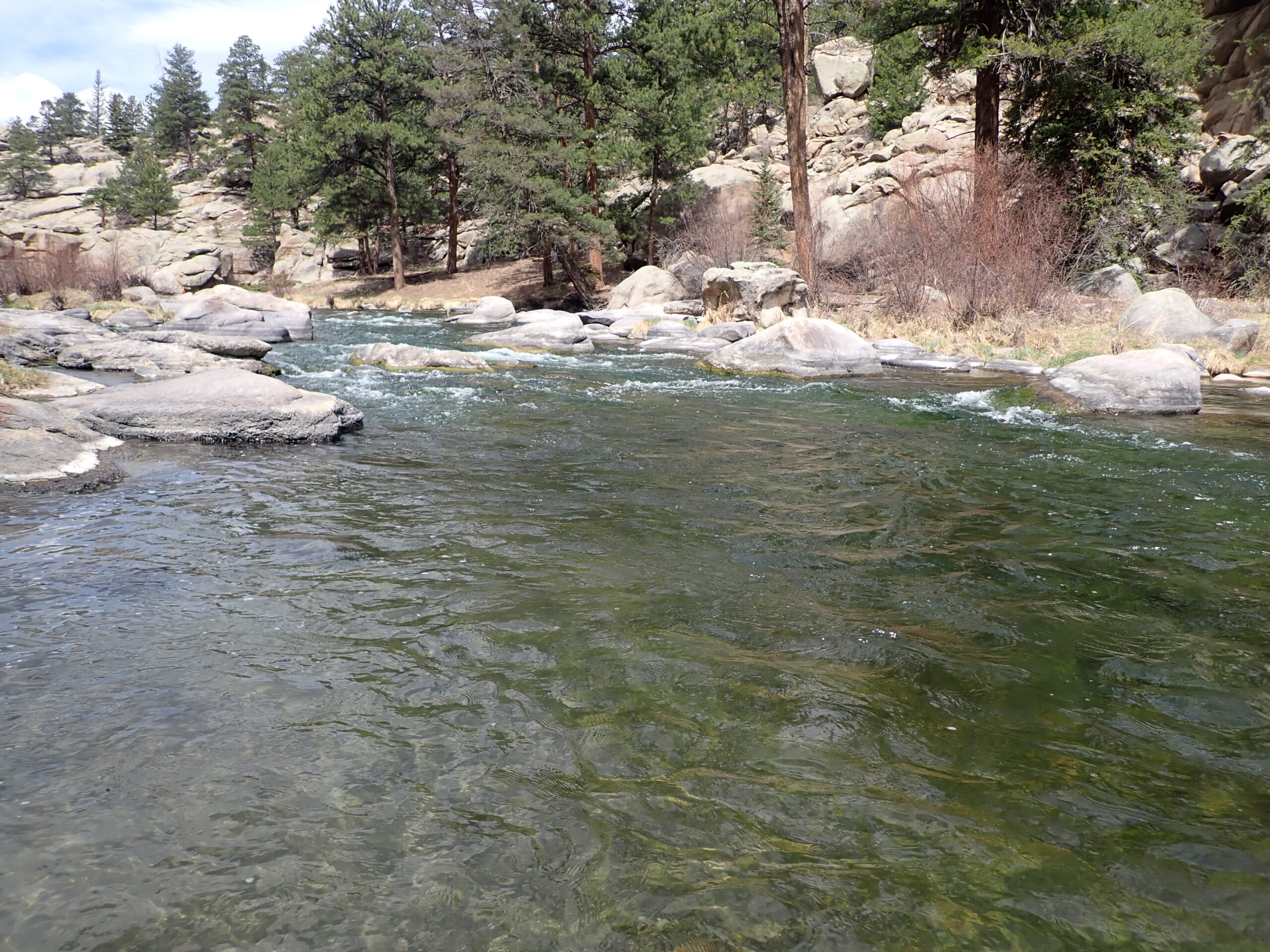 This Area Yielded Two Trout
This Area Yielded Two Trout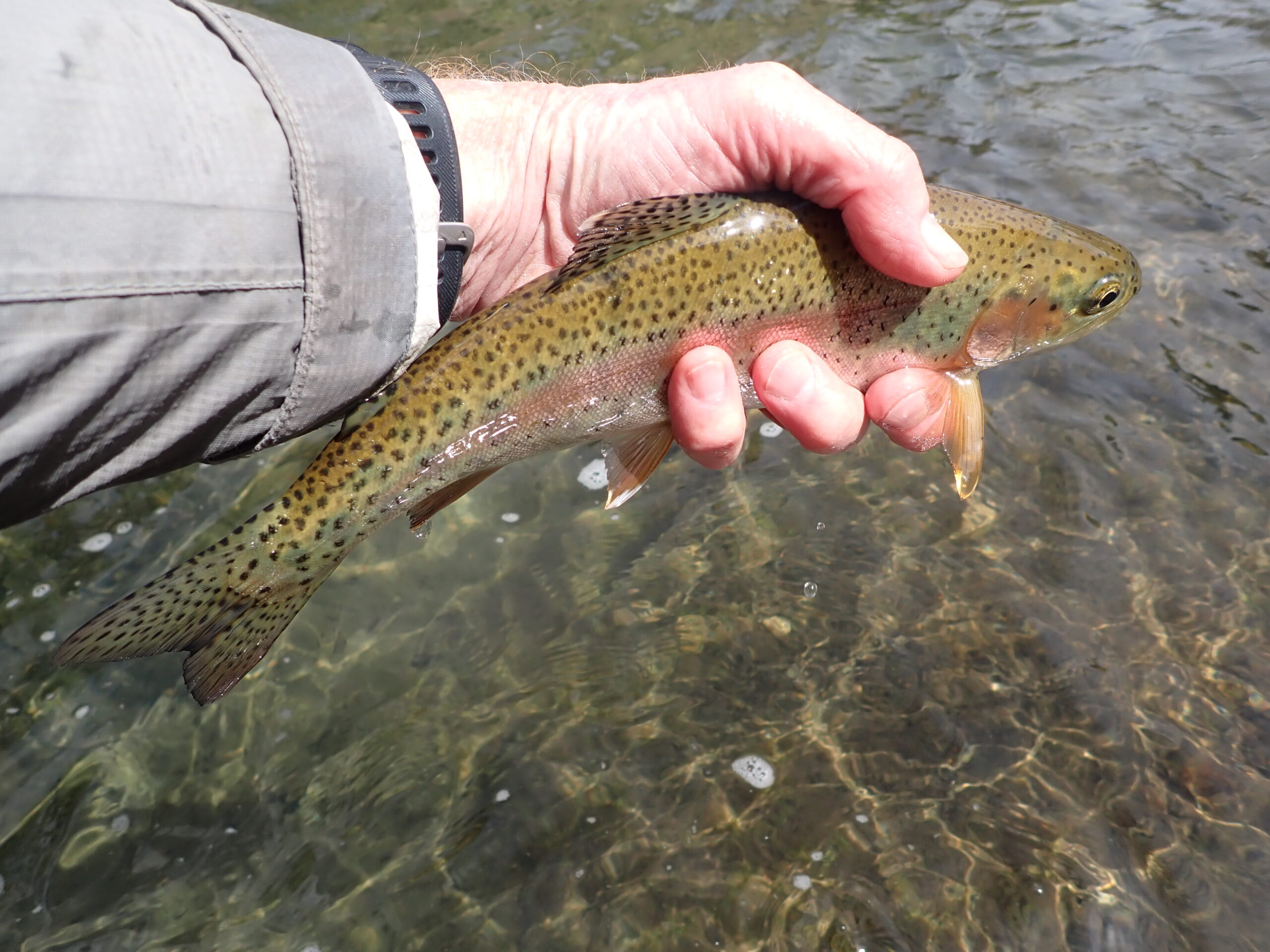 Pretty
Pretty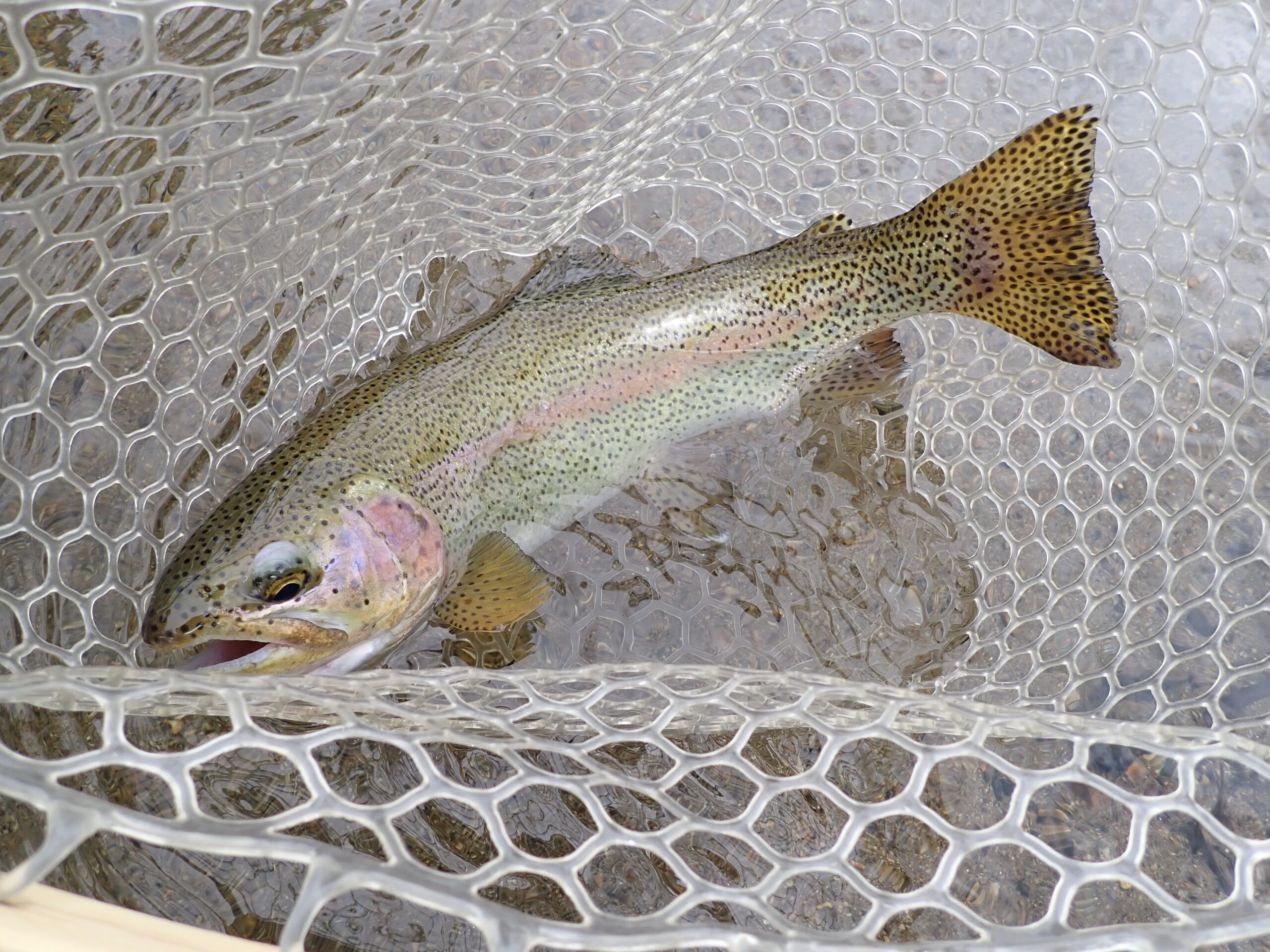 Very Pleased with This One
Very Pleased with This One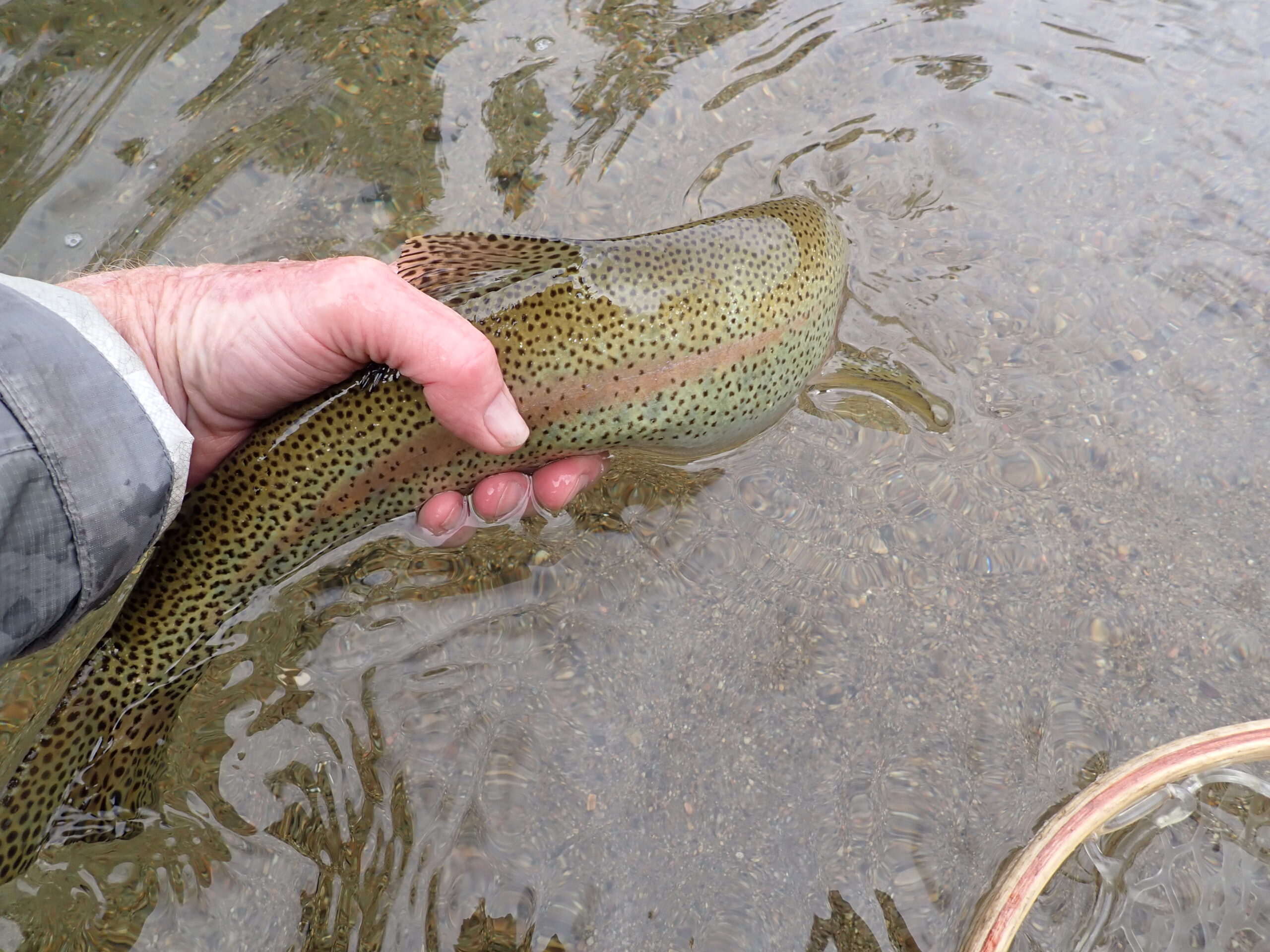 Early Release
Early Release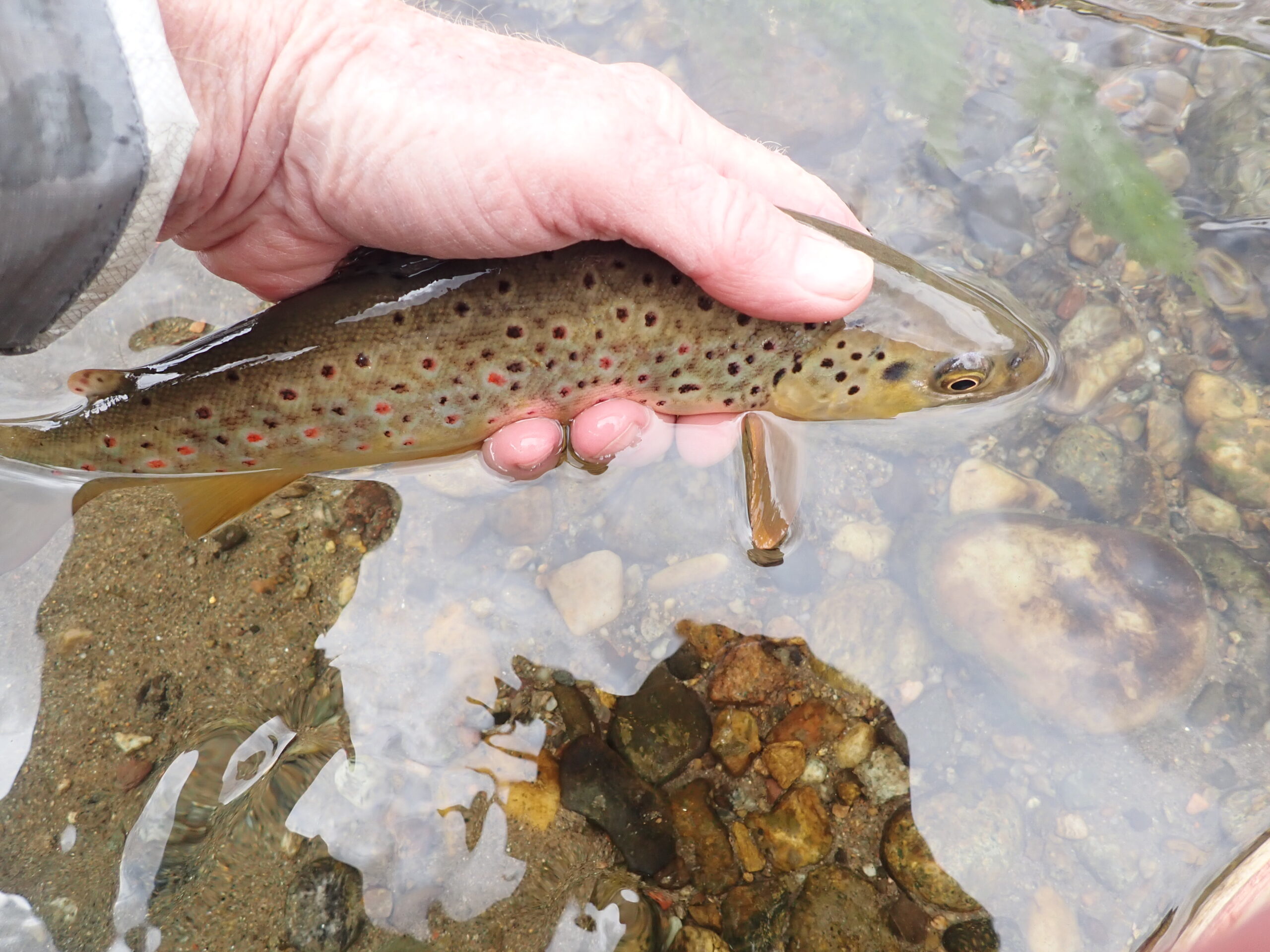 Lowered
Lowered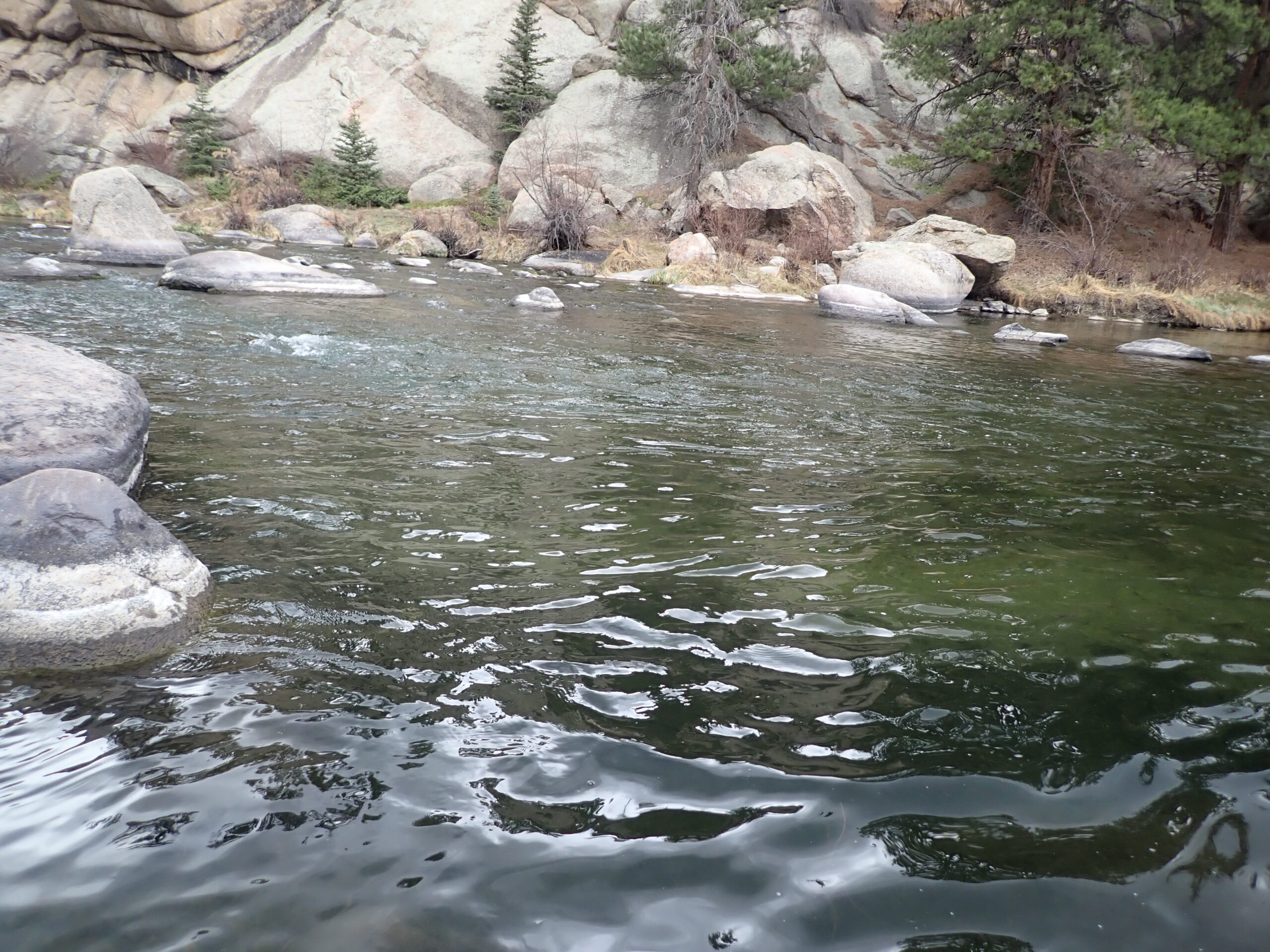 Long Run
Long Run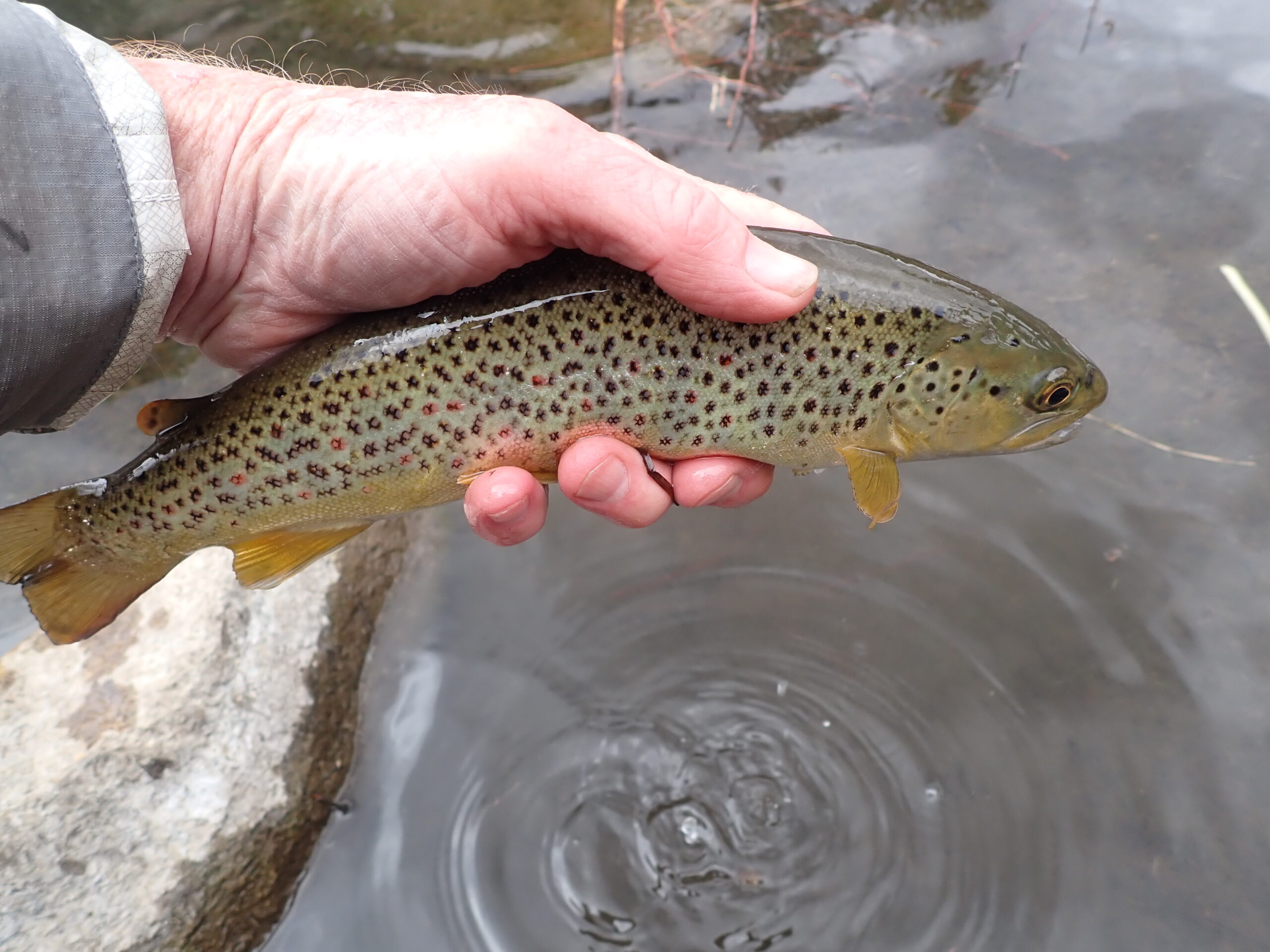 Sleek
Sleek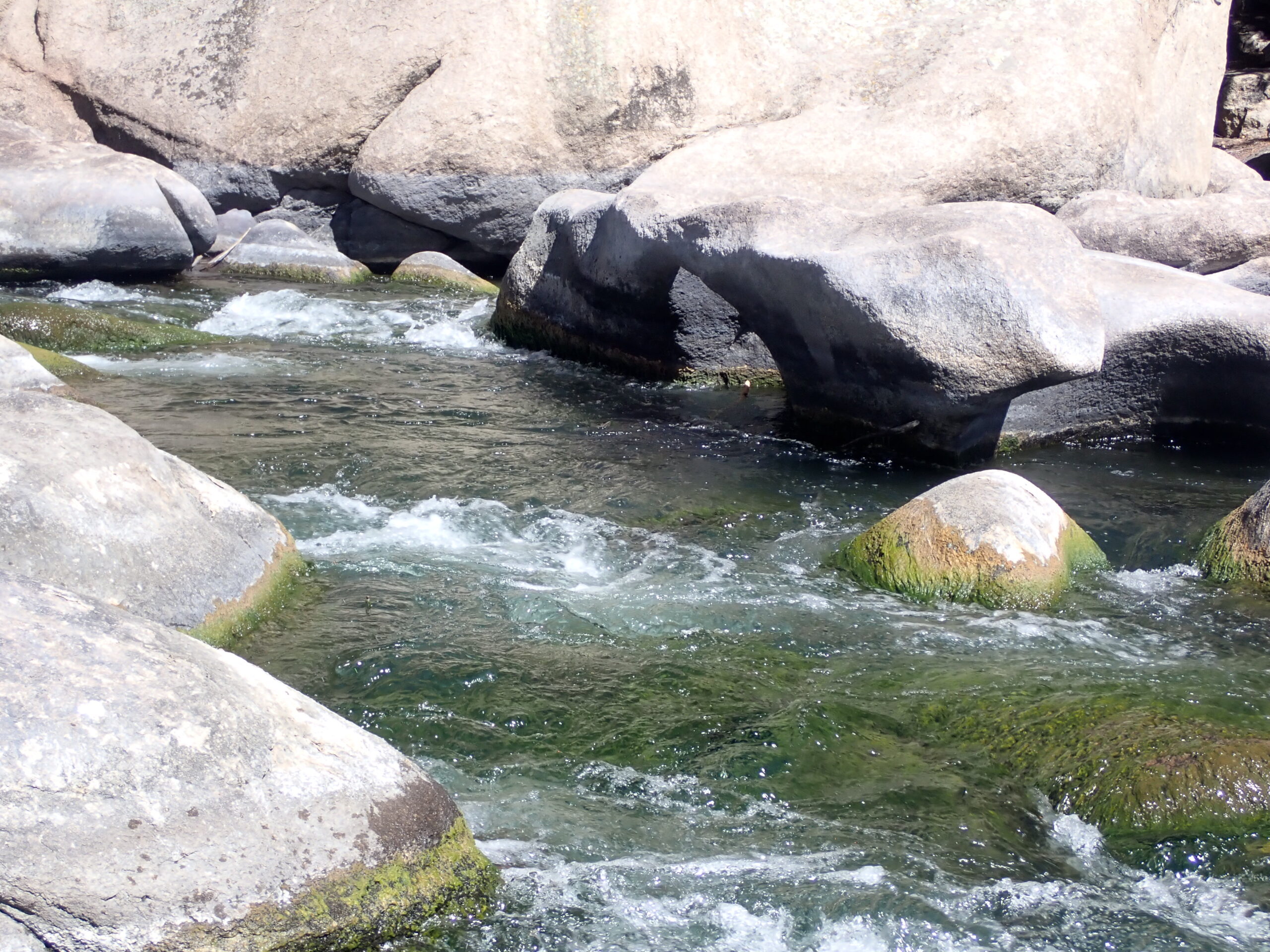 Next to the Rocks
Next to the Rocks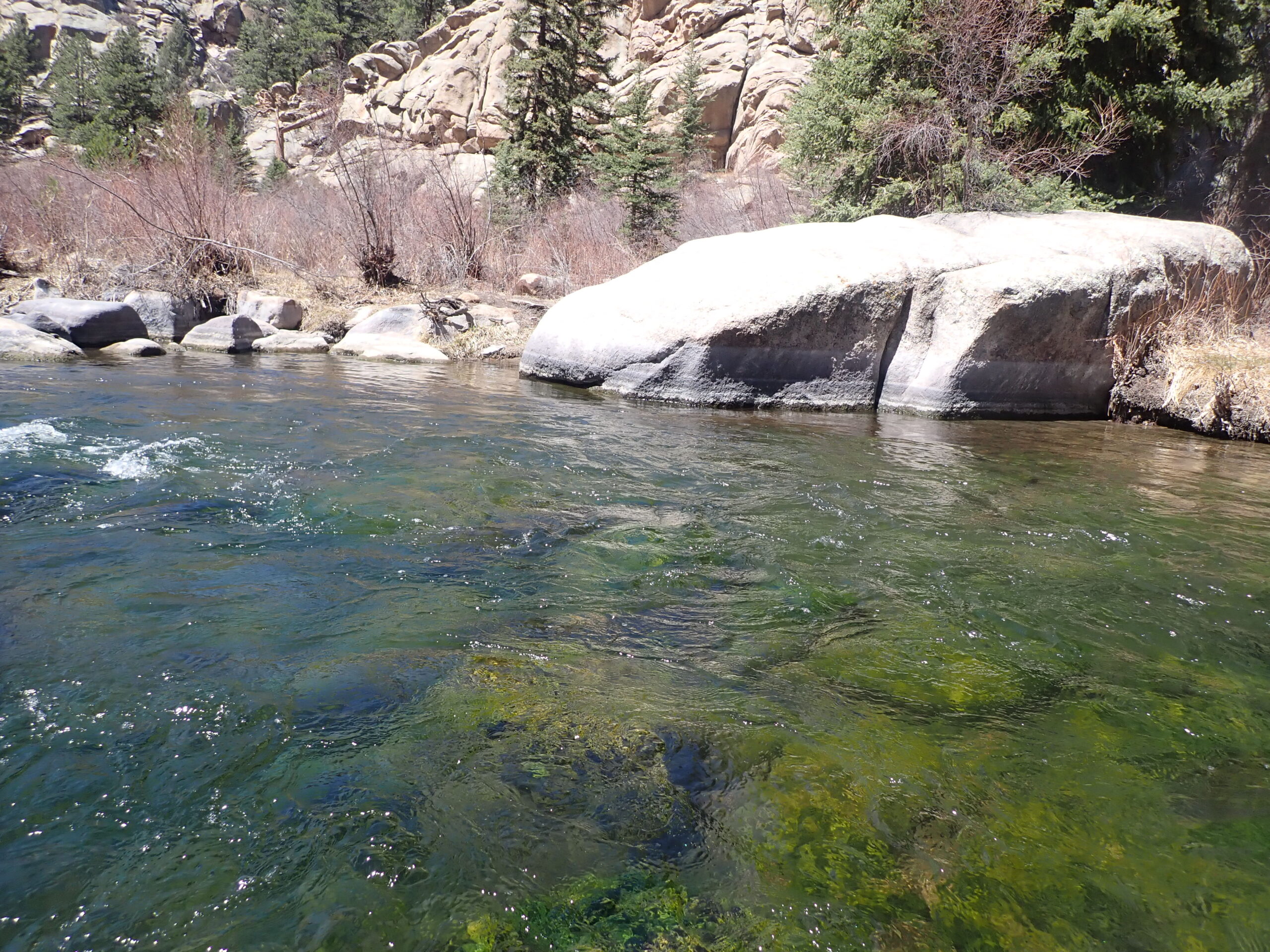 Love the Deep Water Next to the Large Rock
Love the Deep Water Next to the Large Rock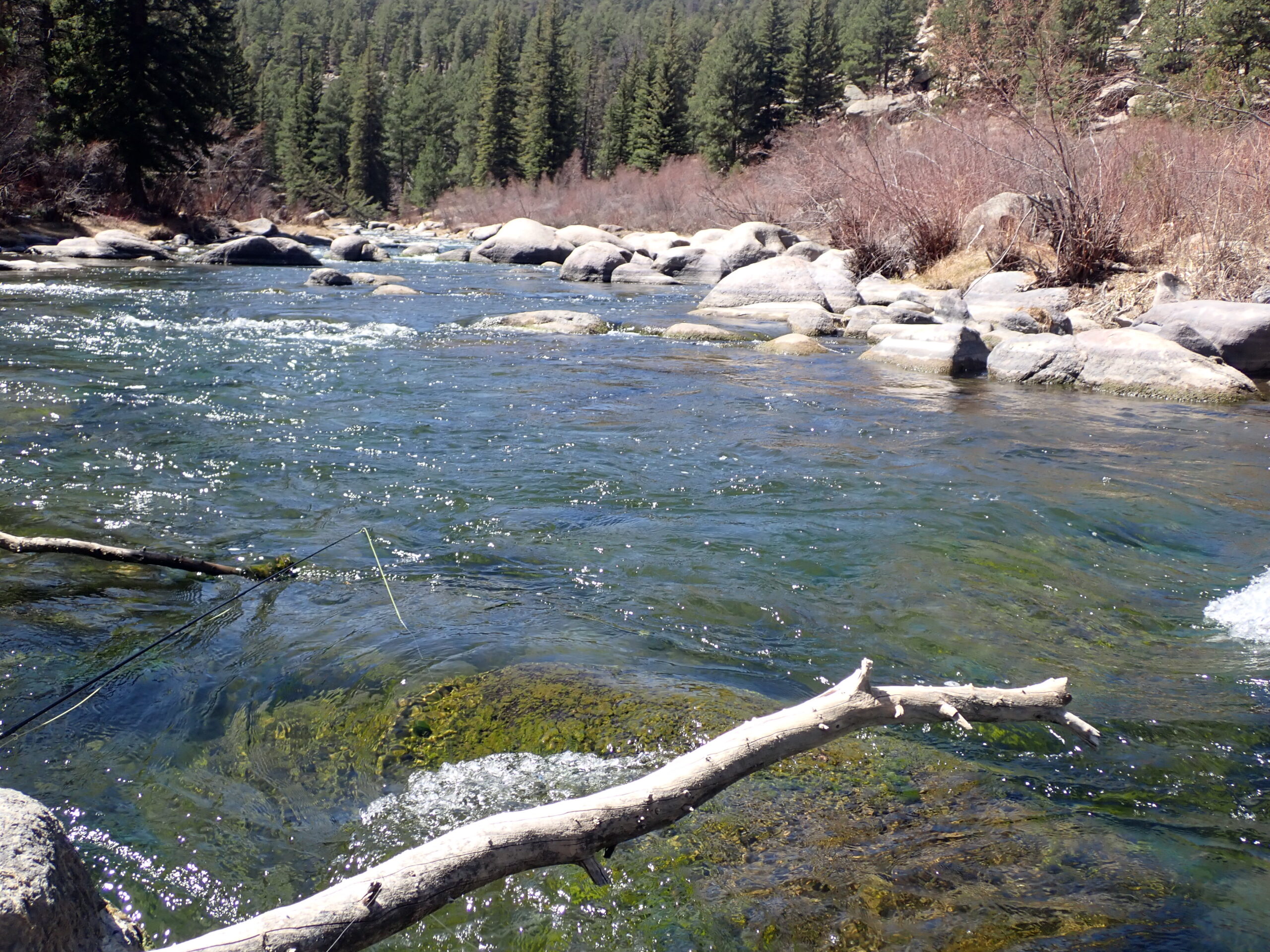 Perfect Water for My Tastes
Perfect Water for My Tastes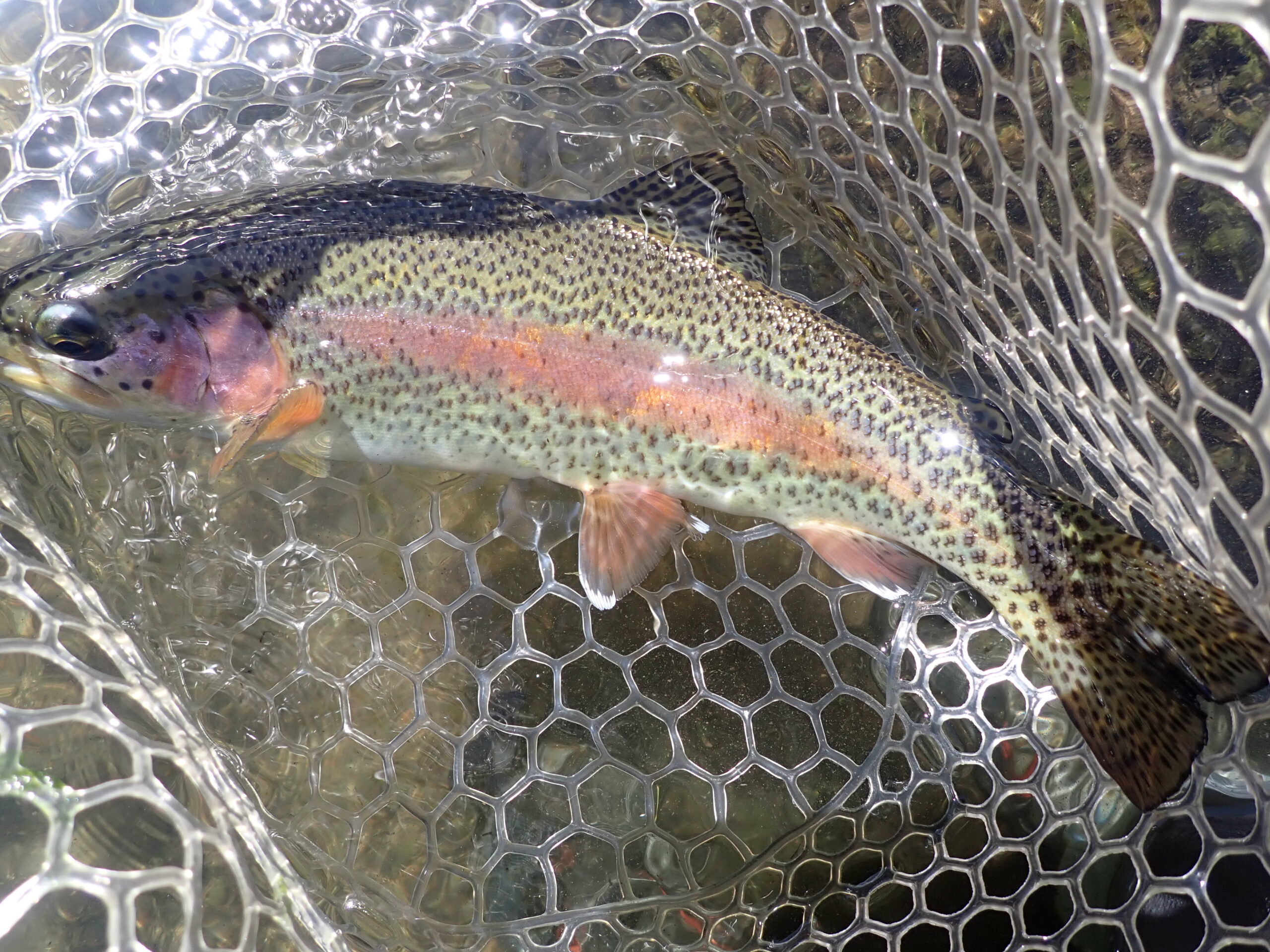 Melon Color
Melon Color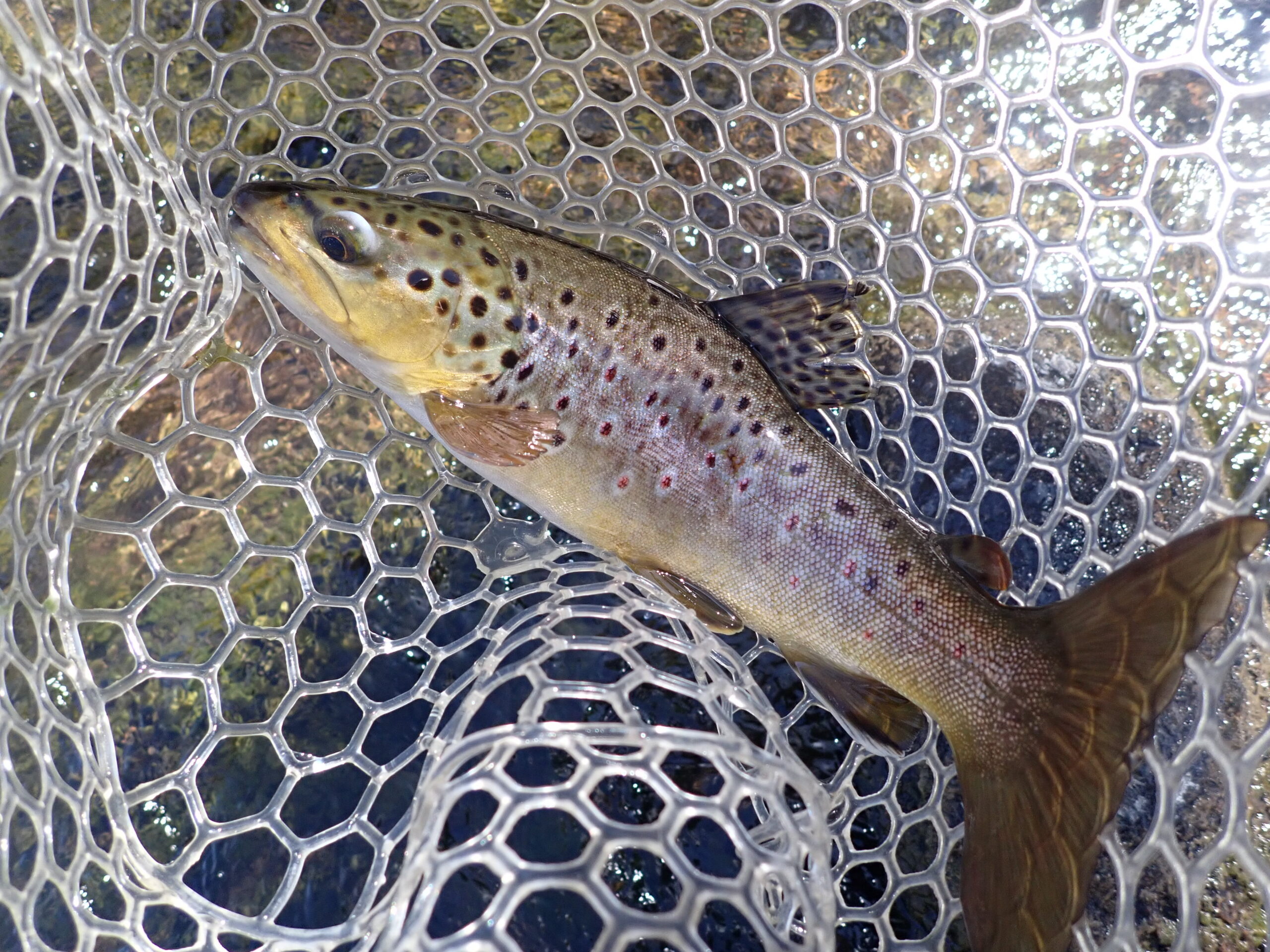 Humpback Brown
Humpback Brown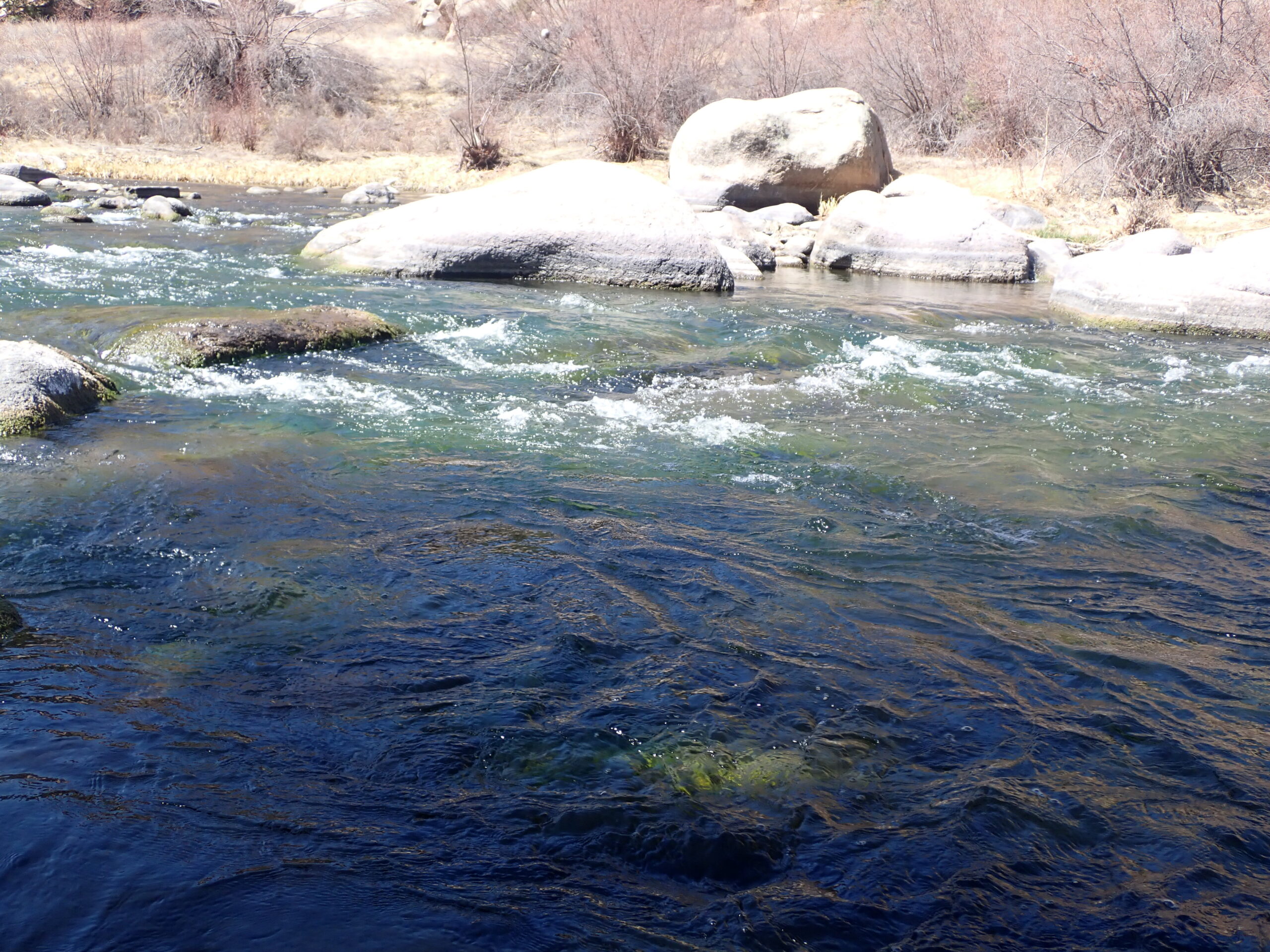 Seam Produced
Seam Produced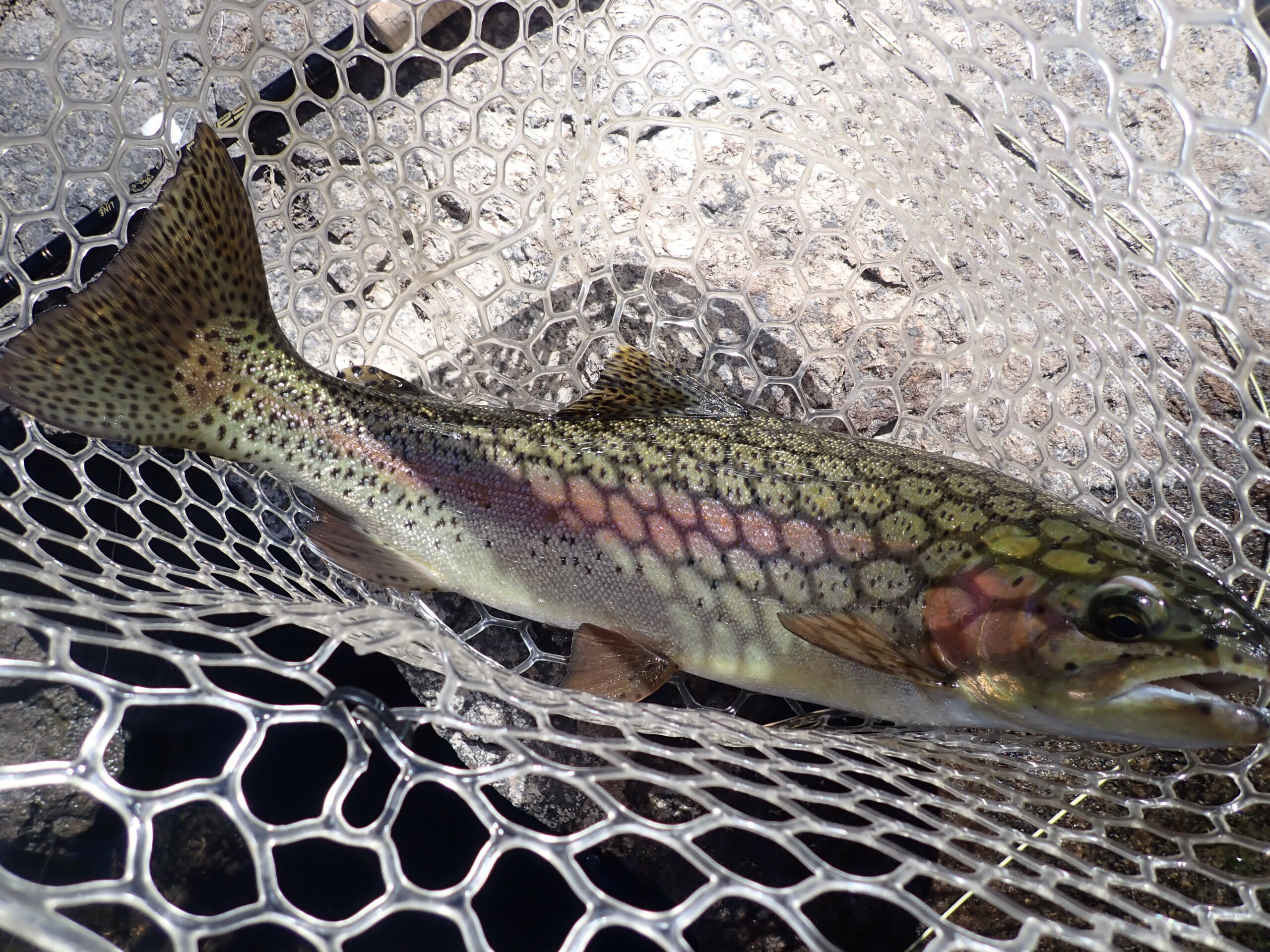 Number 19, Best of the Day
Number 19, Best of the Day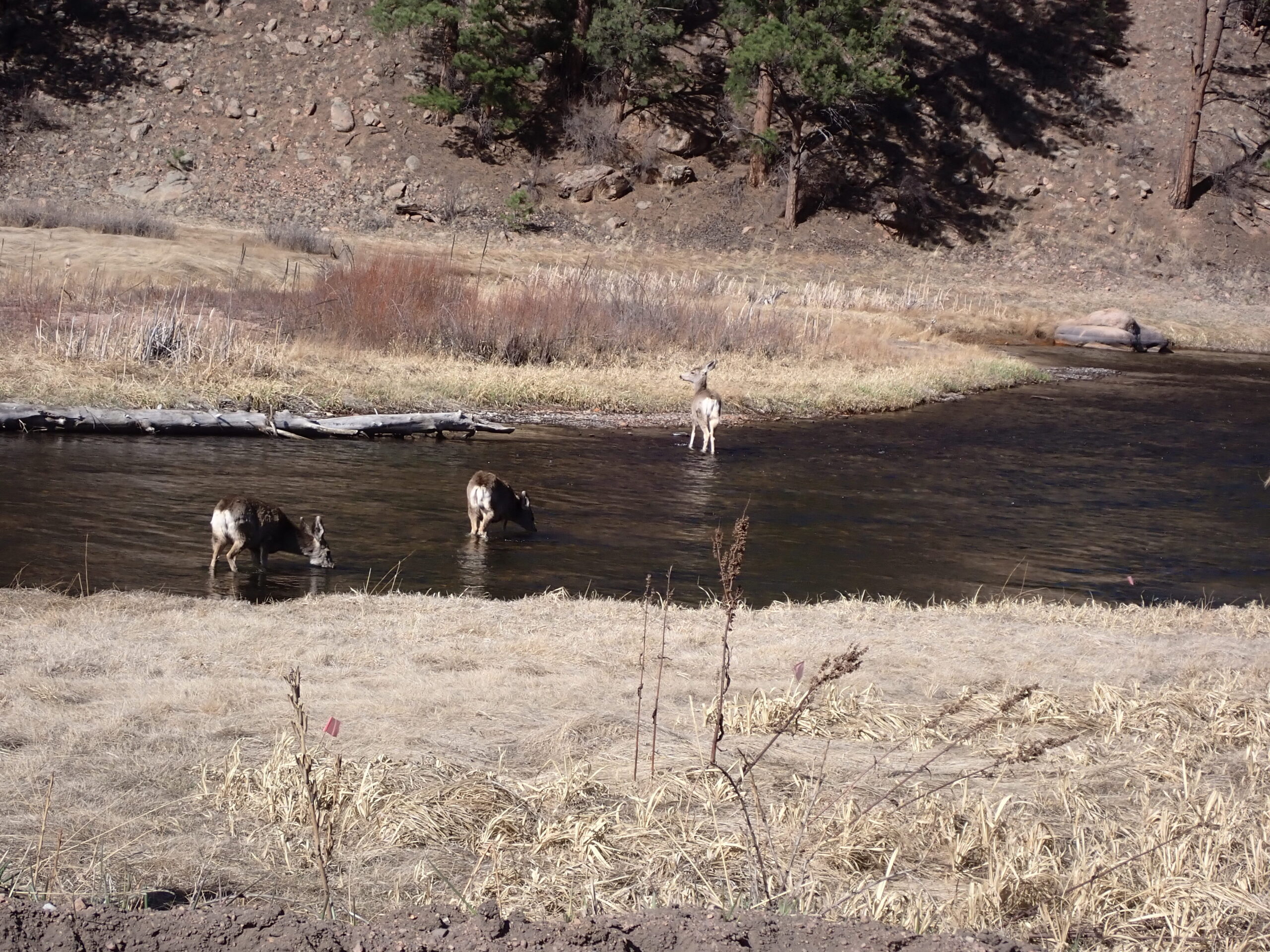 Angling Competitors
Angling Competitors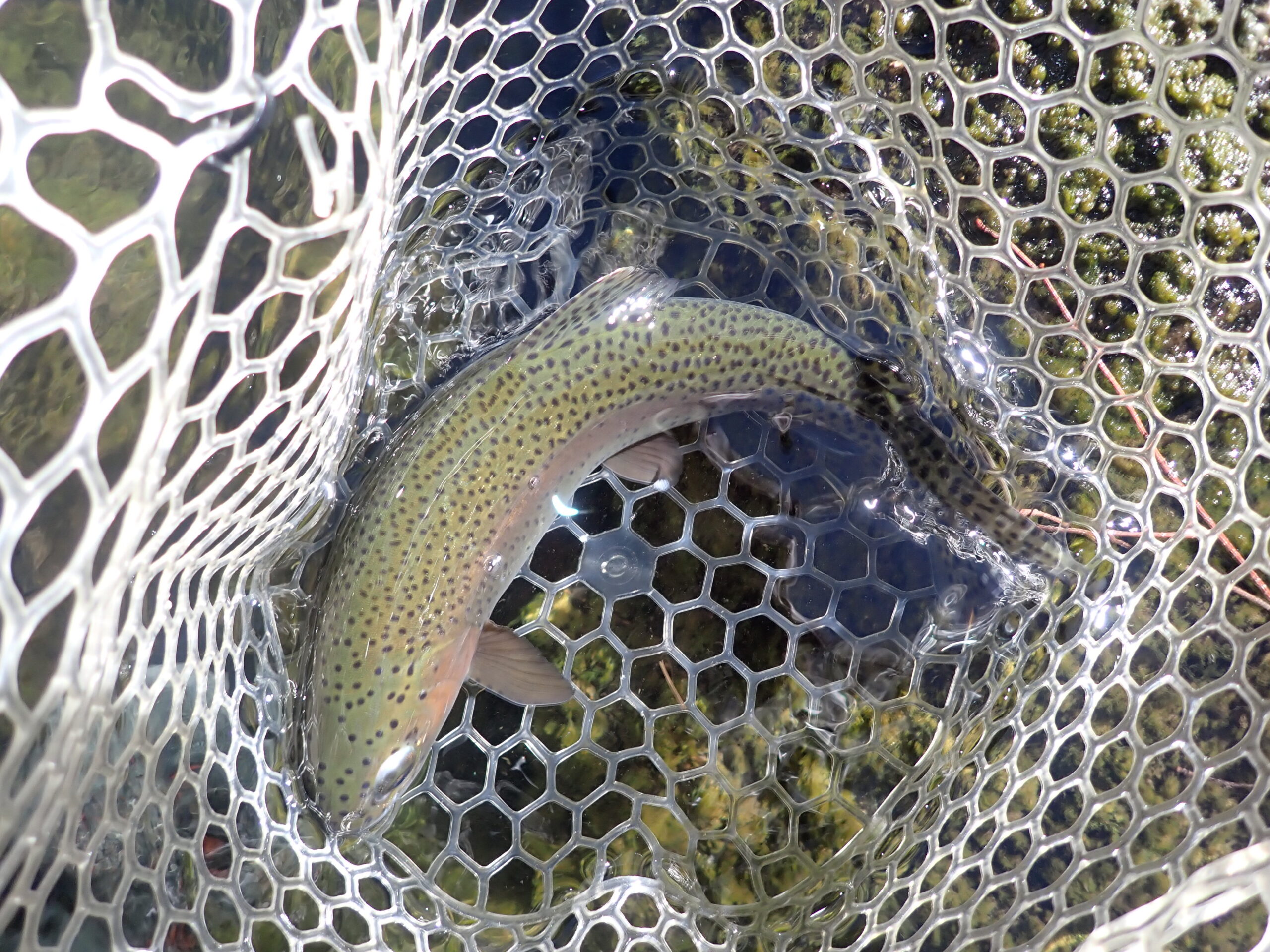 Good Start
Good Start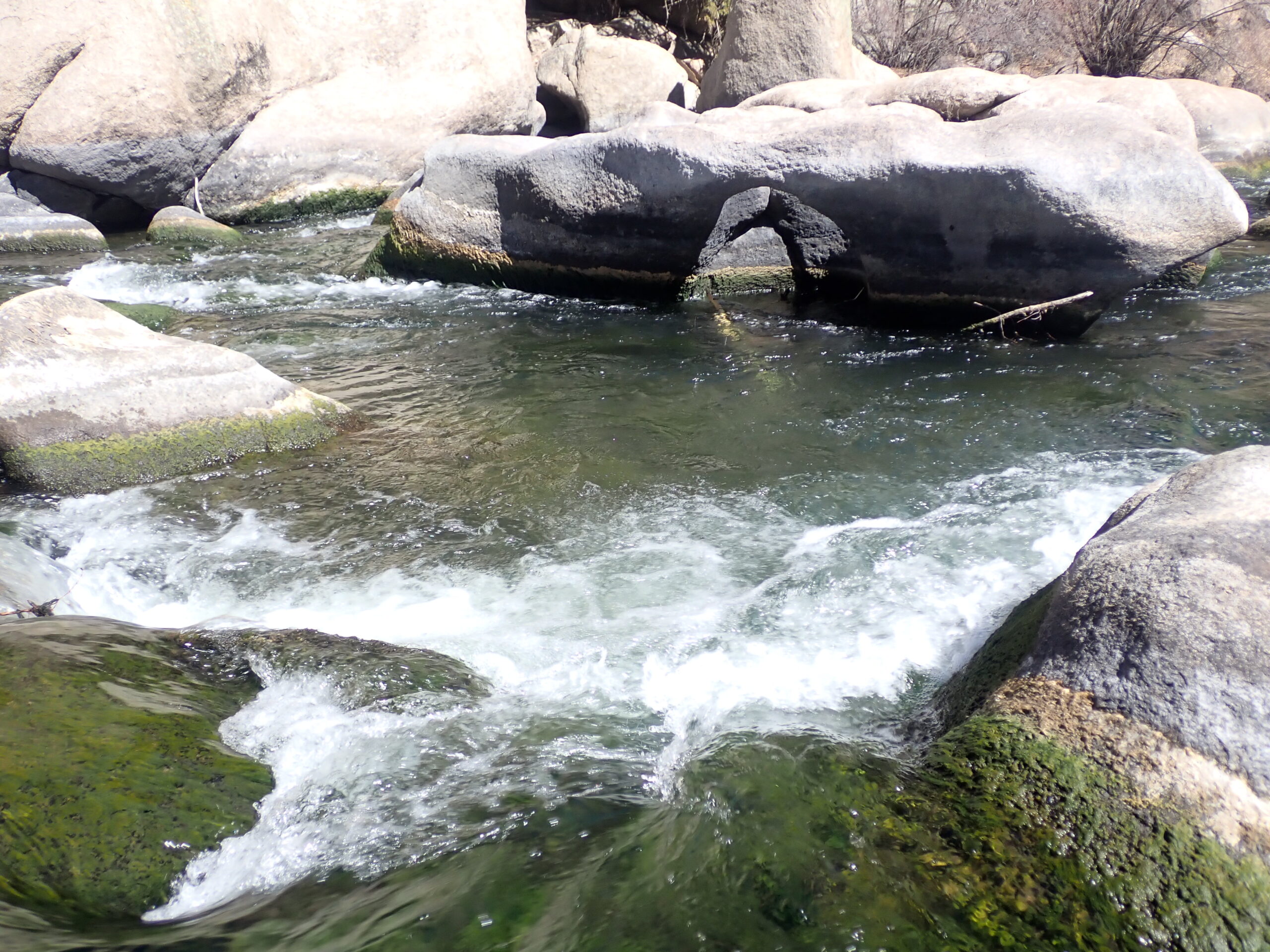 Home of Number One
Home of Number One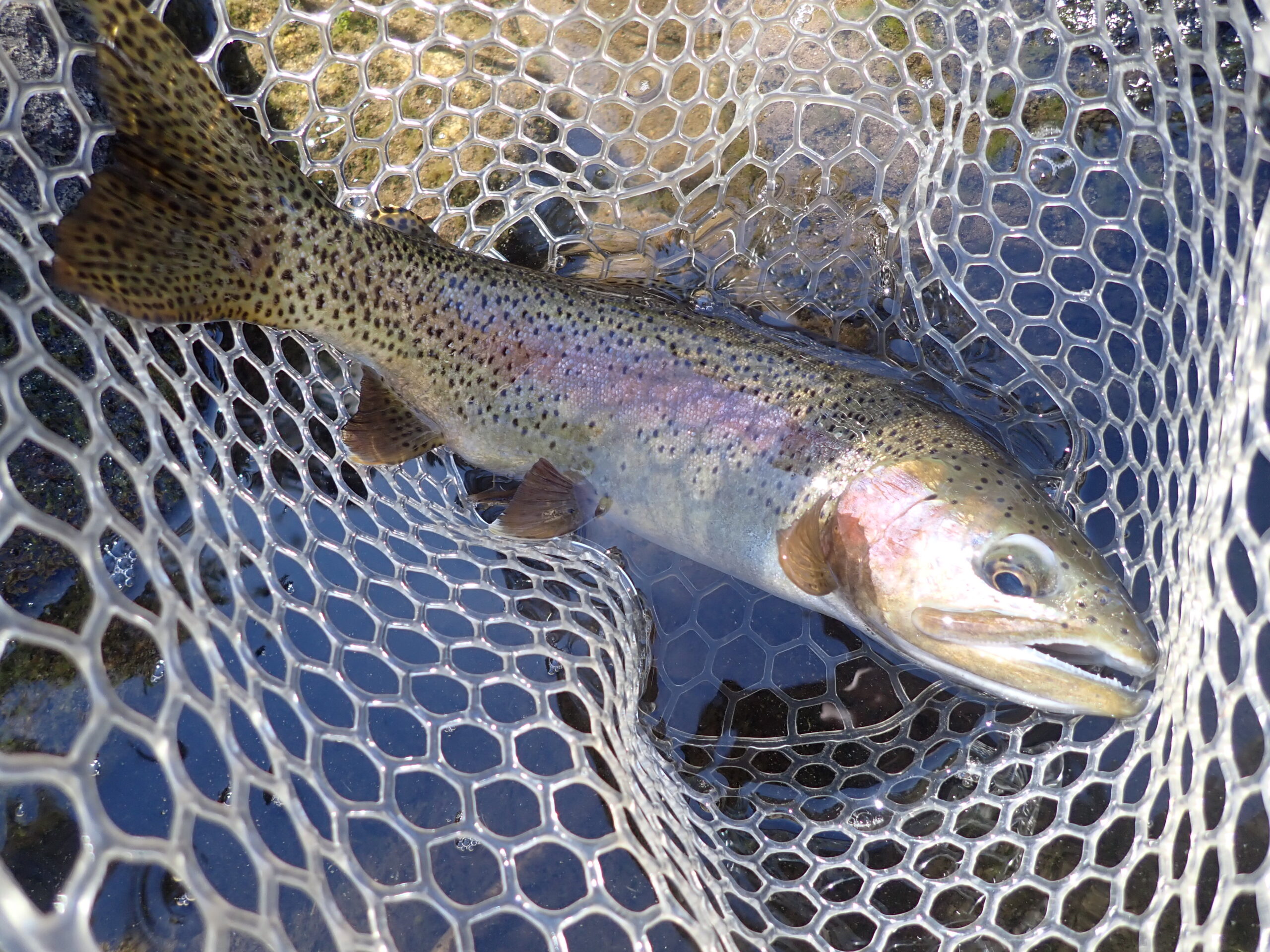 Rather Fine
Rather Fine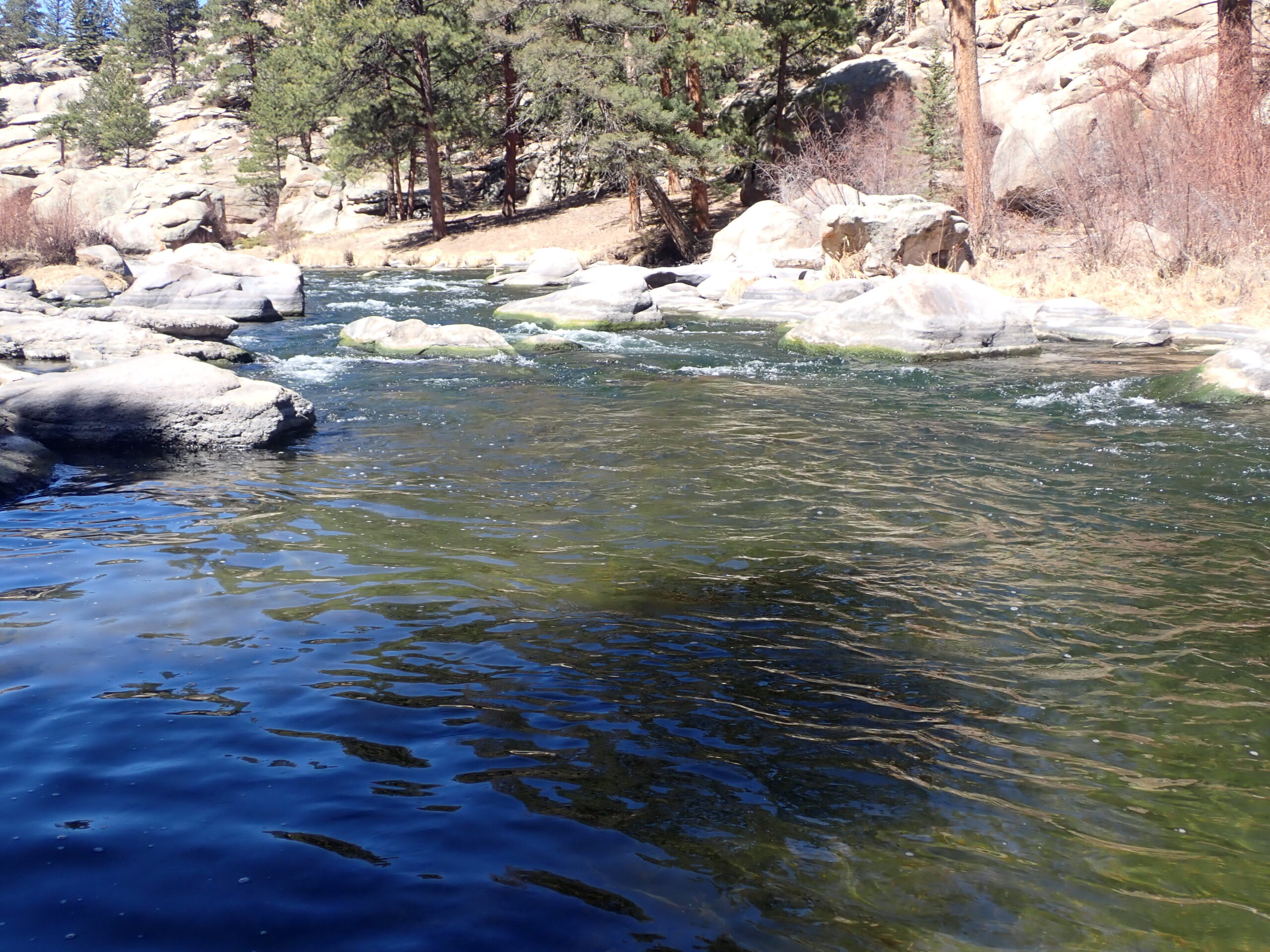 Home of Number Two
Home of Number Two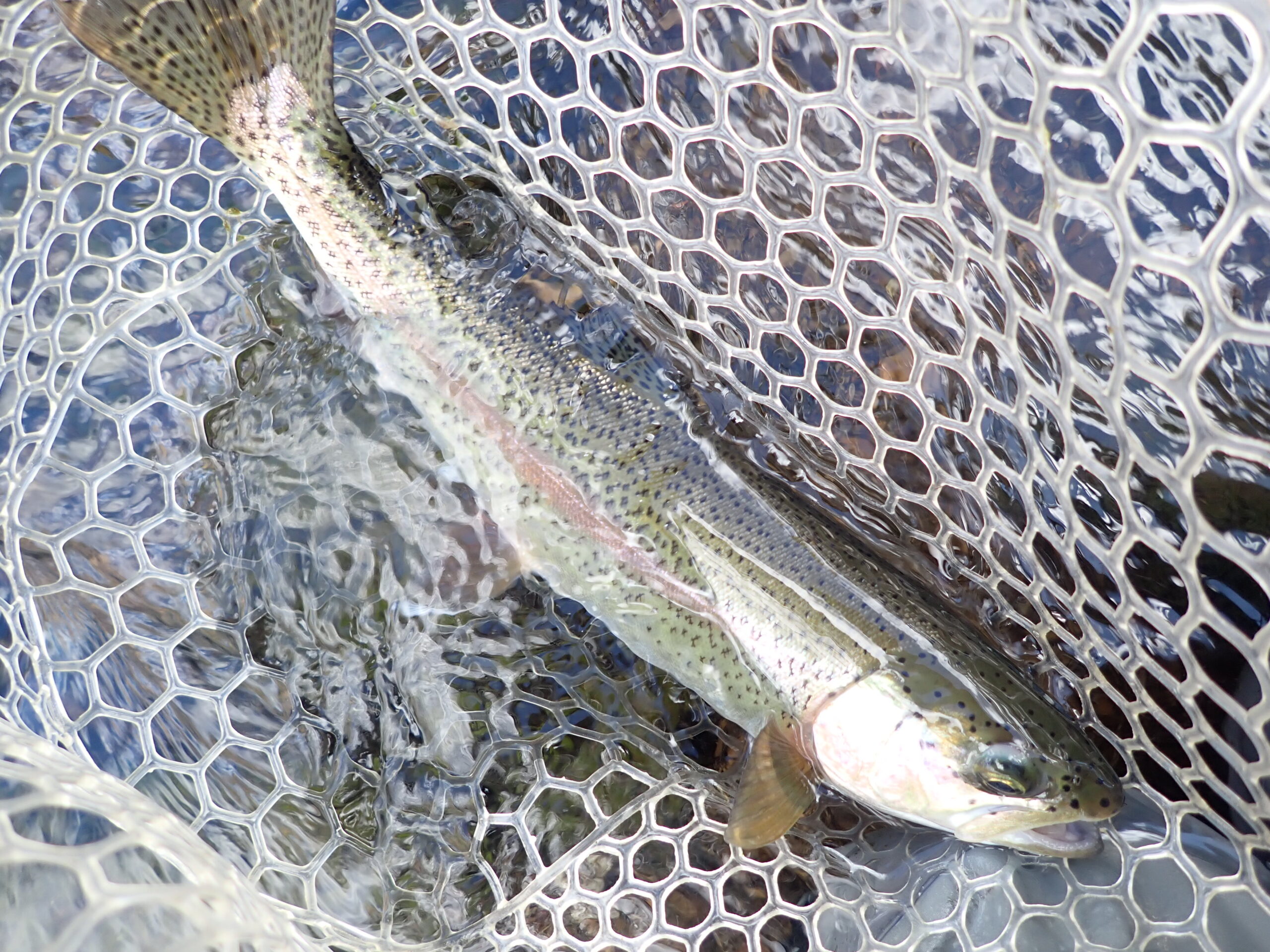 Another Fish Count
Another Fish Count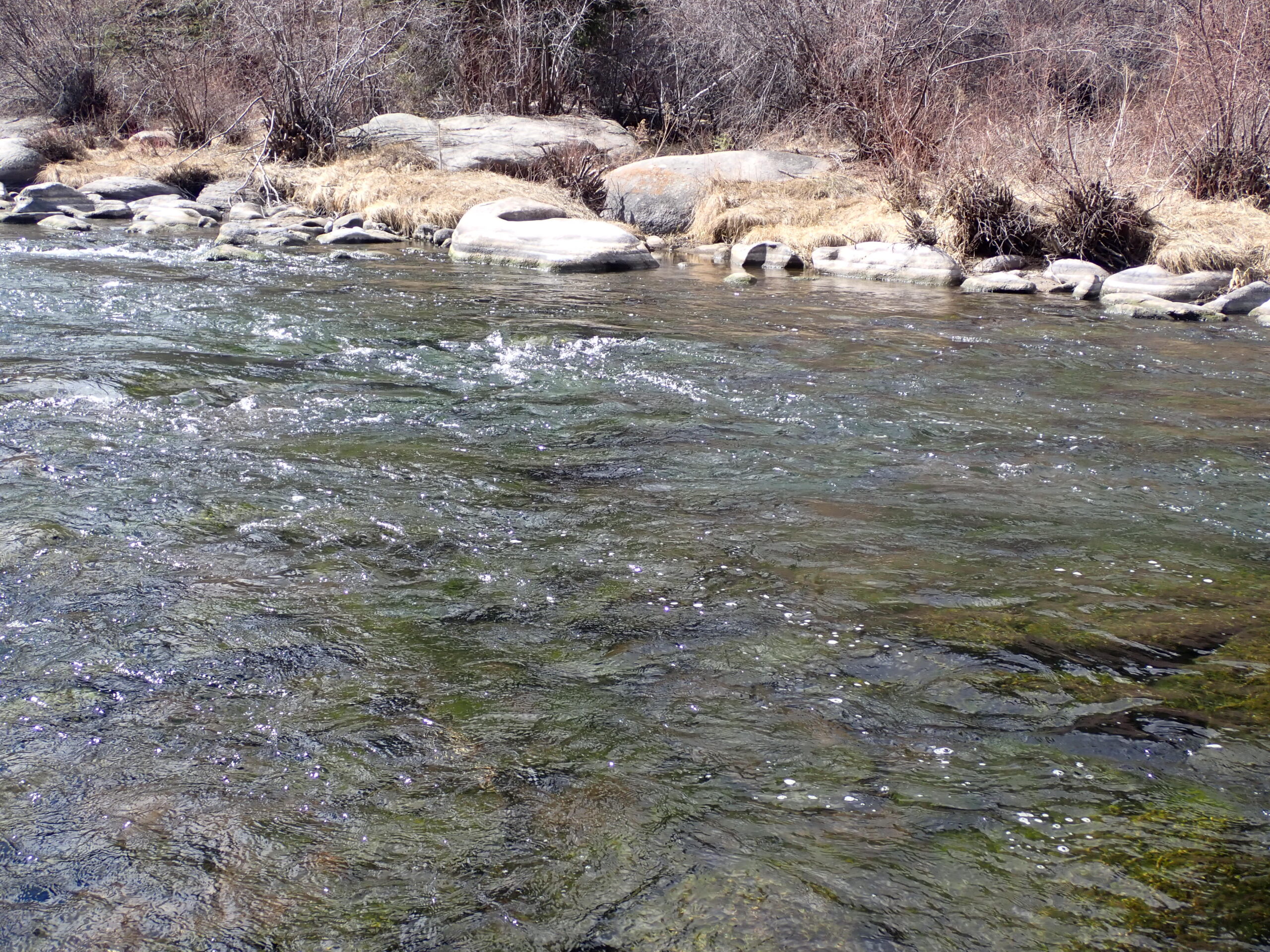 Perfect for Trout
Perfect for Trout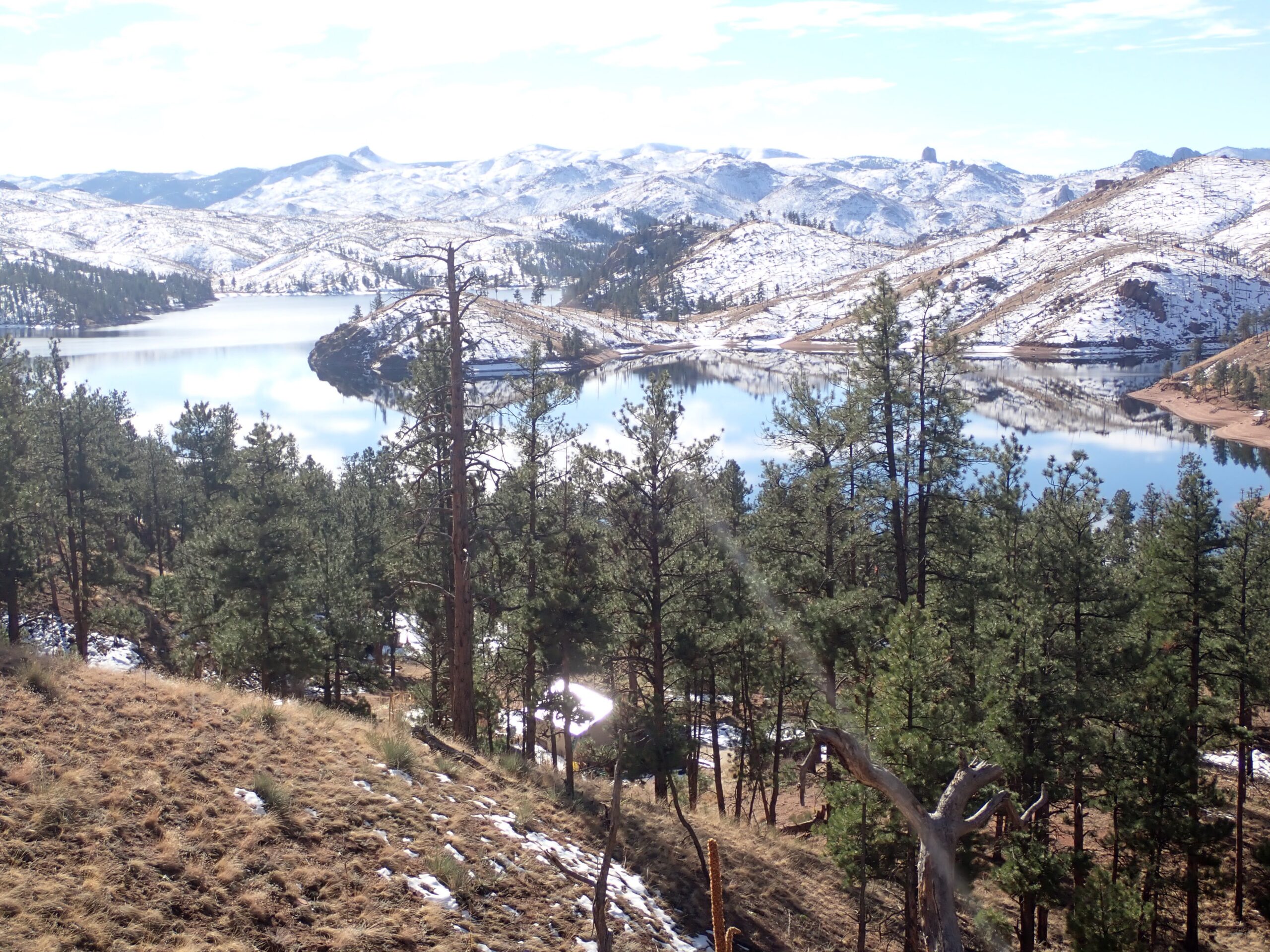 Cheesman Reservoir
Cheesman Reservoir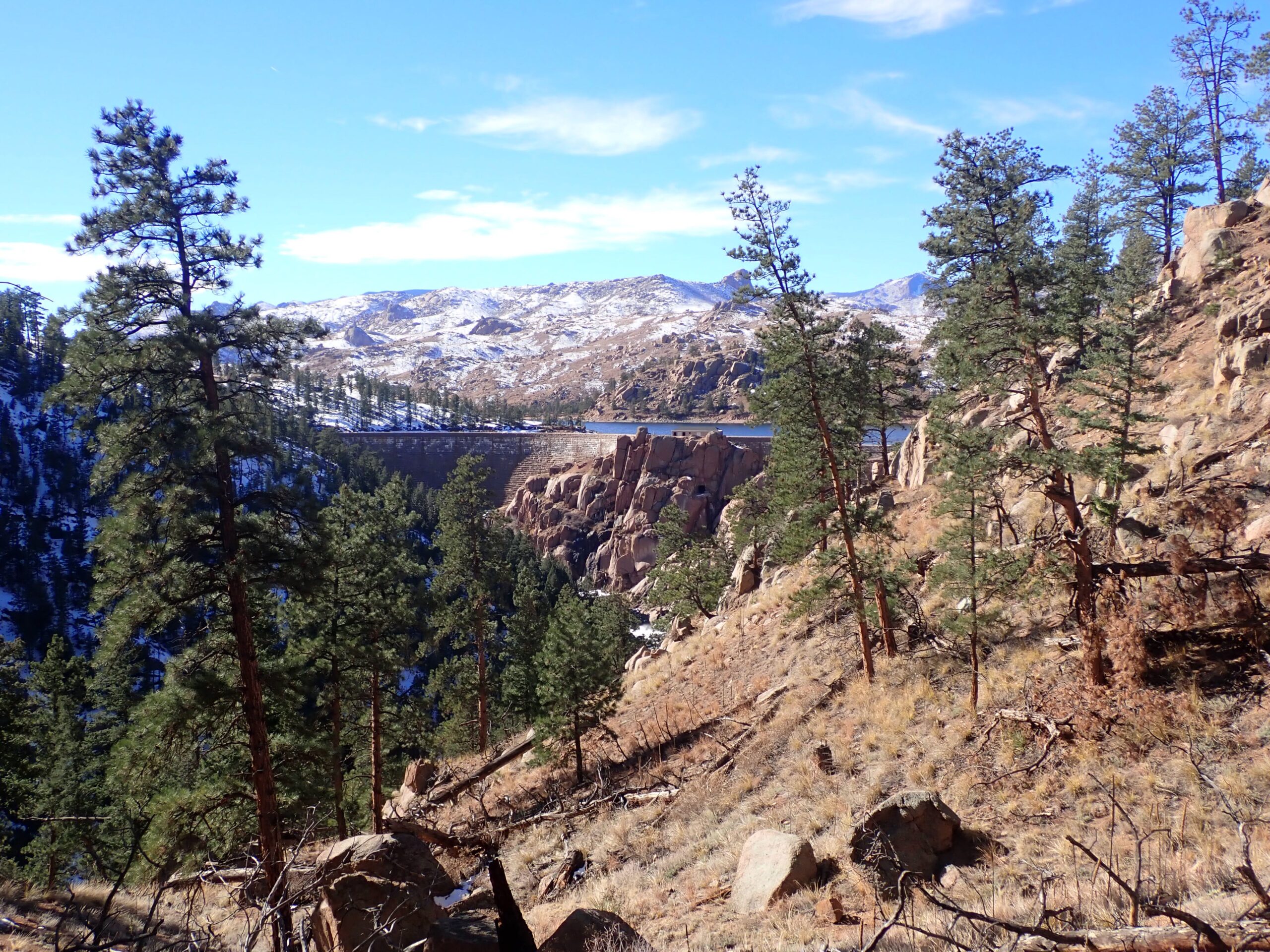 This View of the Dam Provides a Sense of the Steepness of the Canyon
This View of the Dam Provides a Sense of the Steepness of the Canyon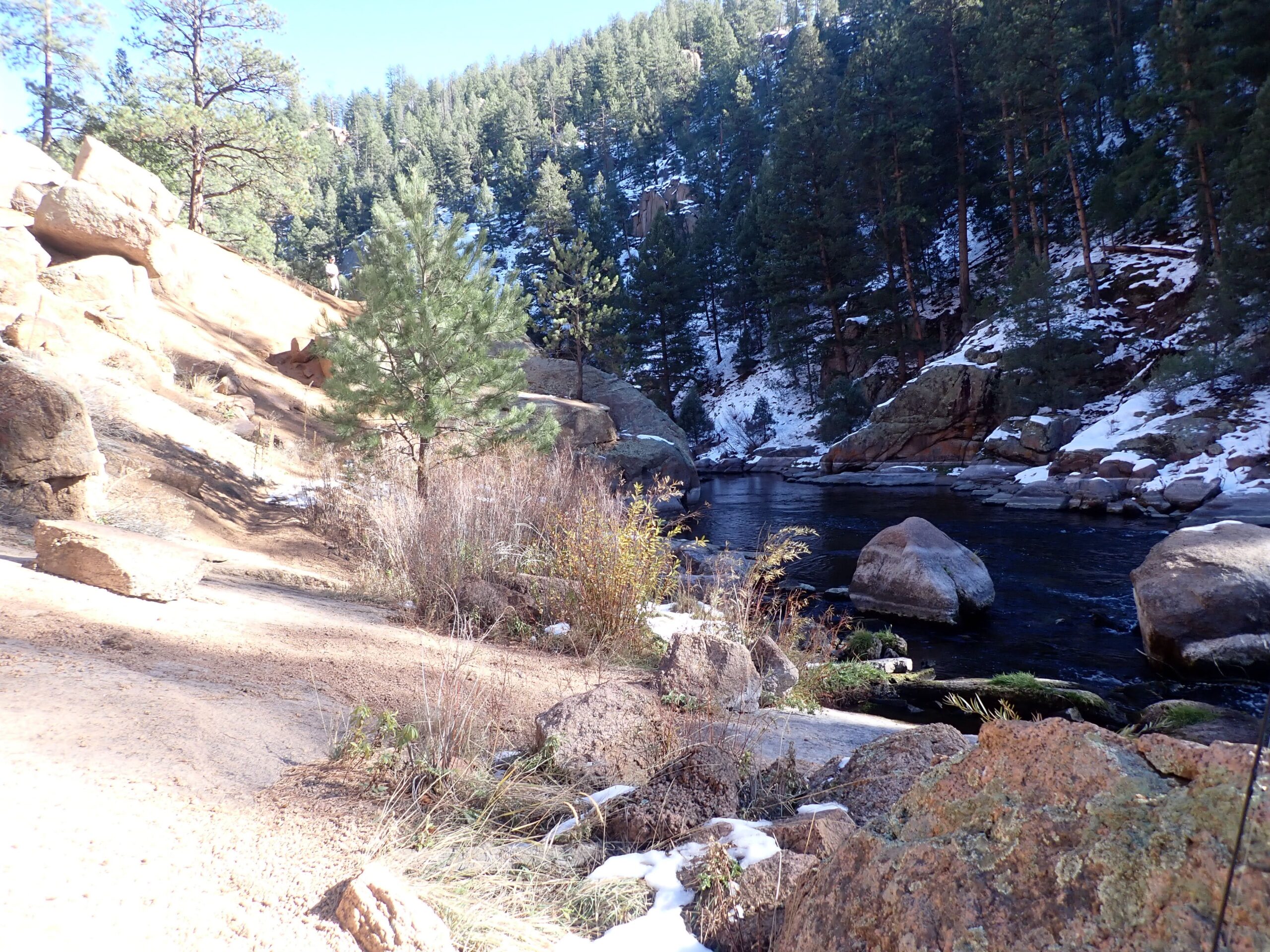 Conditions in the Canyon
Conditions in the Canyon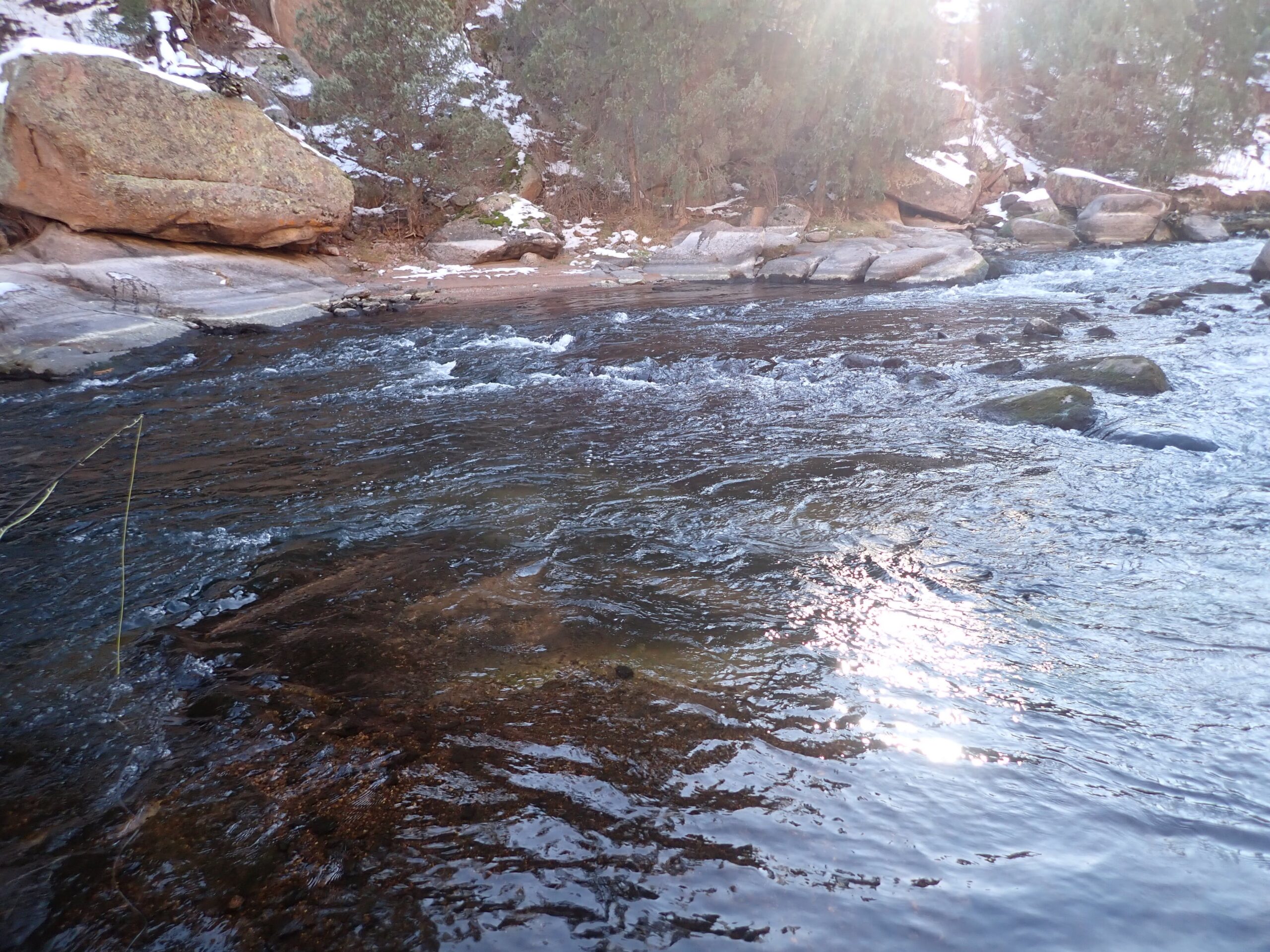 Site of the Only Catch of the Day
Site of the Only Catch of the Day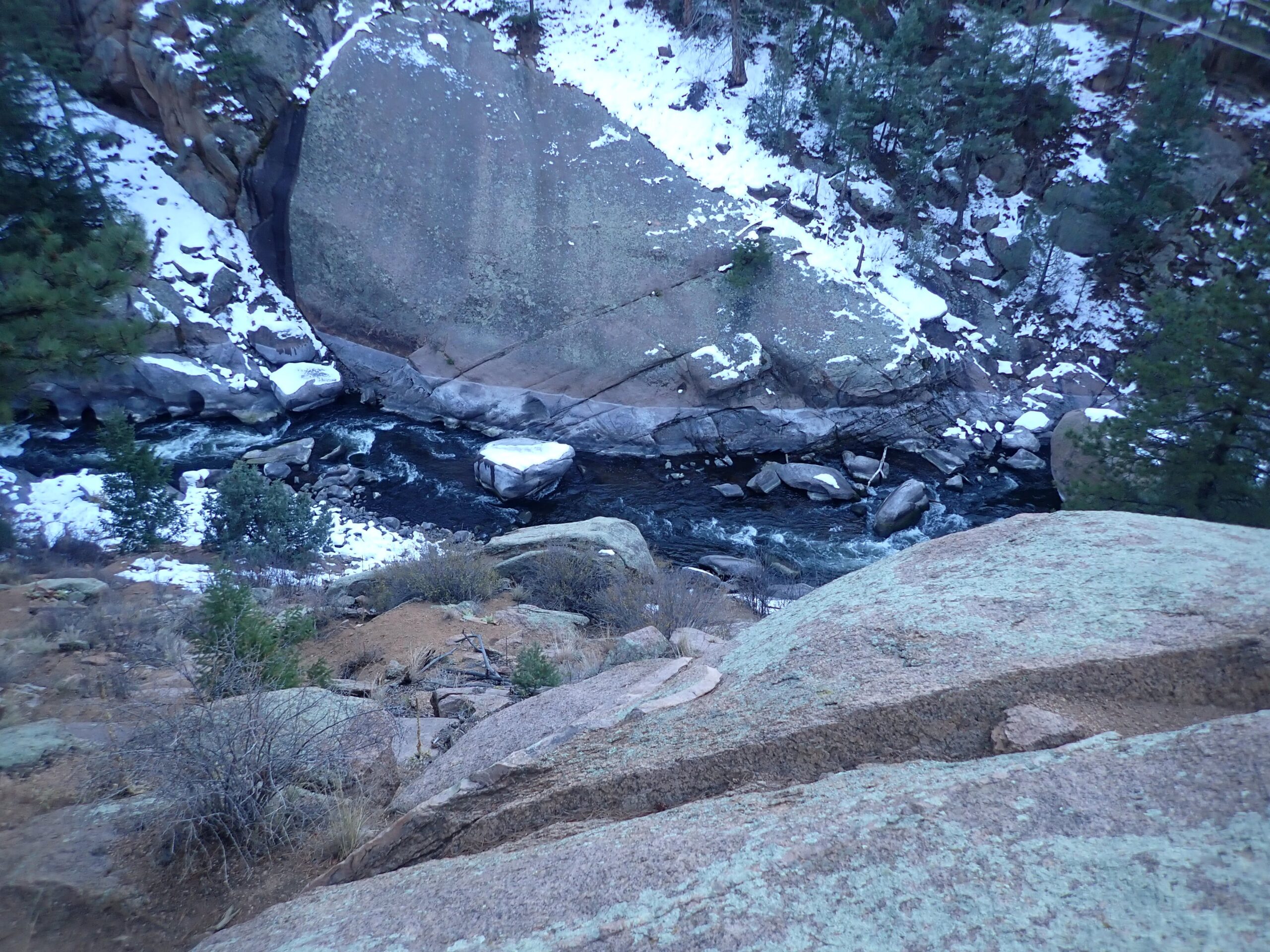 Looking Back After Early Ascent
Looking Back After Early Ascent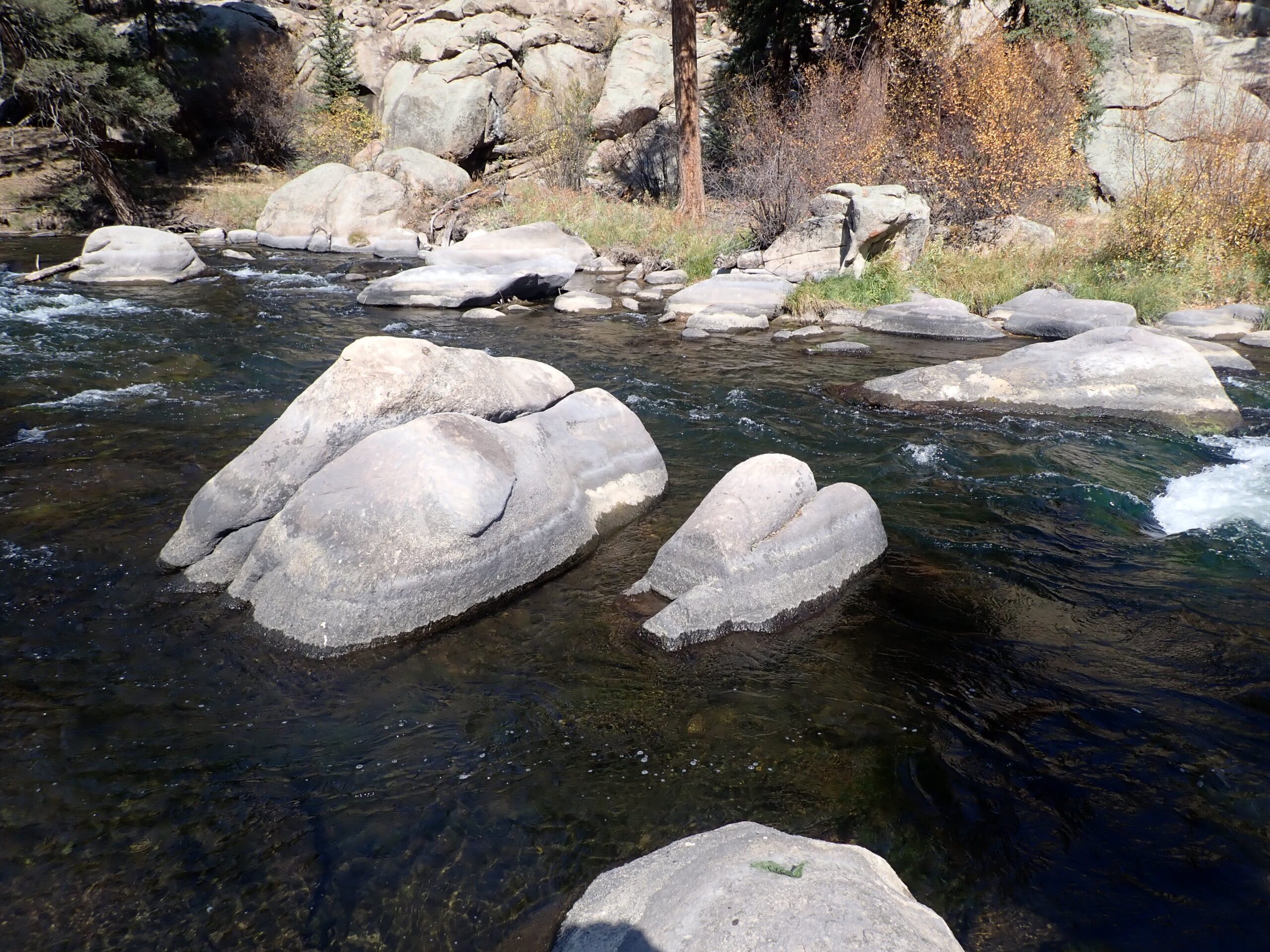 Pockets Around Exposed Boulders
Pockets Around Exposed Boulders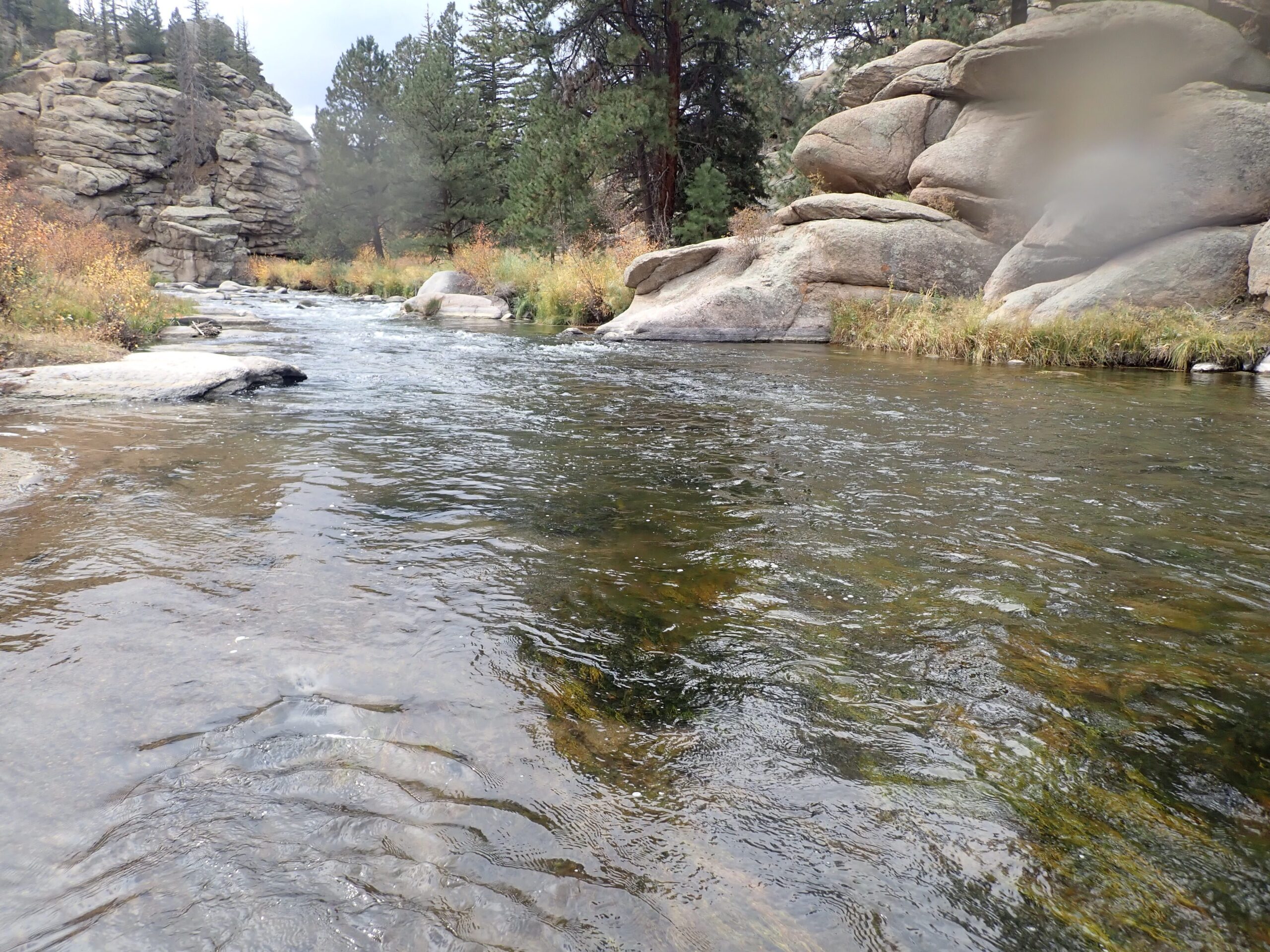 Wide Riffle Area Delivered
Wide Riffle Area Delivered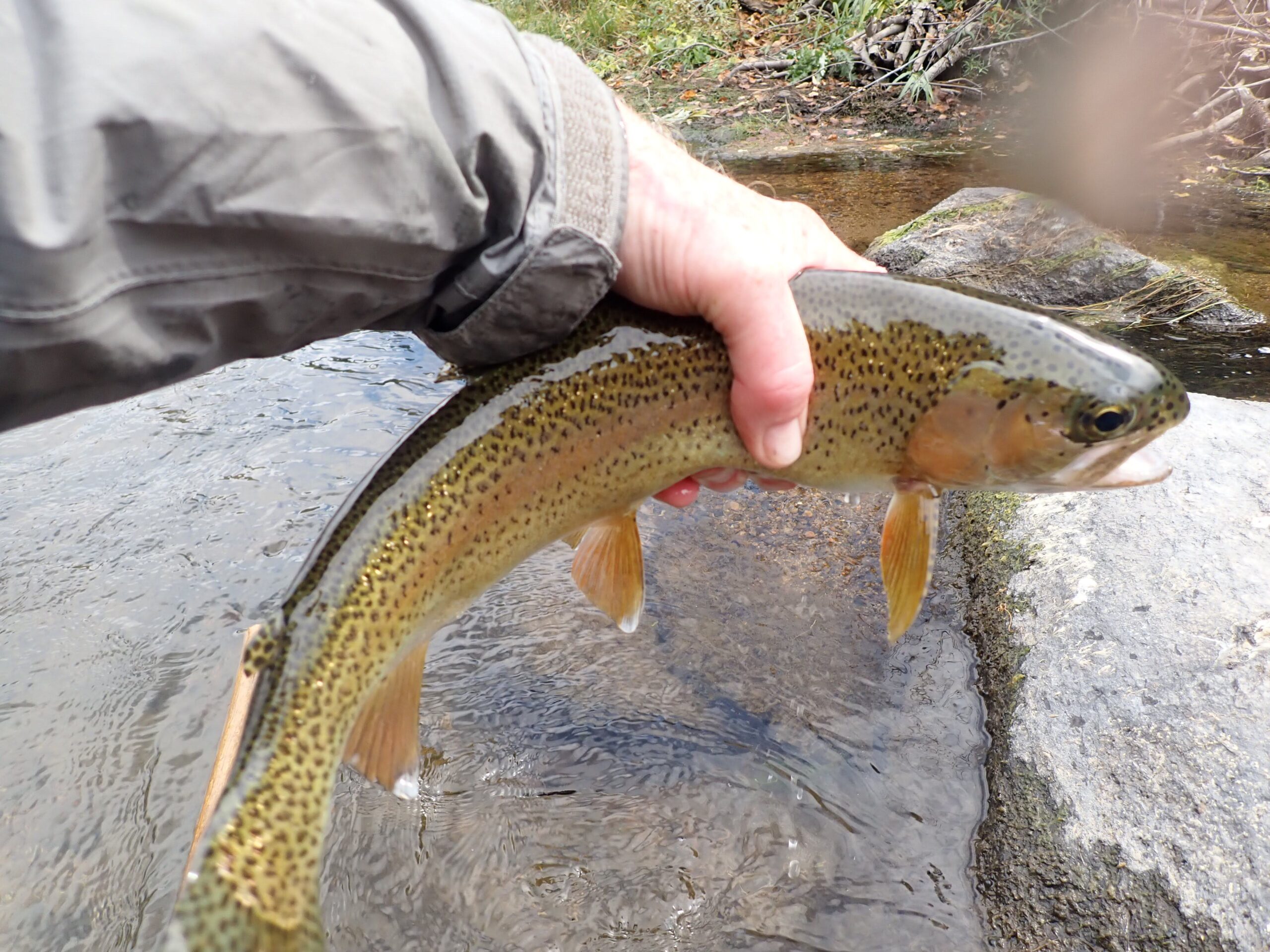 Best of the Day
Best of the Day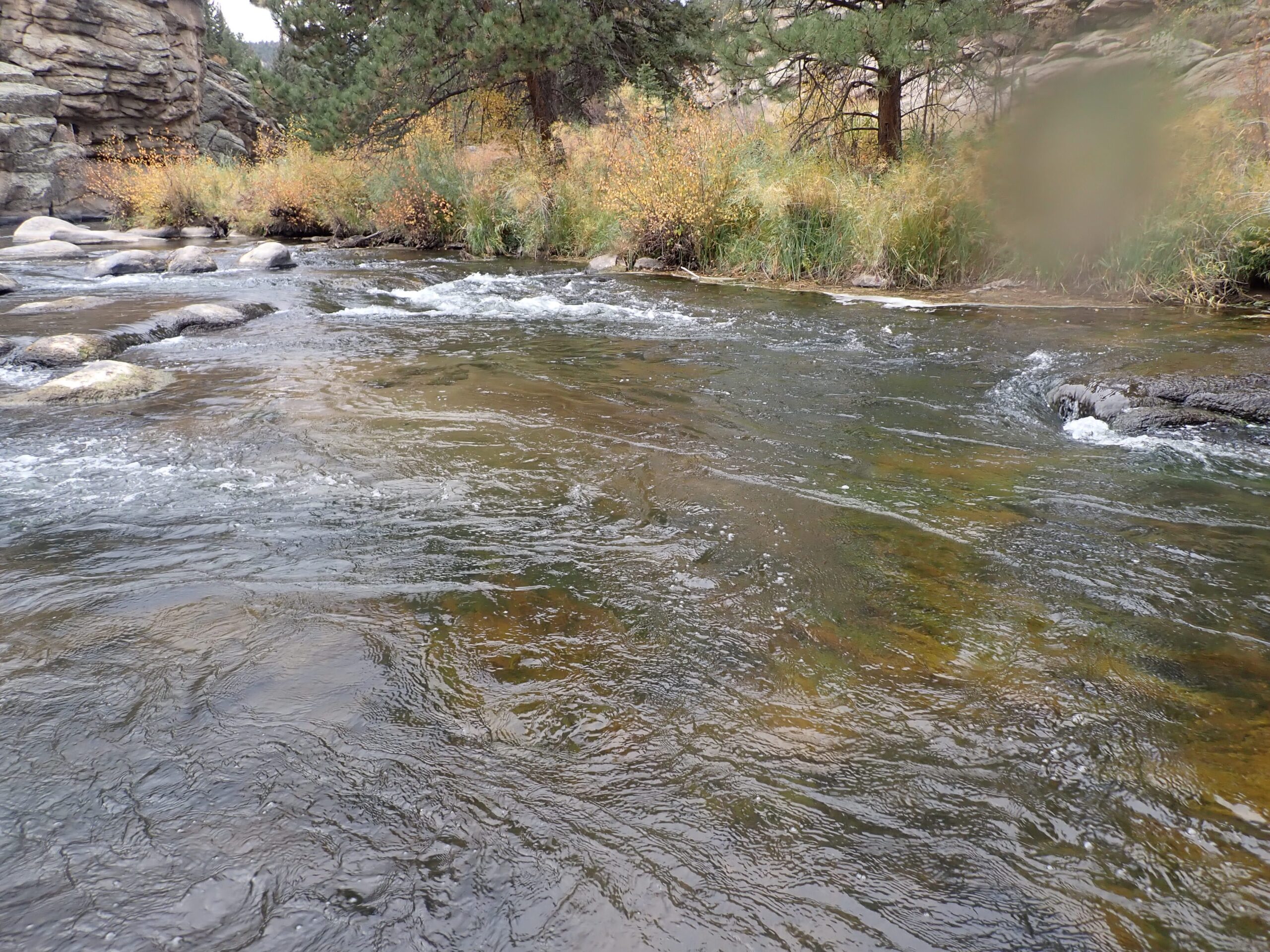 Second Nice Rainbow Came from This Area
Second Nice Rainbow Came from This Area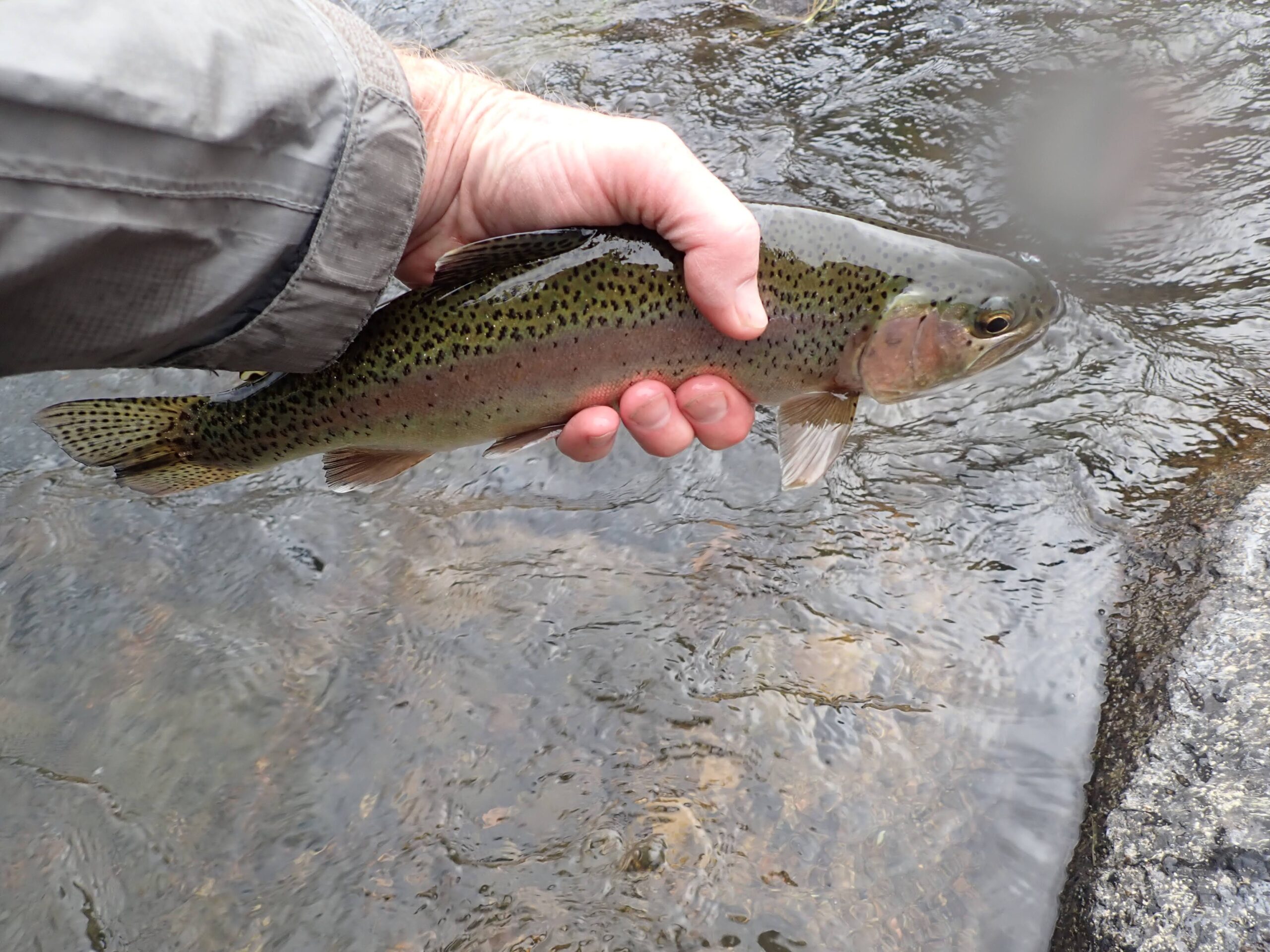 Headed Home
Headed Home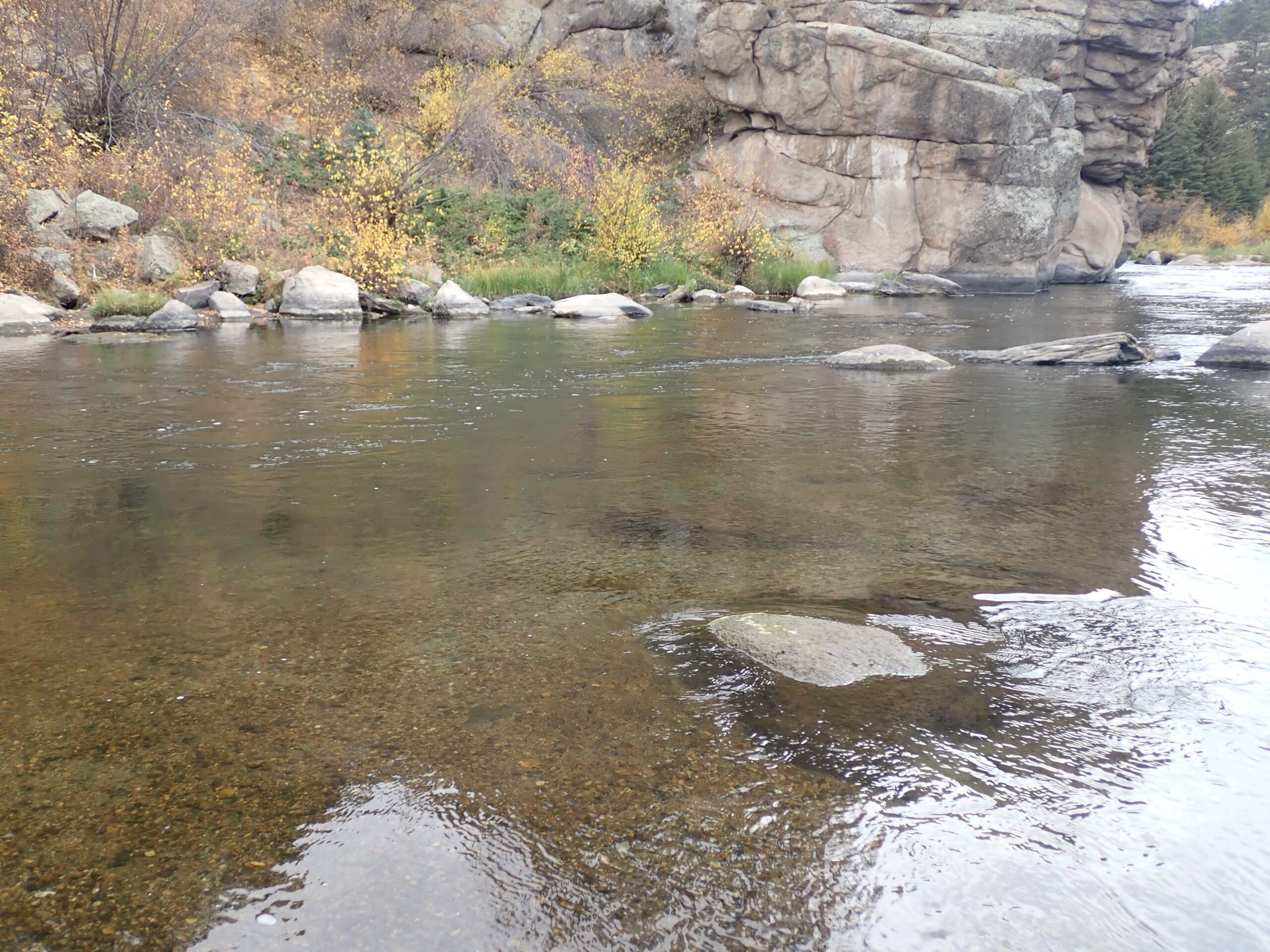 Top of Long, Smooth Pool
Top of Long, Smooth Pool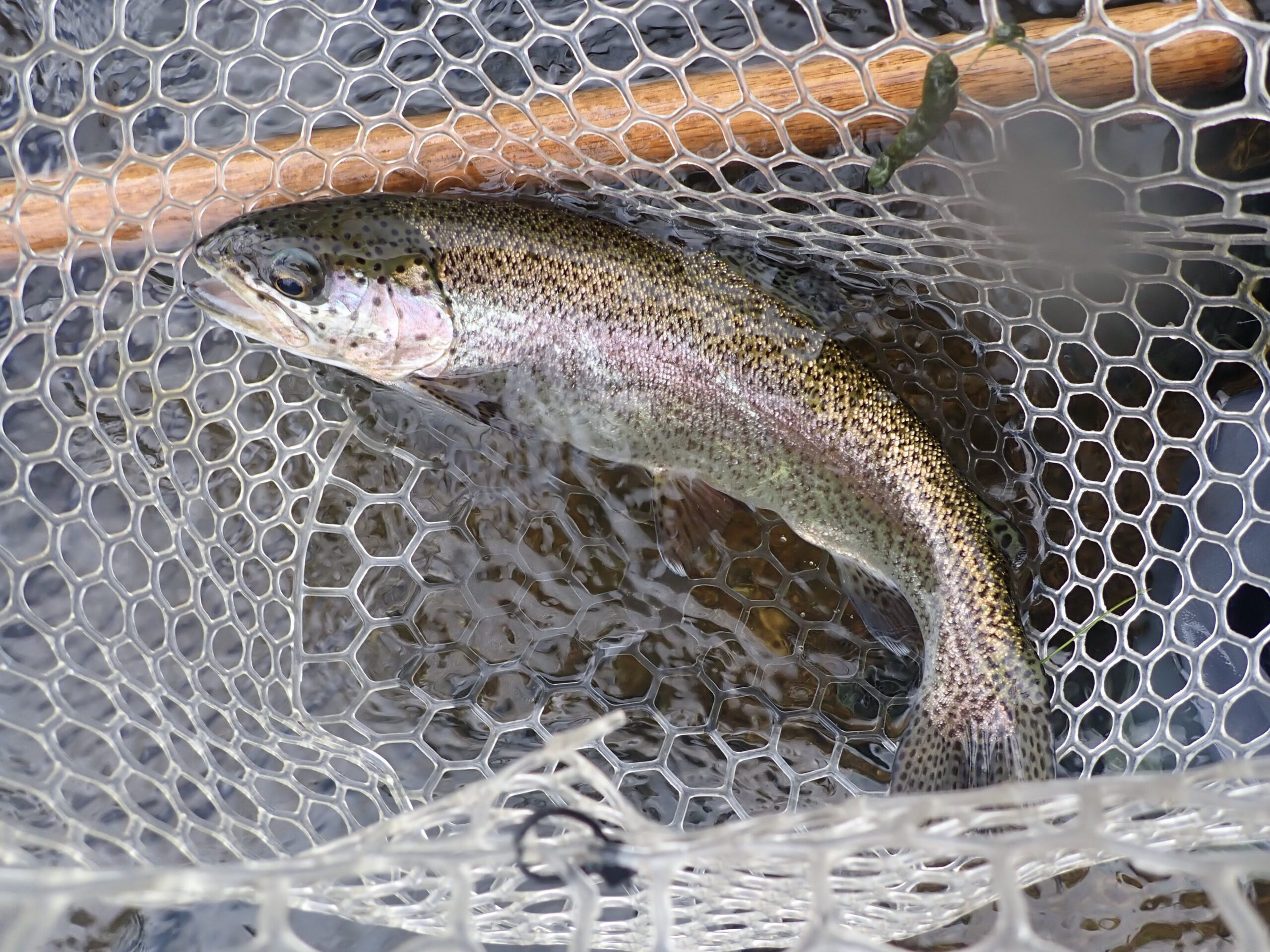 Dry Fly Reward
Dry Fly Reward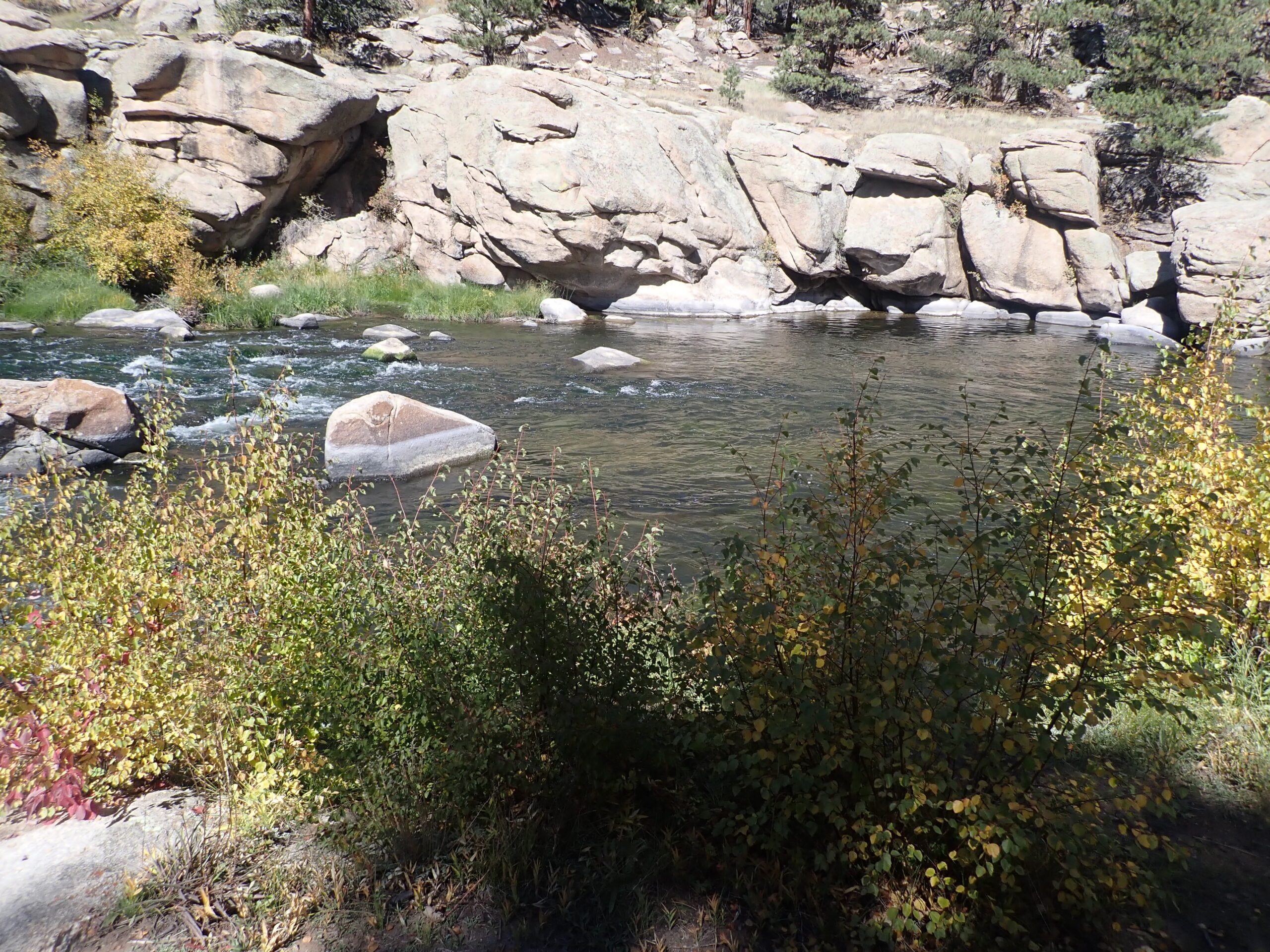 Lunch View
Lunch View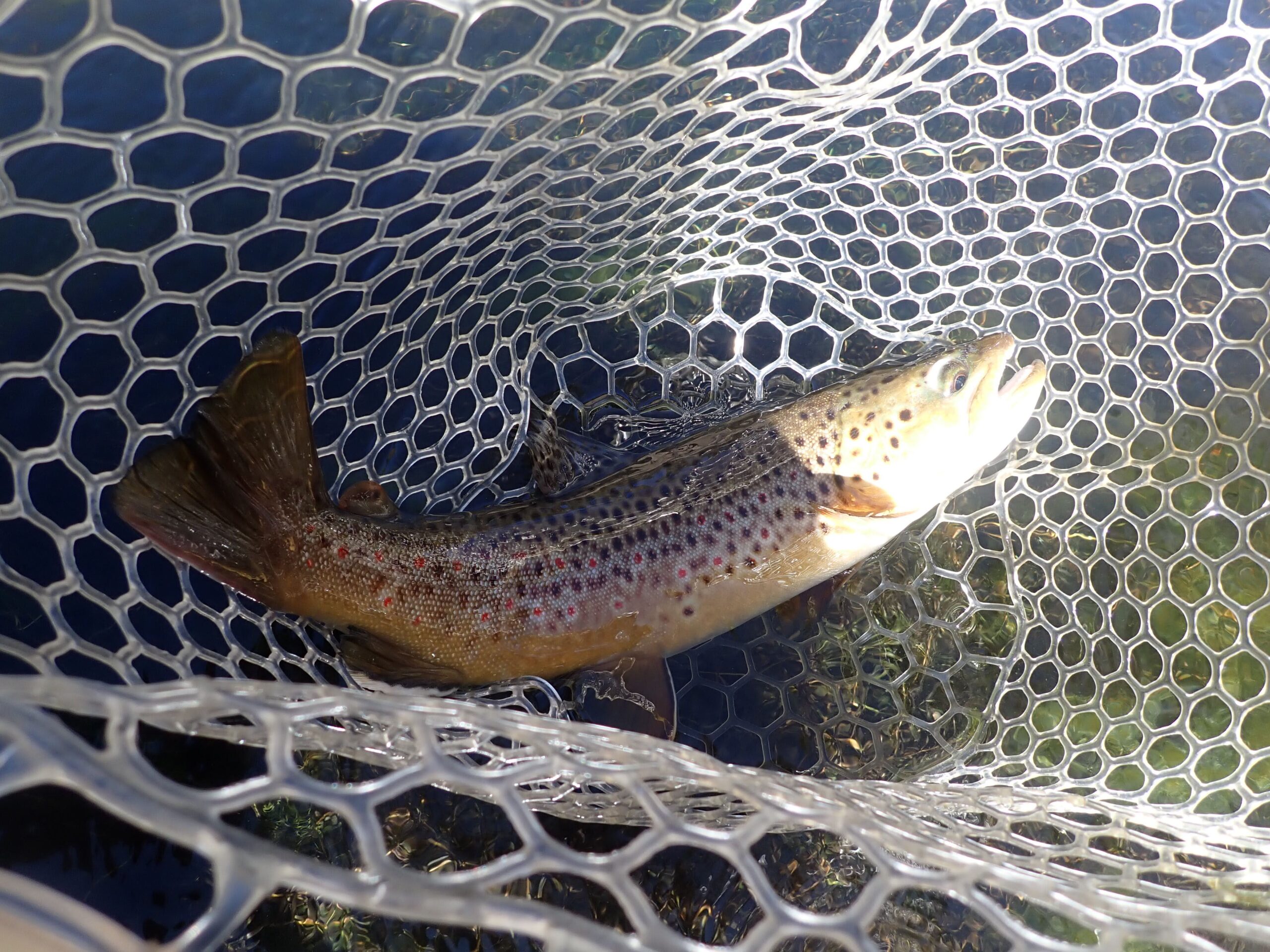 Fifteen Inch Brown Trout
Fifteen Inch Brown Trout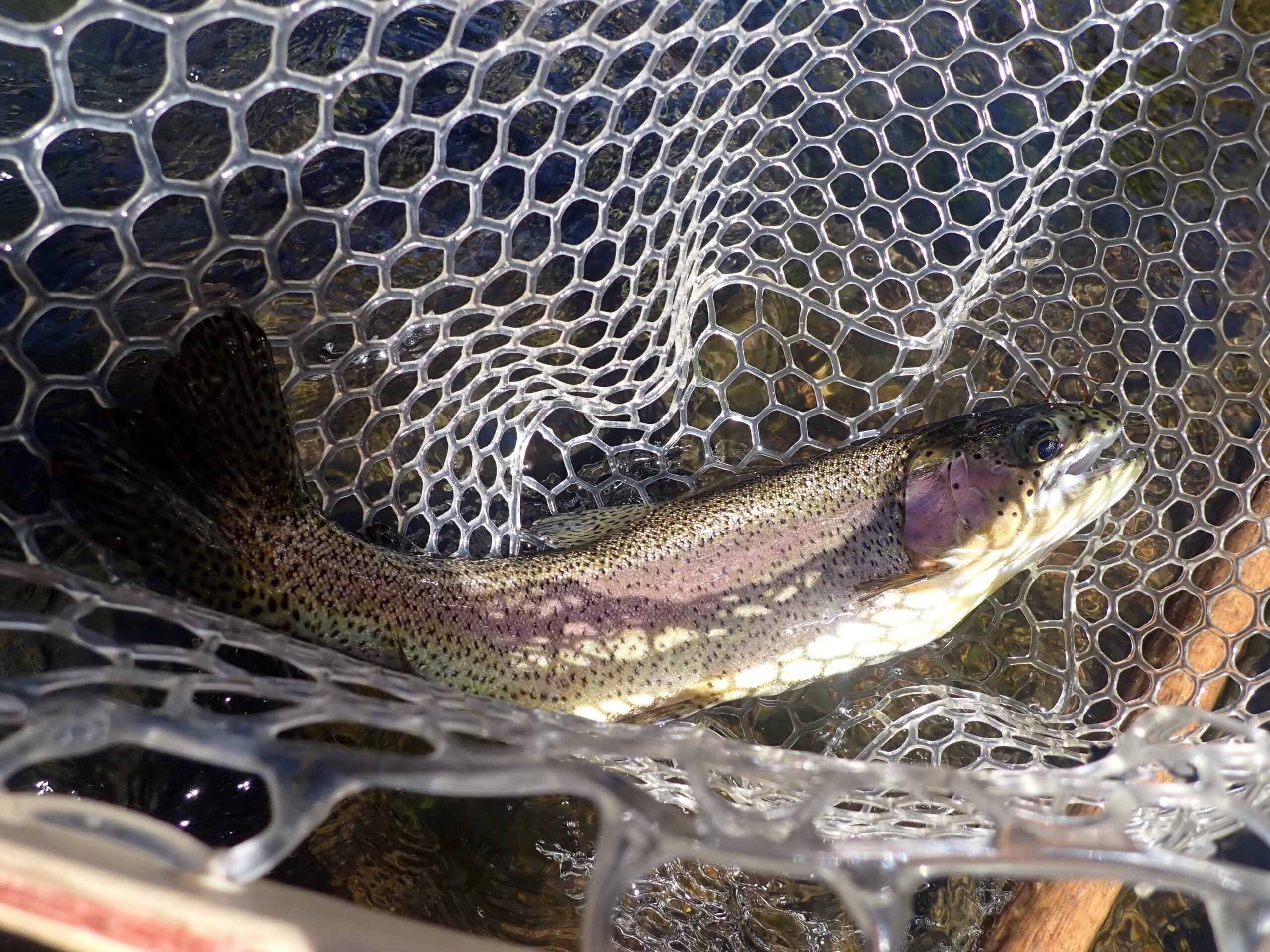 First of Two Gorgeous Rainbow Trout
First of Two Gorgeous Rainbow Trout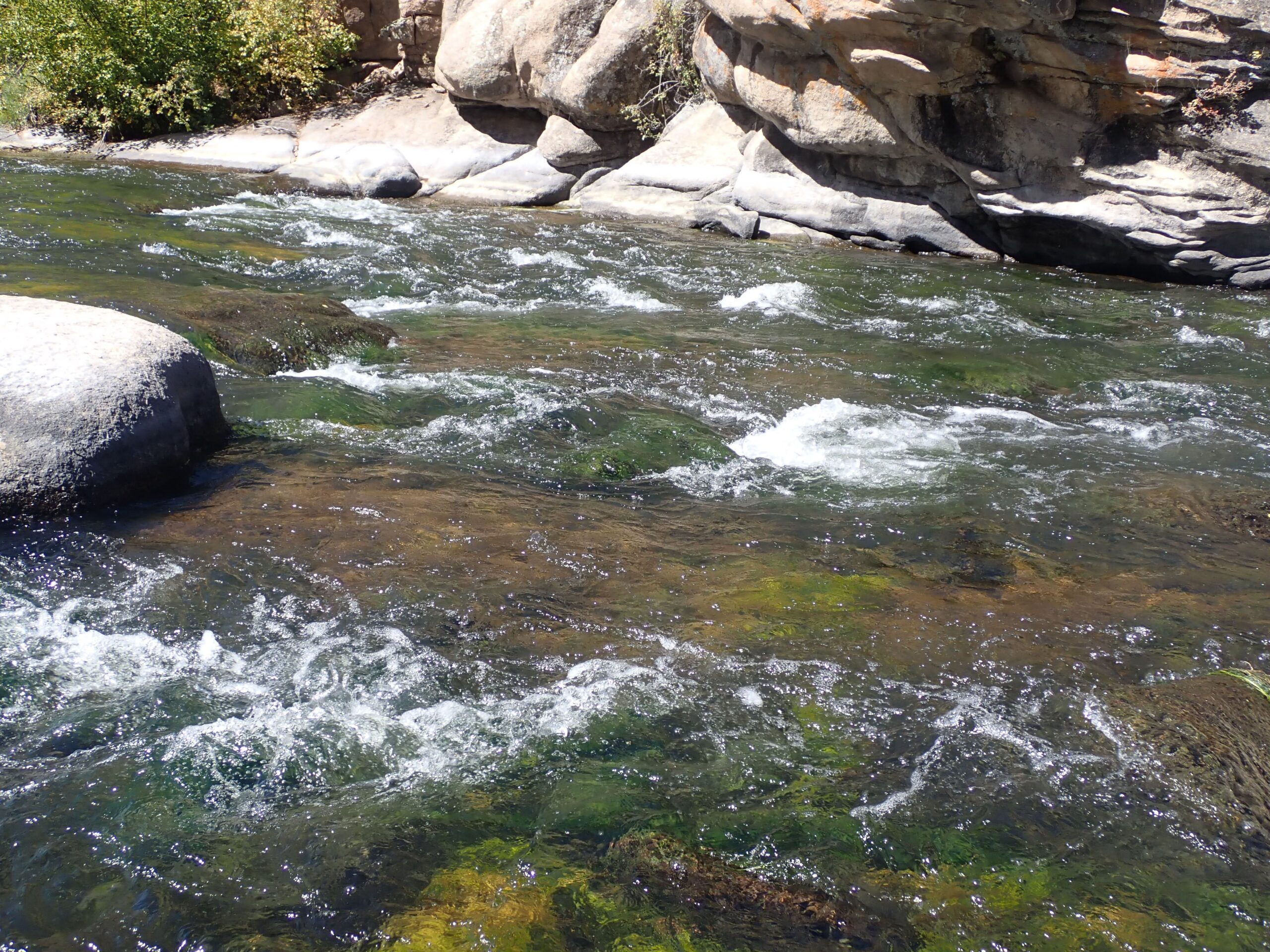 Rainbow Home
Rainbow Home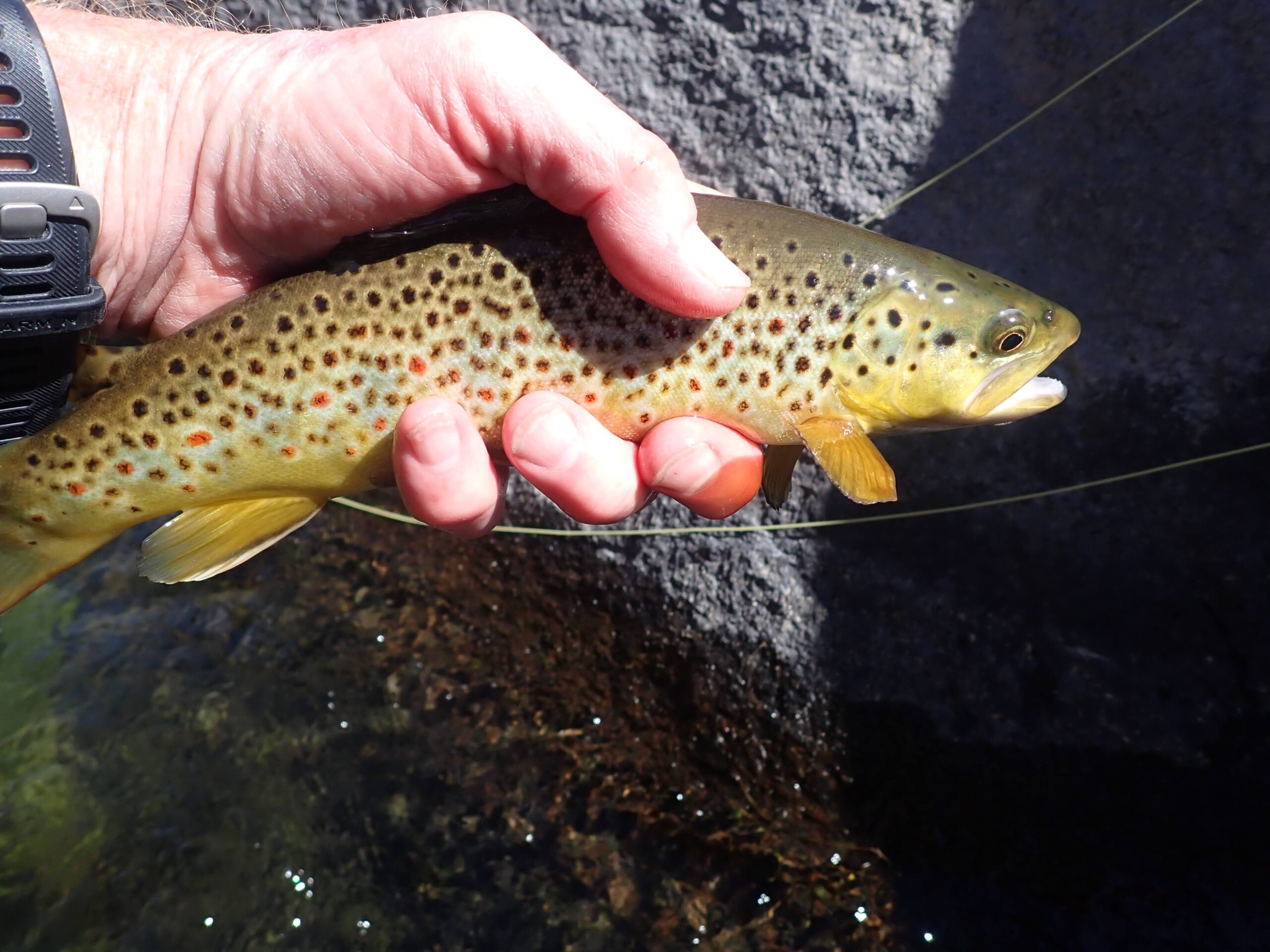 Decent Brown Trout
Decent Brown Trout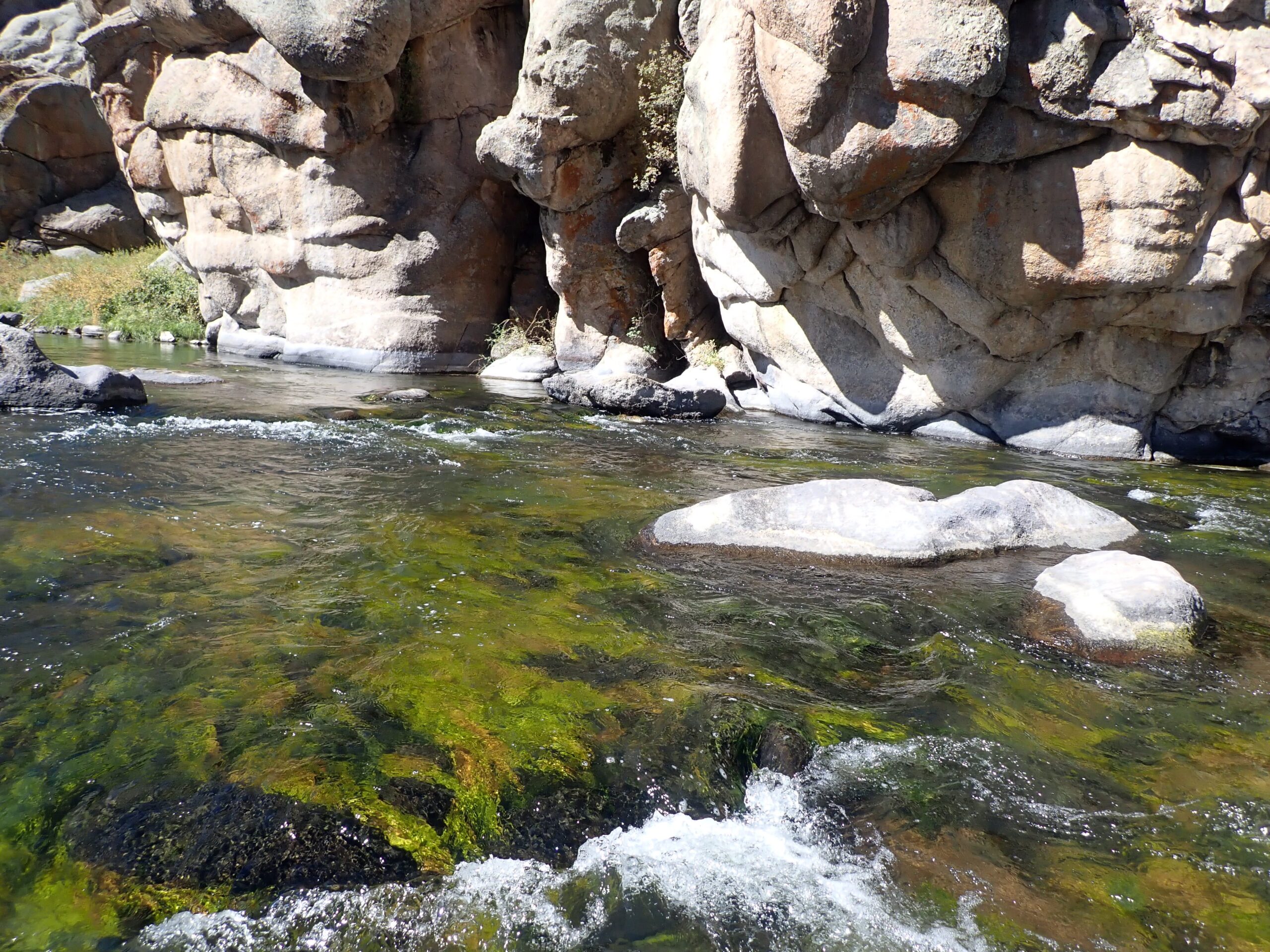 The Type of Water That Produced
The Type of Water That Produced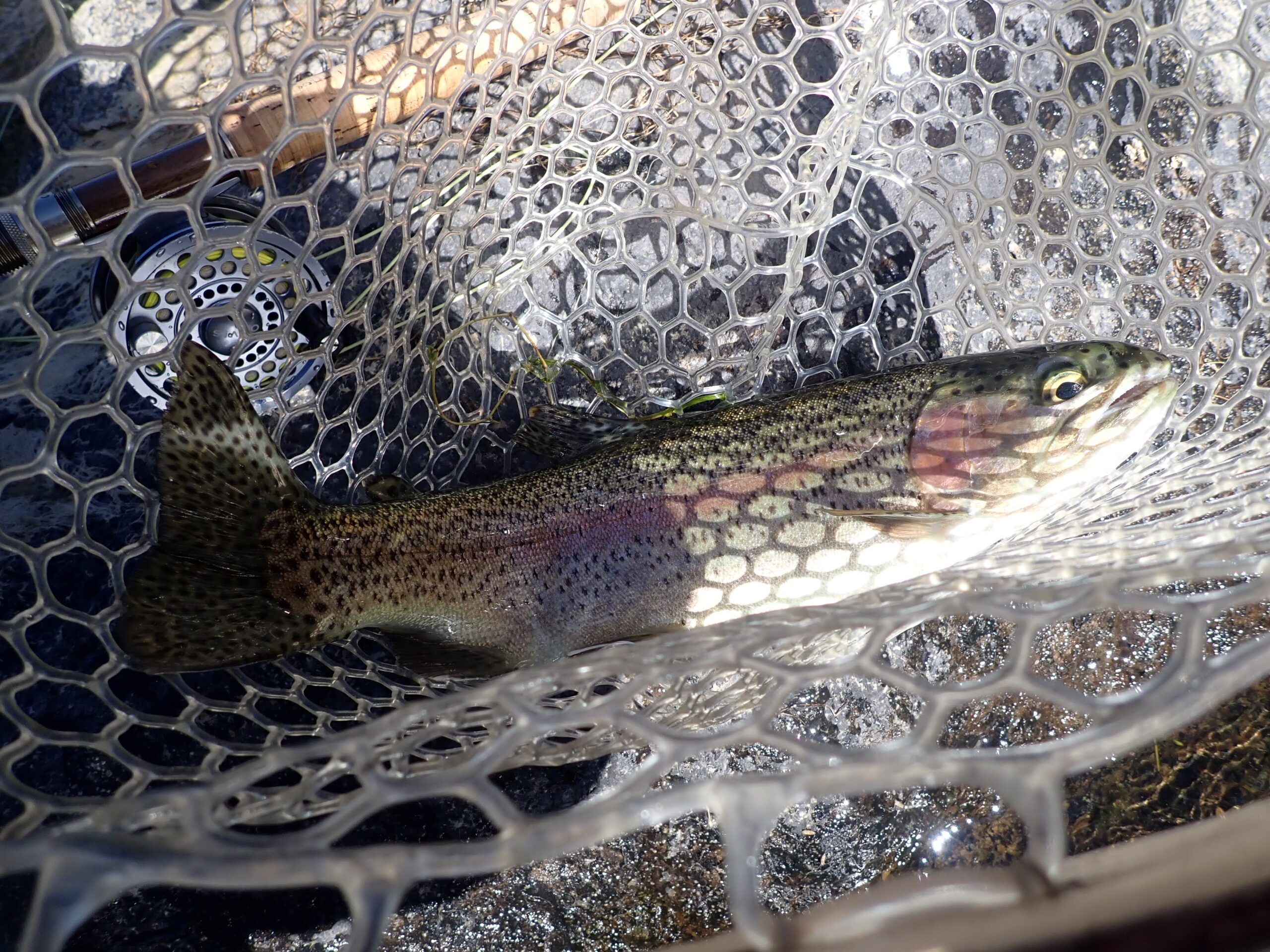 A Second Splendid Rainbow Trout
A Second Splendid Rainbow Trout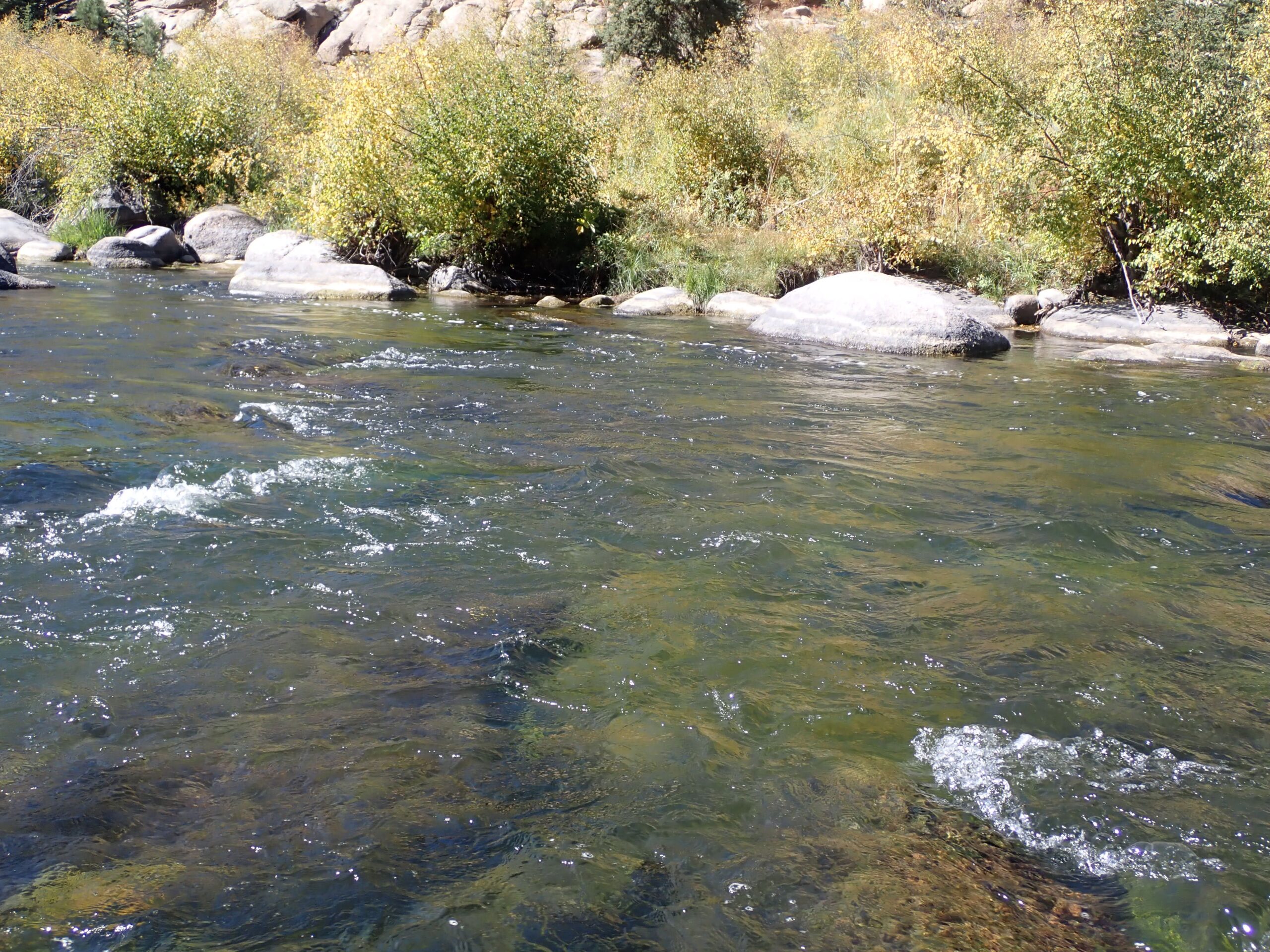 Rainbow Lived in the Run Near the Bank
Rainbow Lived in the Run Near the Bank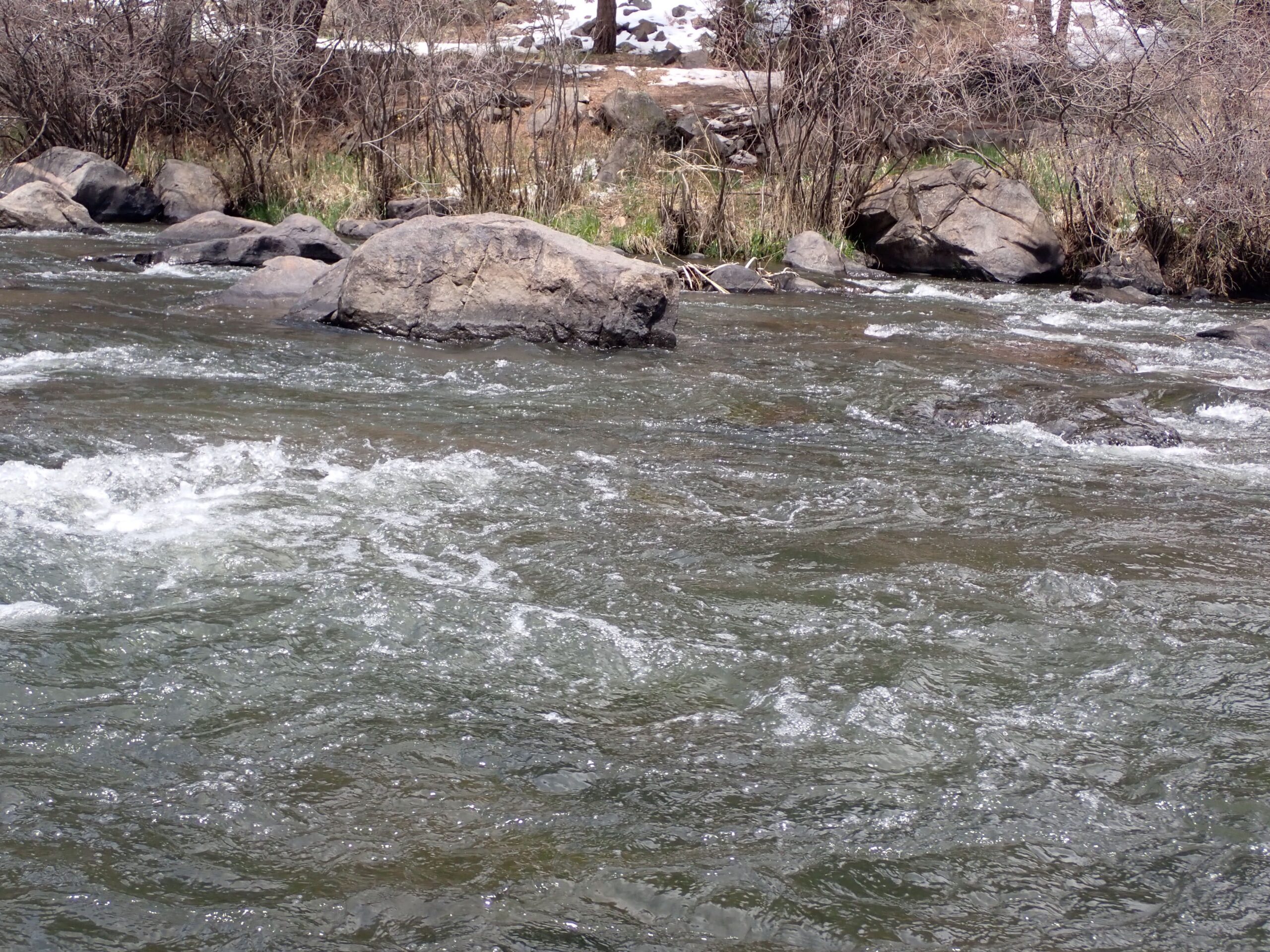 130 CFS and Slightly Stained
130 CFS and Slightly Stained First Fish of the Day
First Fish of the Day Rainbow Trout Before Lunch
Rainbow Trout Before Lunch Rising Trout to Blue Wing Olive Hatch in This Area
Rising Trout to Blue Wing Olive Hatch in This Area Late Afternoon Catch
Late Afternoon Catch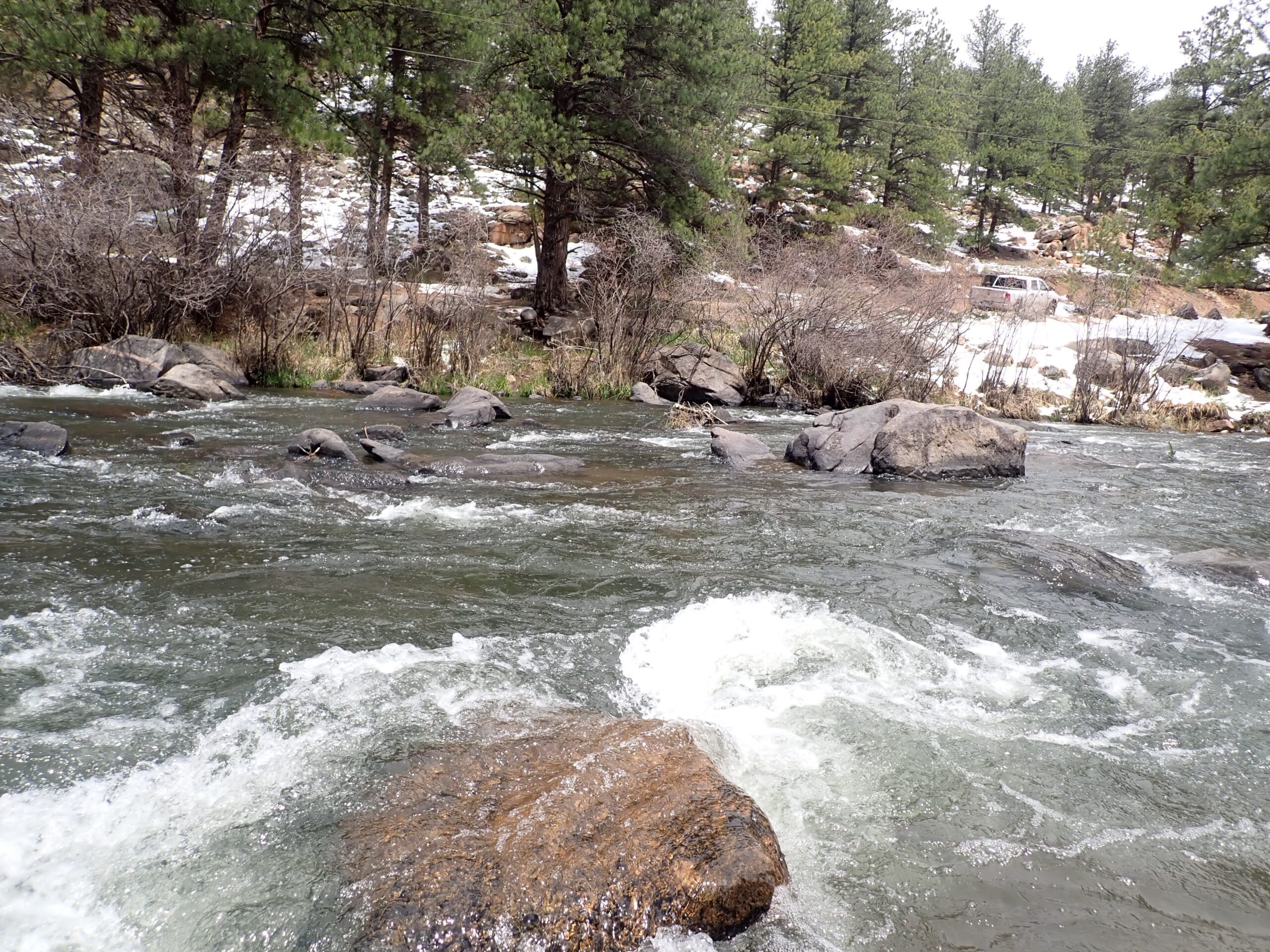 I Like This Pocket Water Section
I Like This Pocket Water Section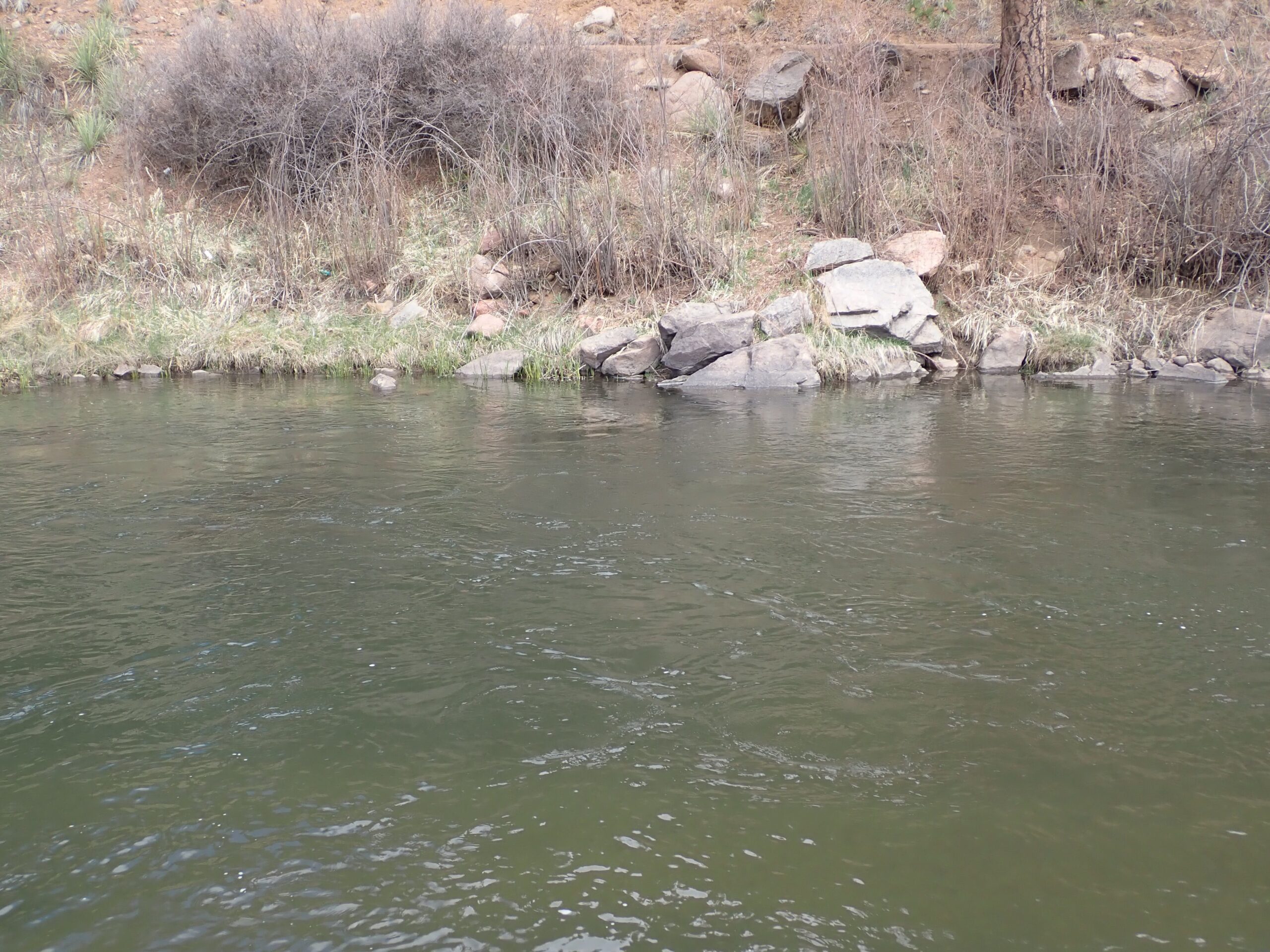 Scene of a Couple Rises
Scene of a Couple Rises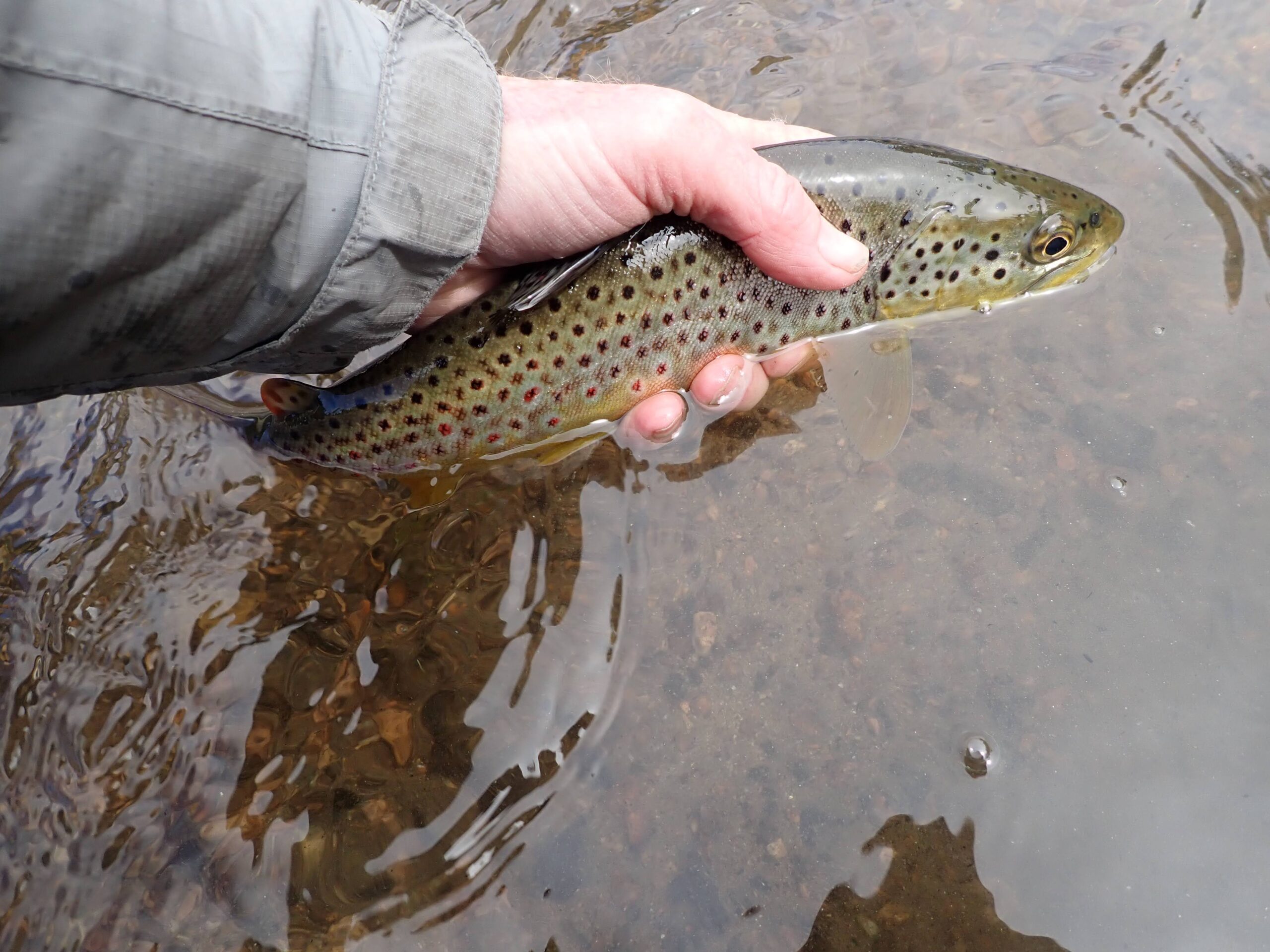 First Trout Was a Brown
First Trout Was a Brown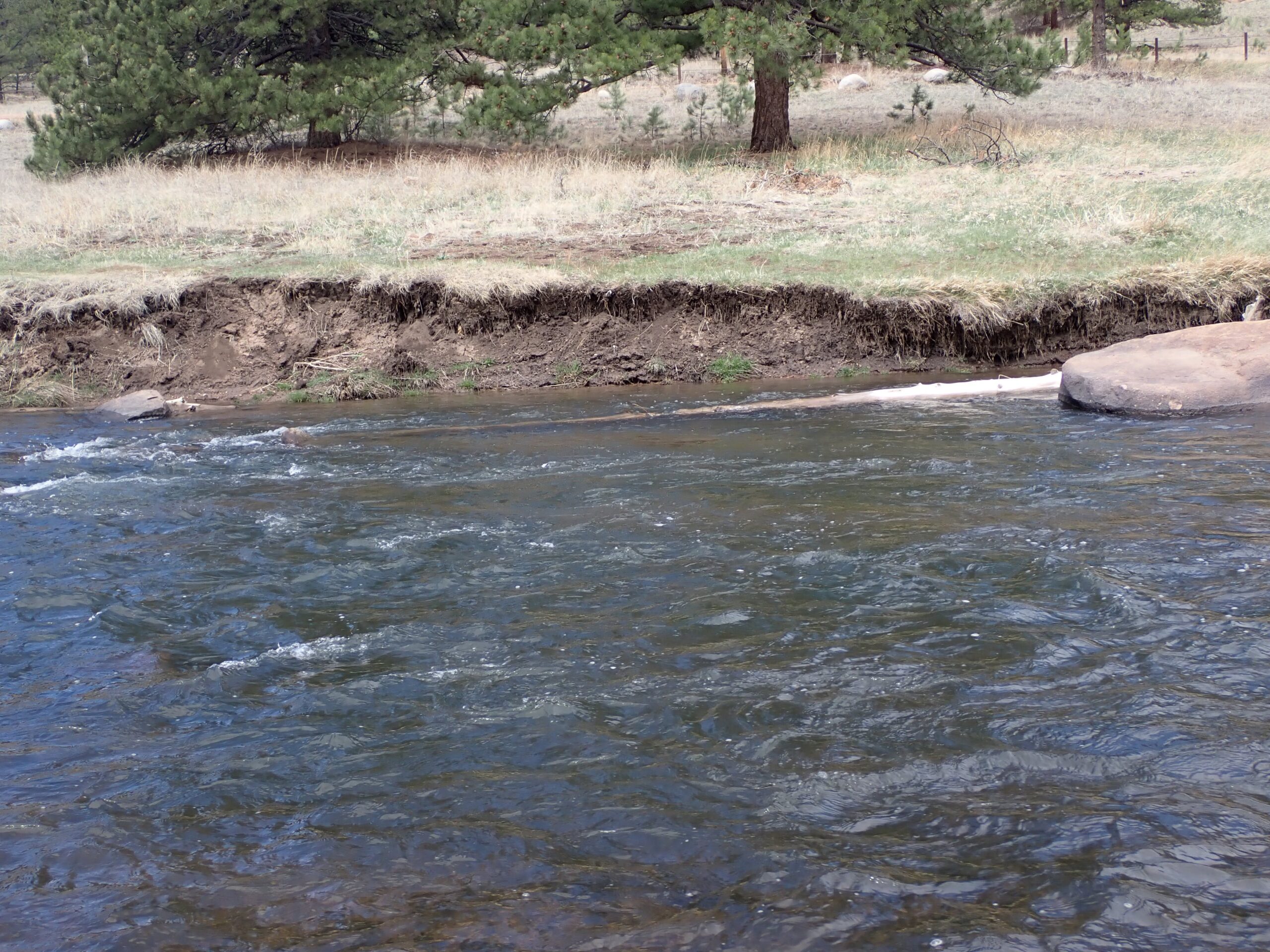 Home of the Wild Brown Next to the Log
Home of the Wild Brown Next to the Log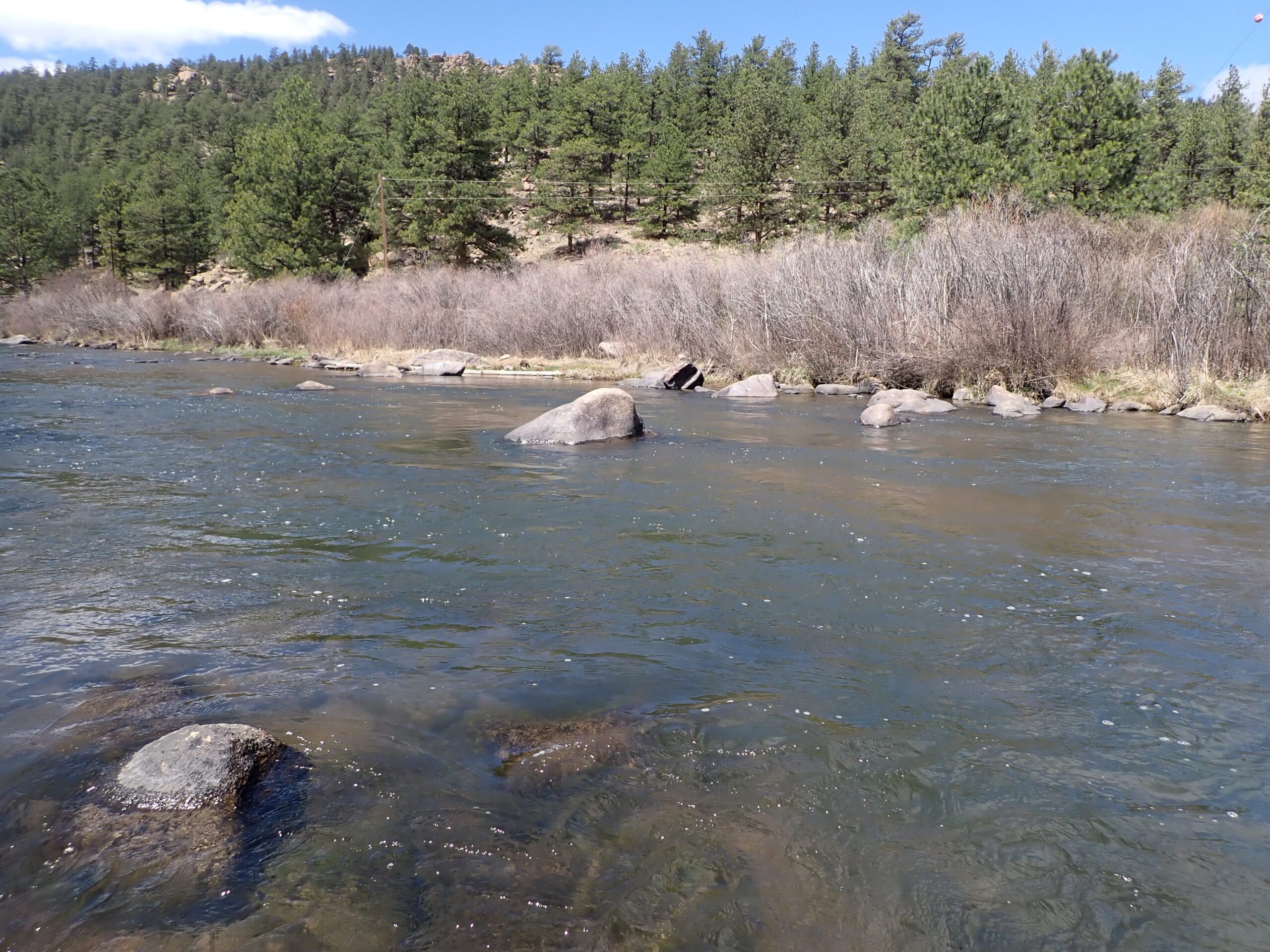 Type of Water Where I Was Swinging and Lifting
Type of Water Where I Was Swinging and Lifting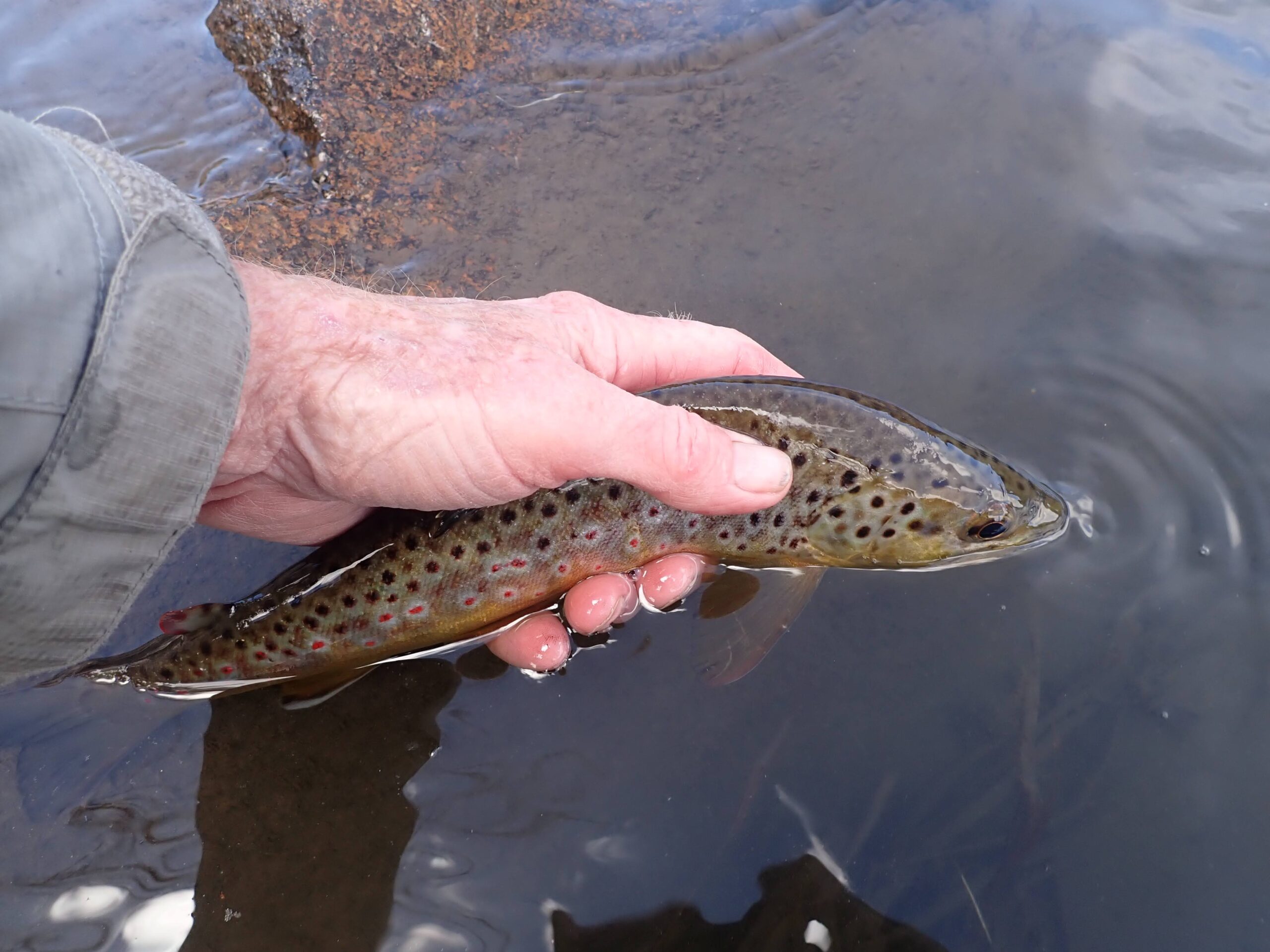 Took 20 Incher on the Swing
Took 20 Incher on the Swing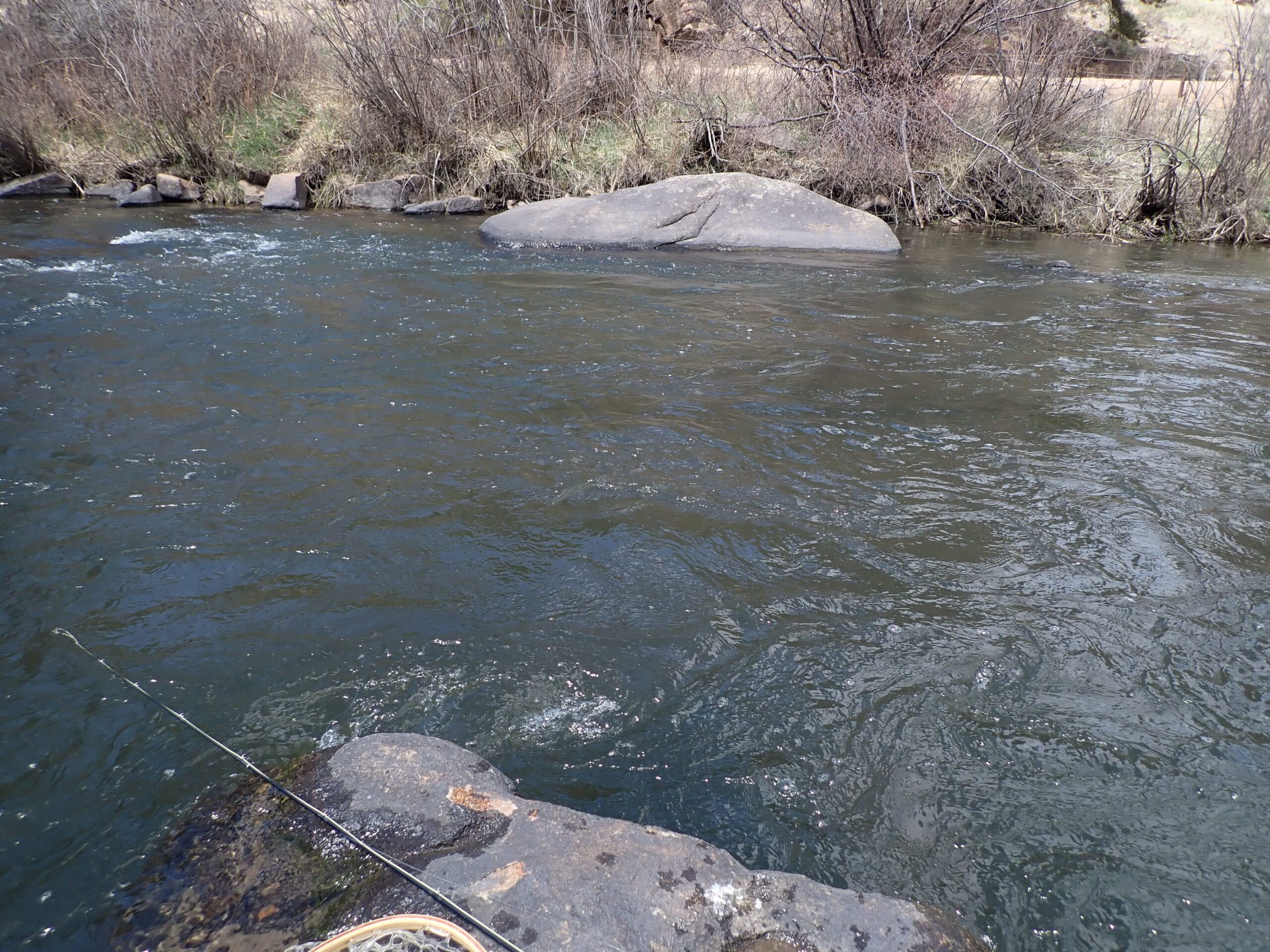 Area Where I First Noticed the Hatch
Area Where I First Noticed the Hatch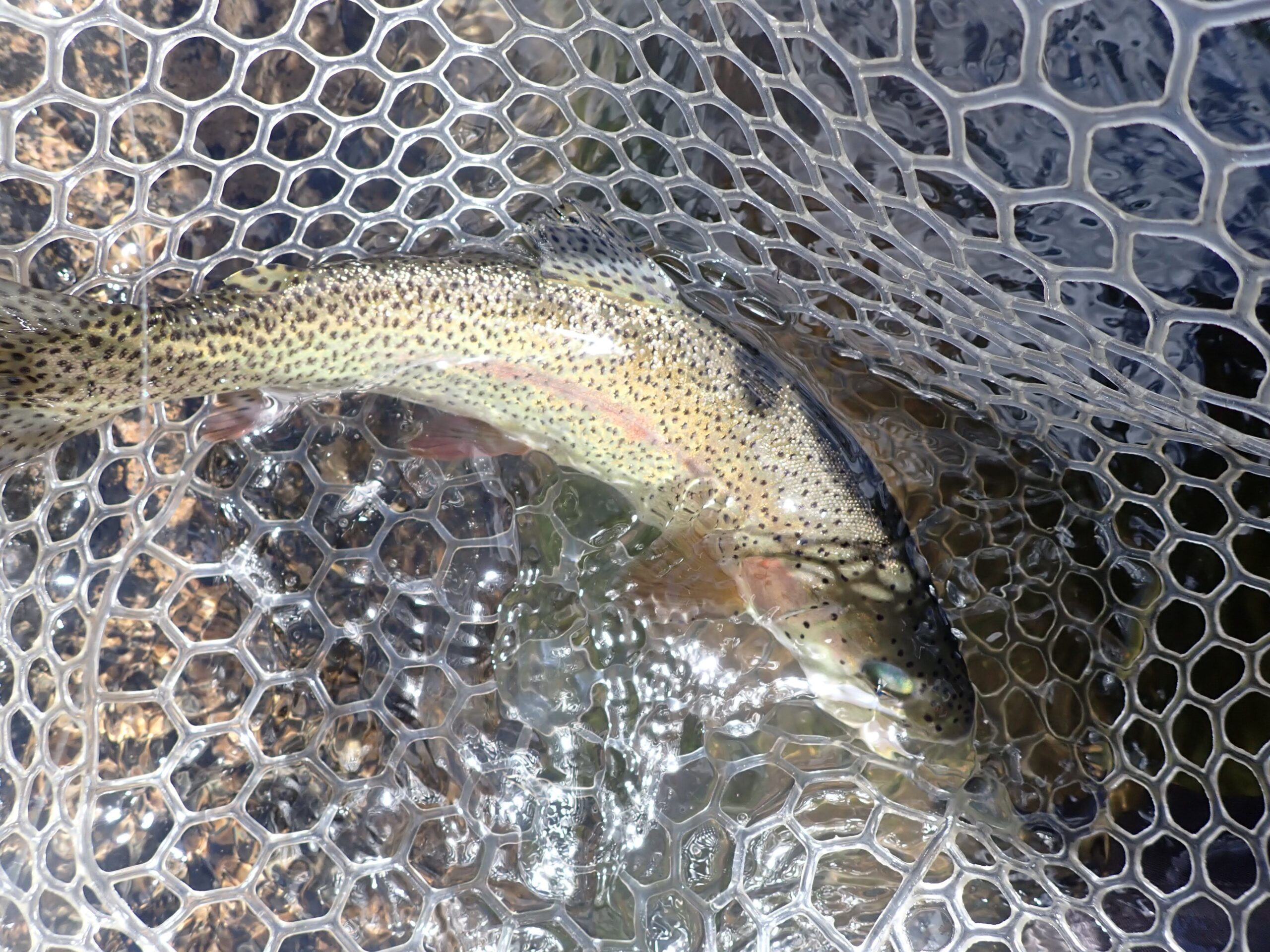 An Early Dry Fly Eater
An Early Dry Fly Eater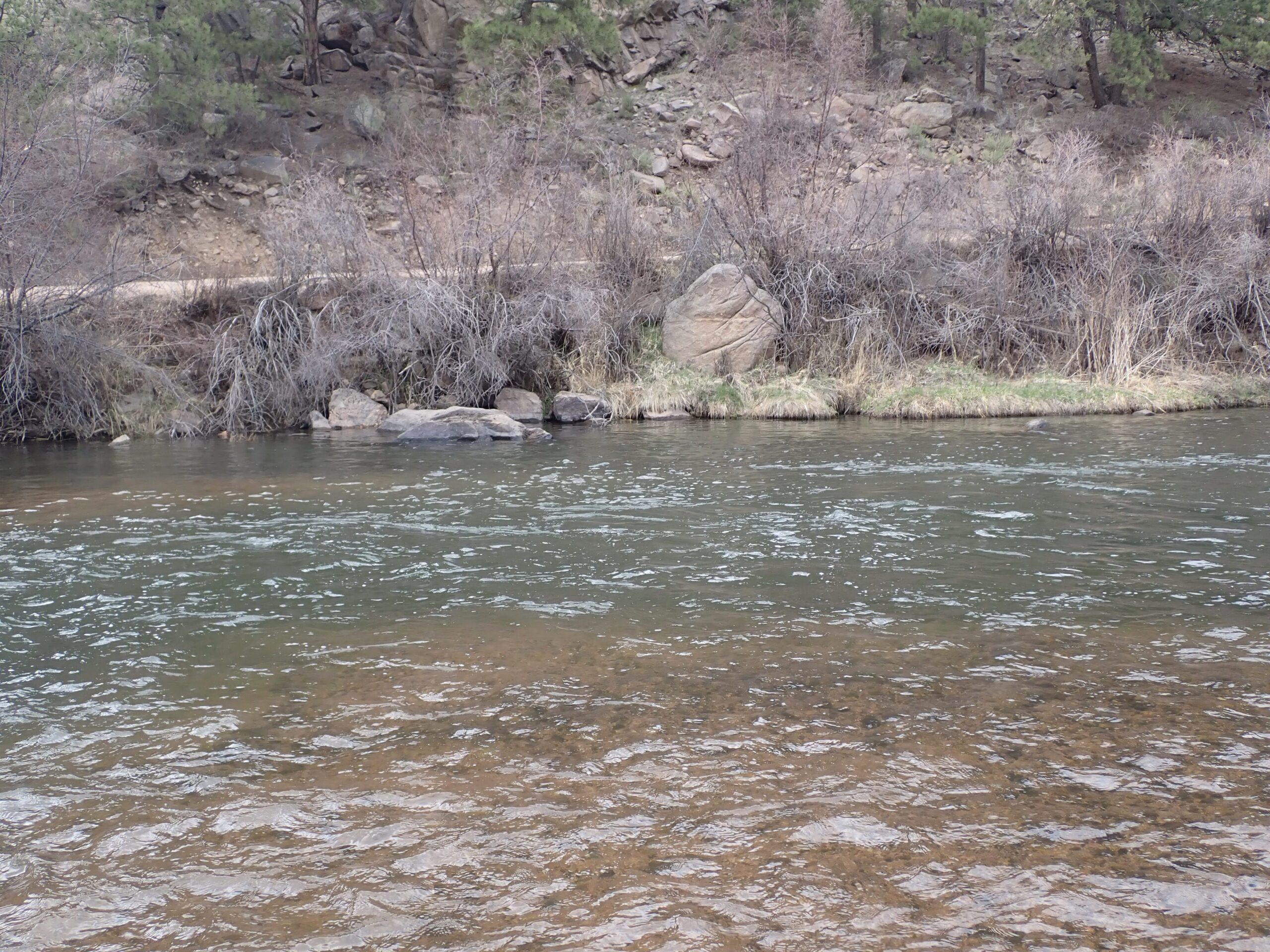 Most of My Dry Fly Action Was Here
Most of My Dry Fly Action Was Here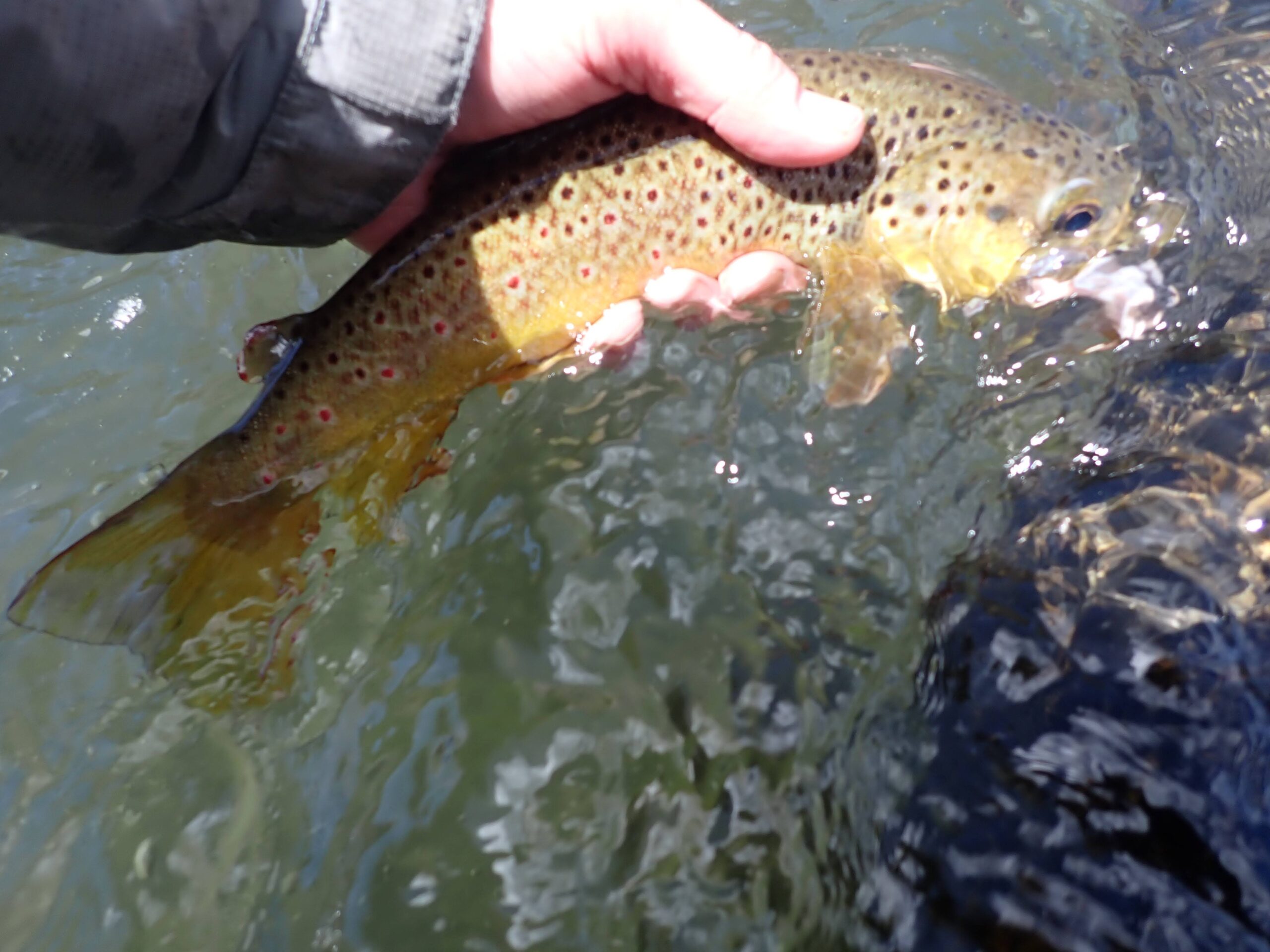 A Fine Wild Brown Trout
A Fine Wild Brown Trout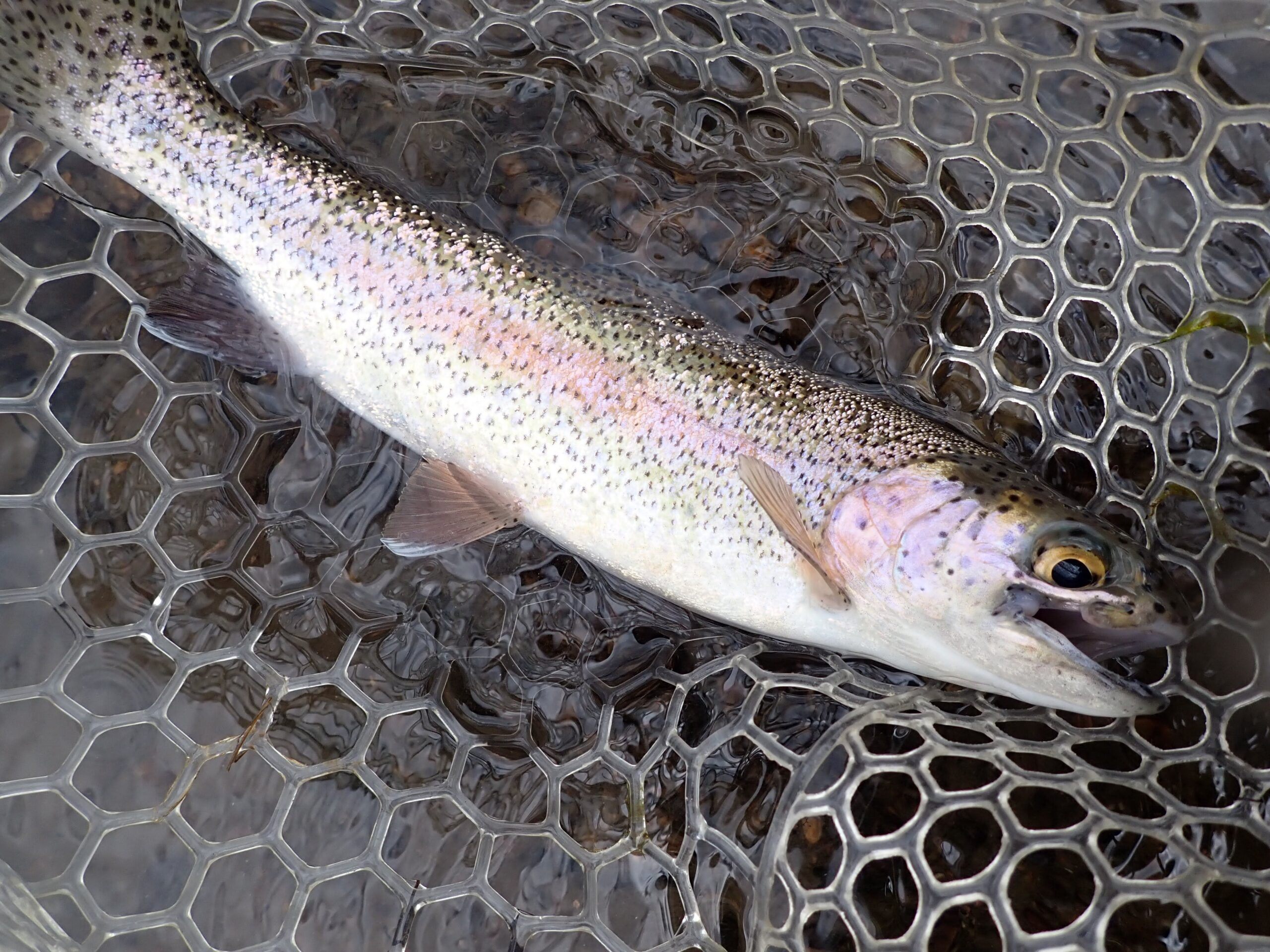 Hatch Feeder
Hatch Feeder